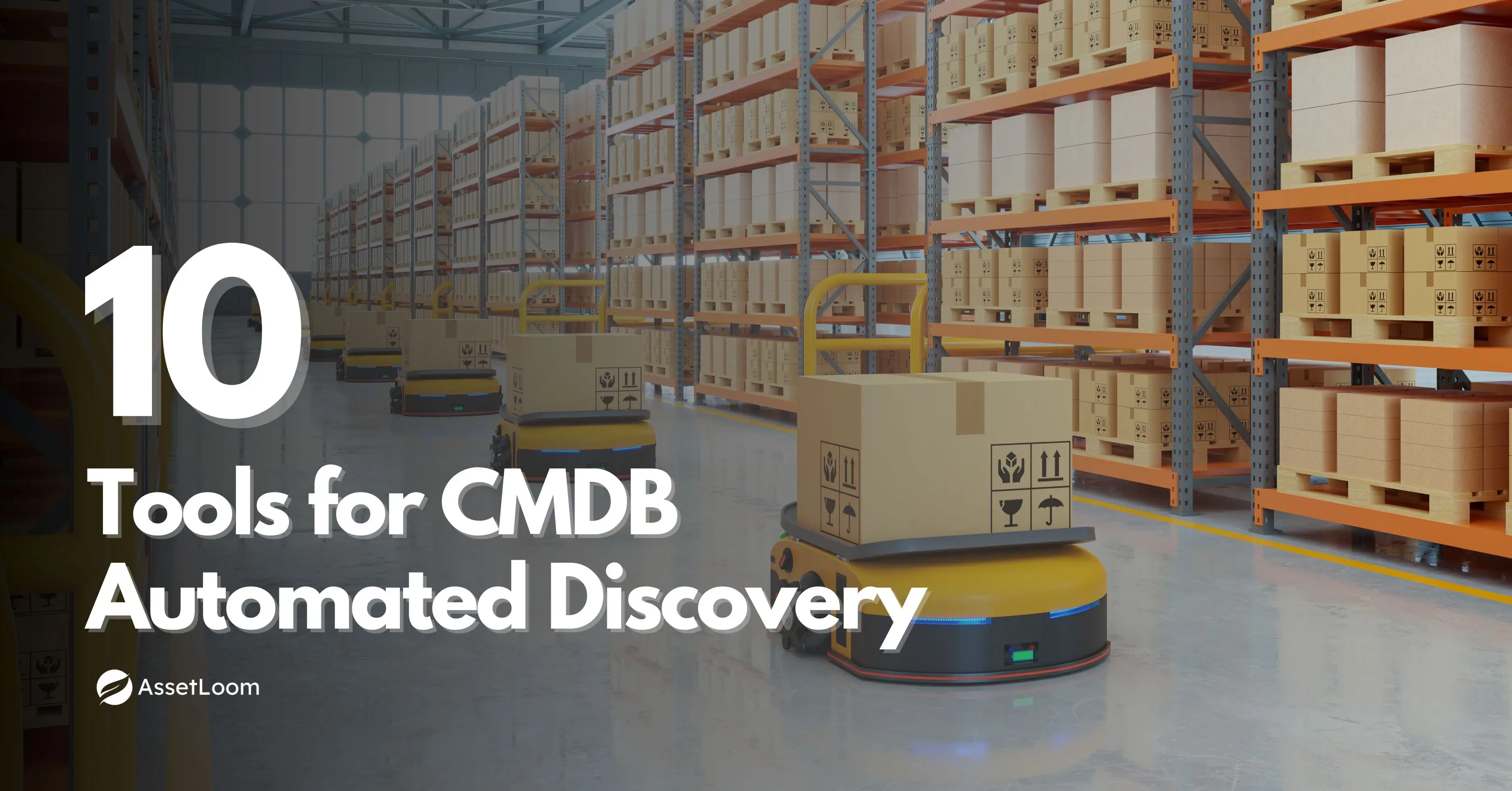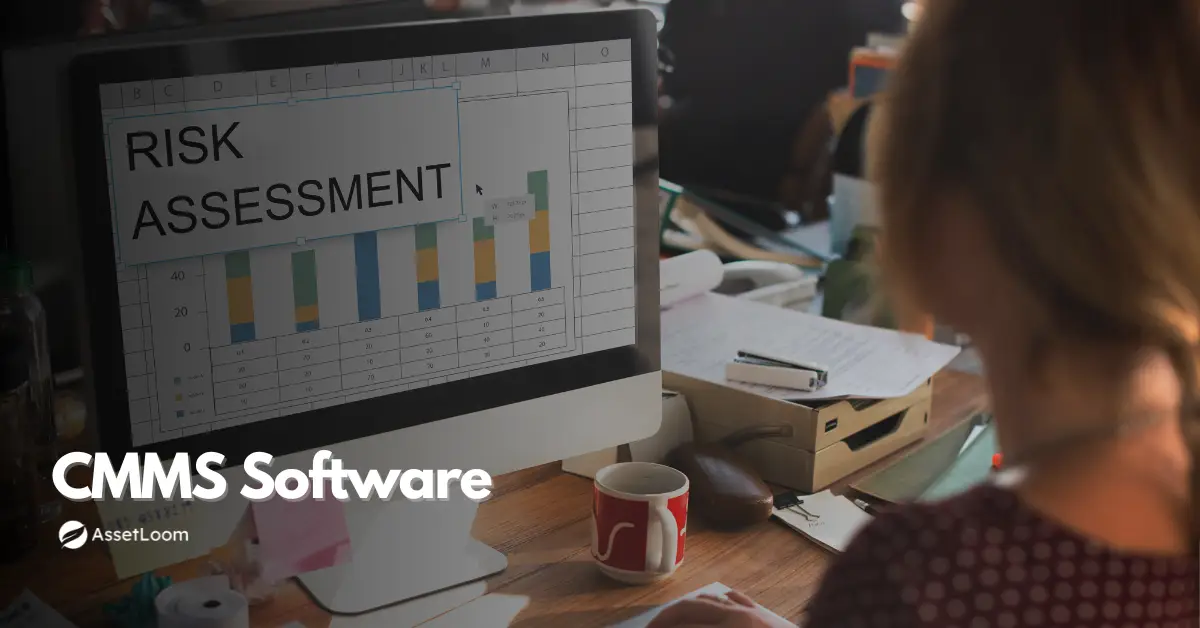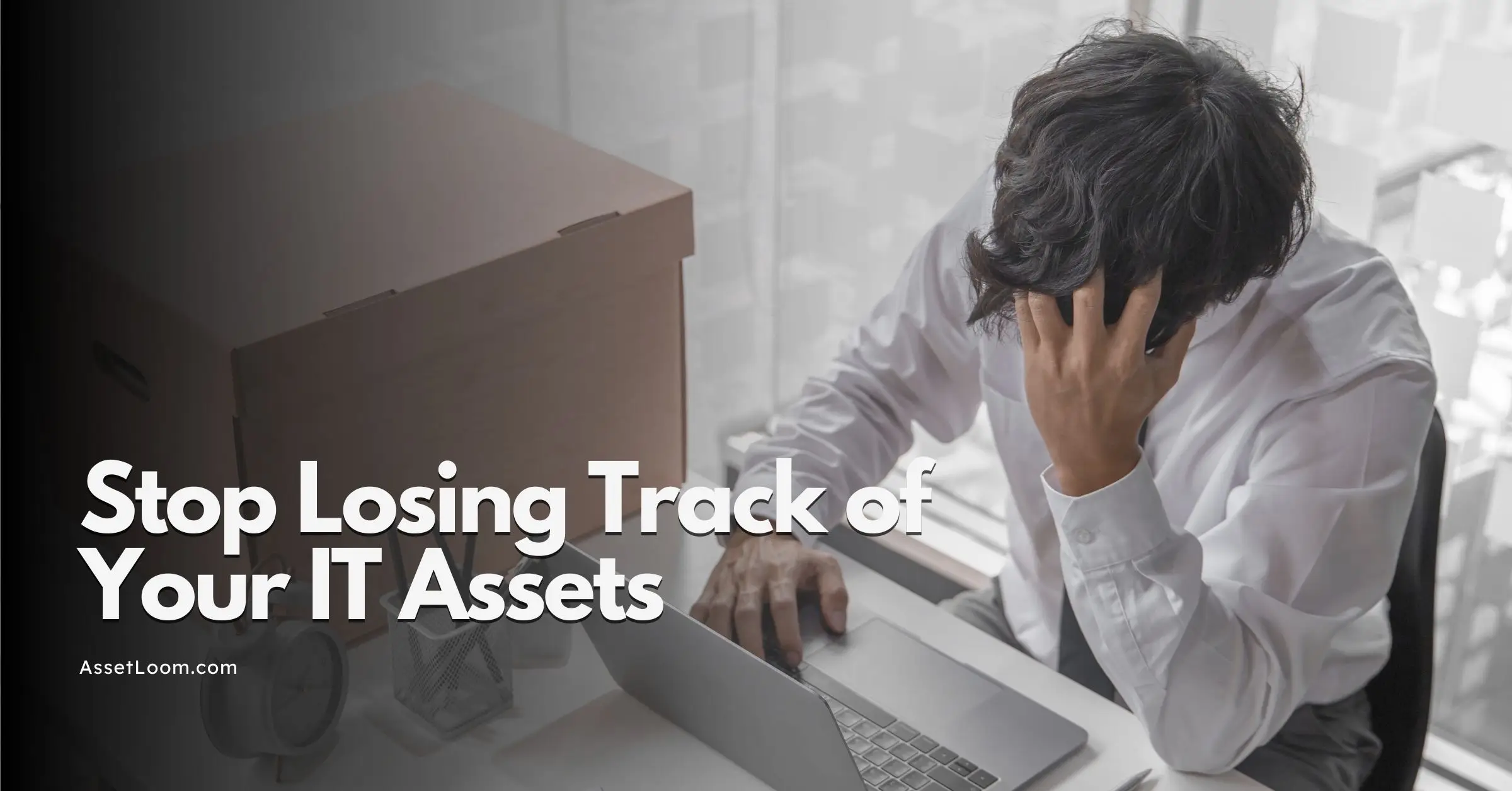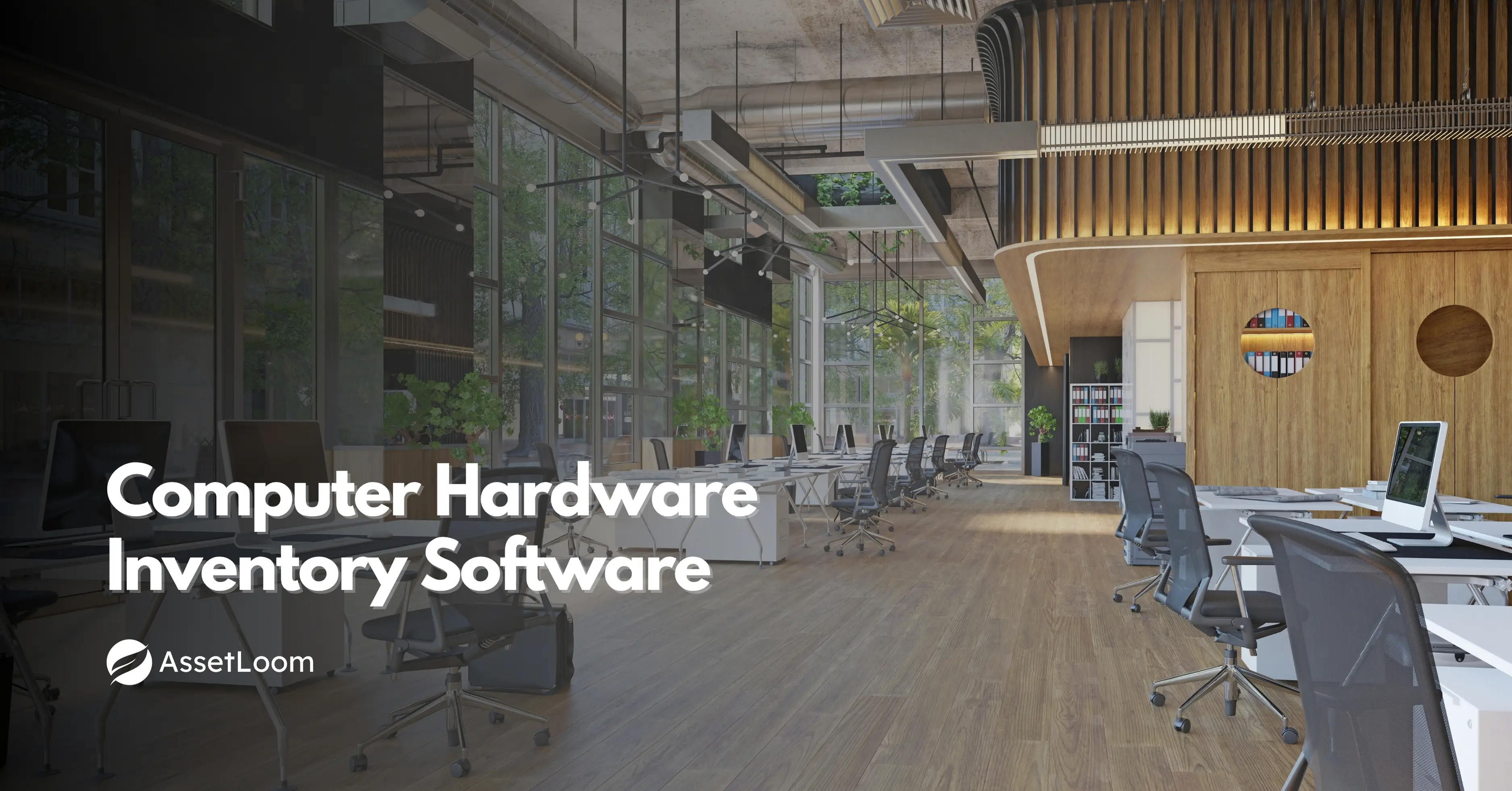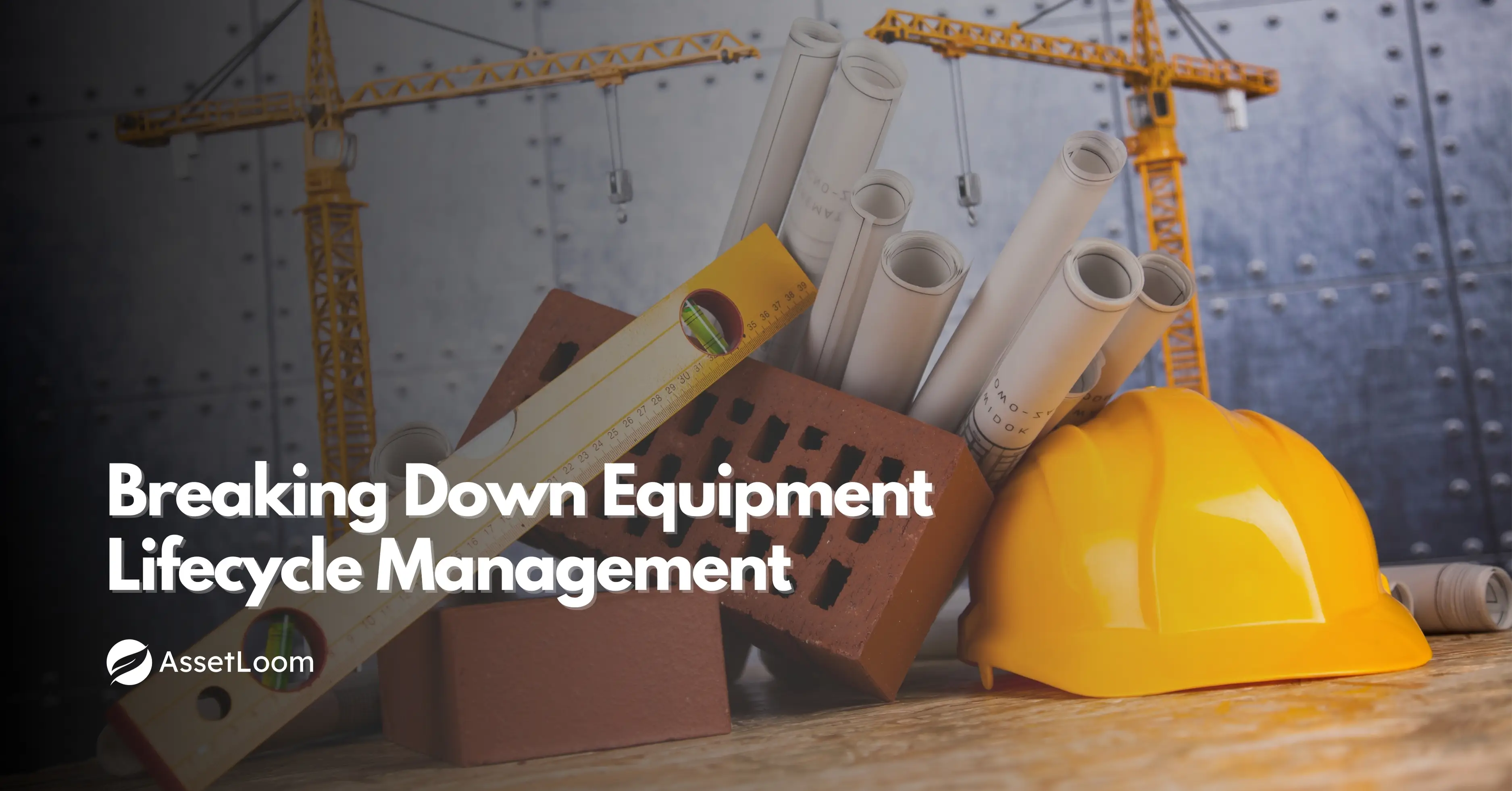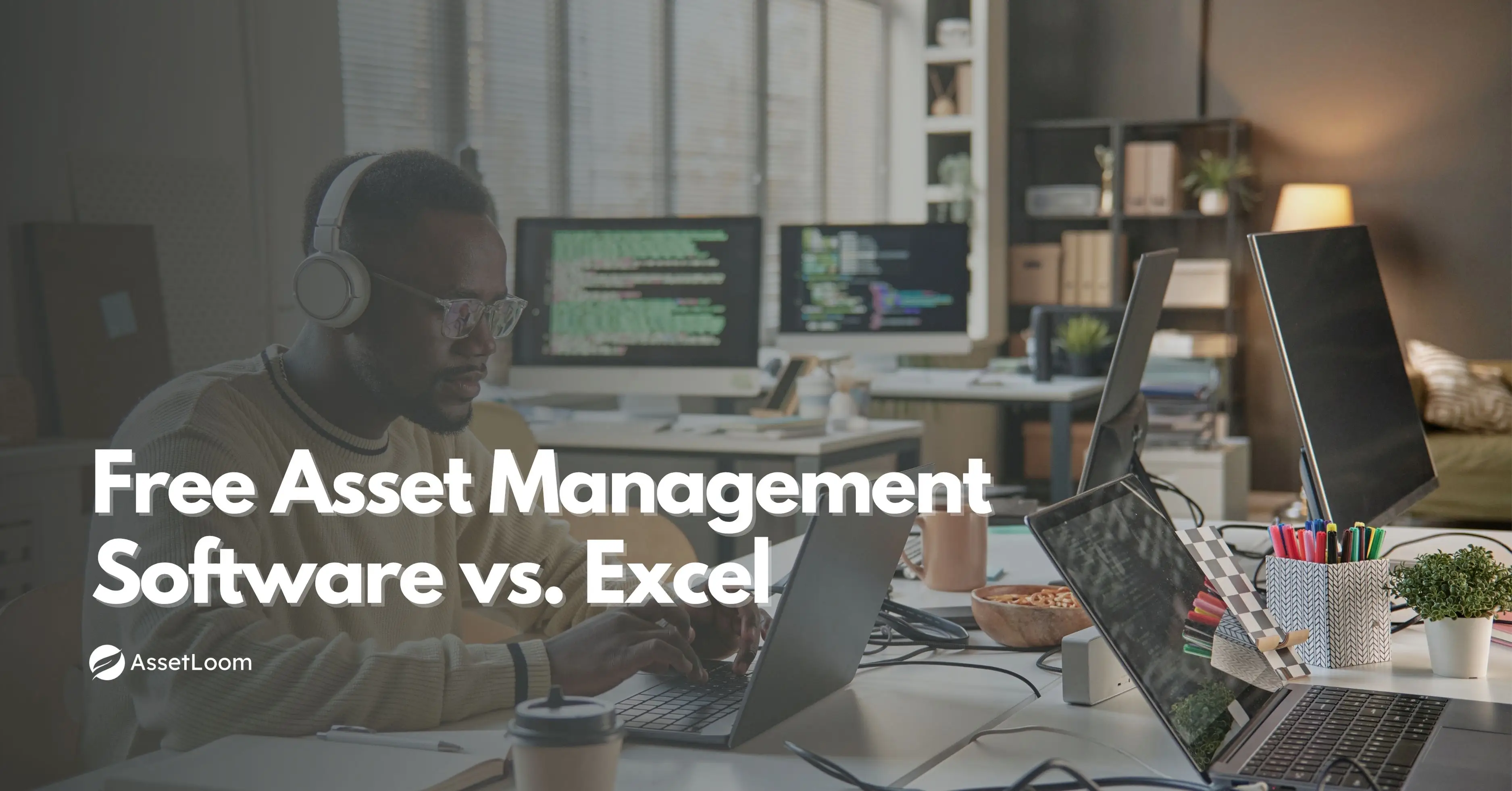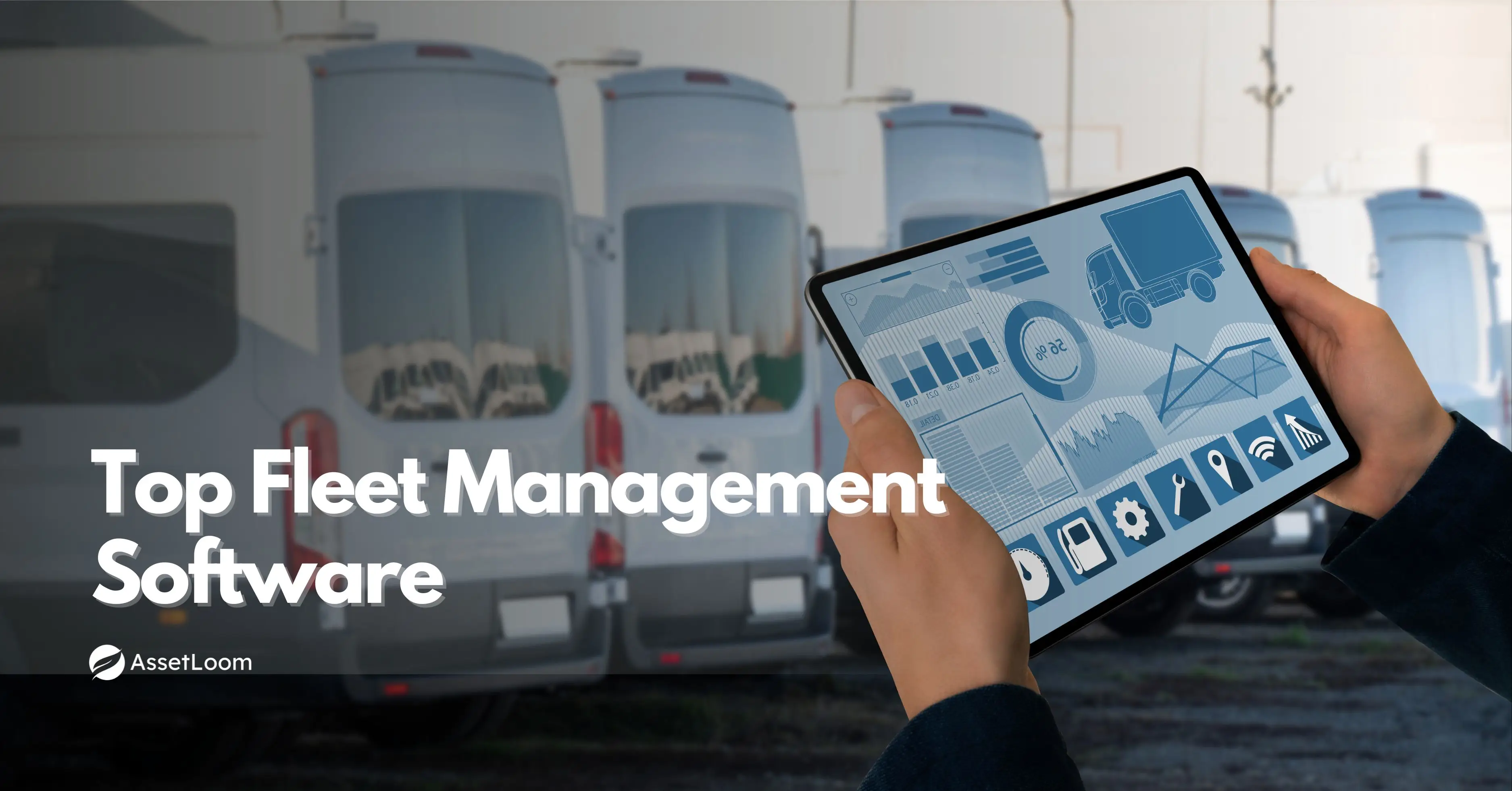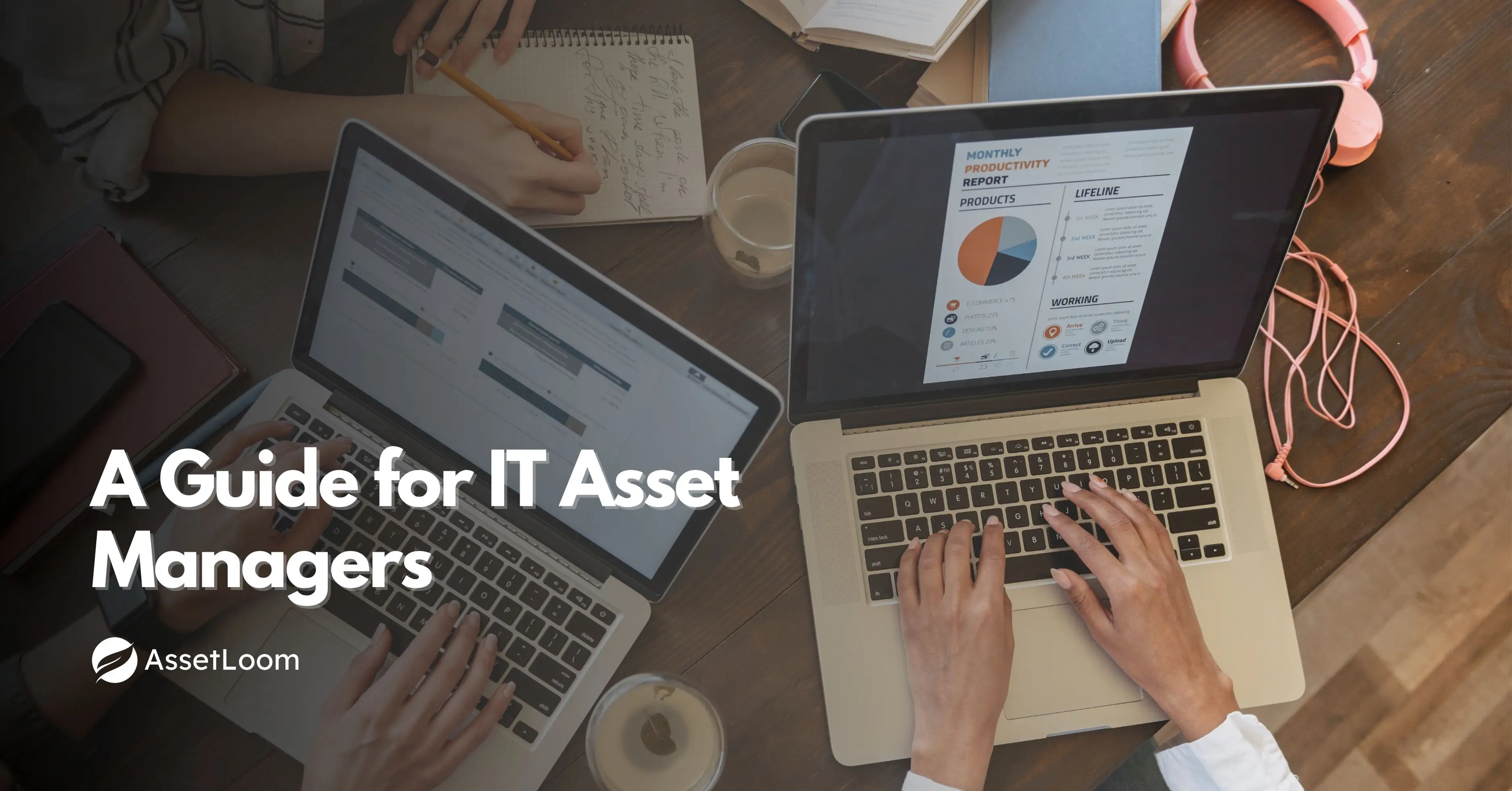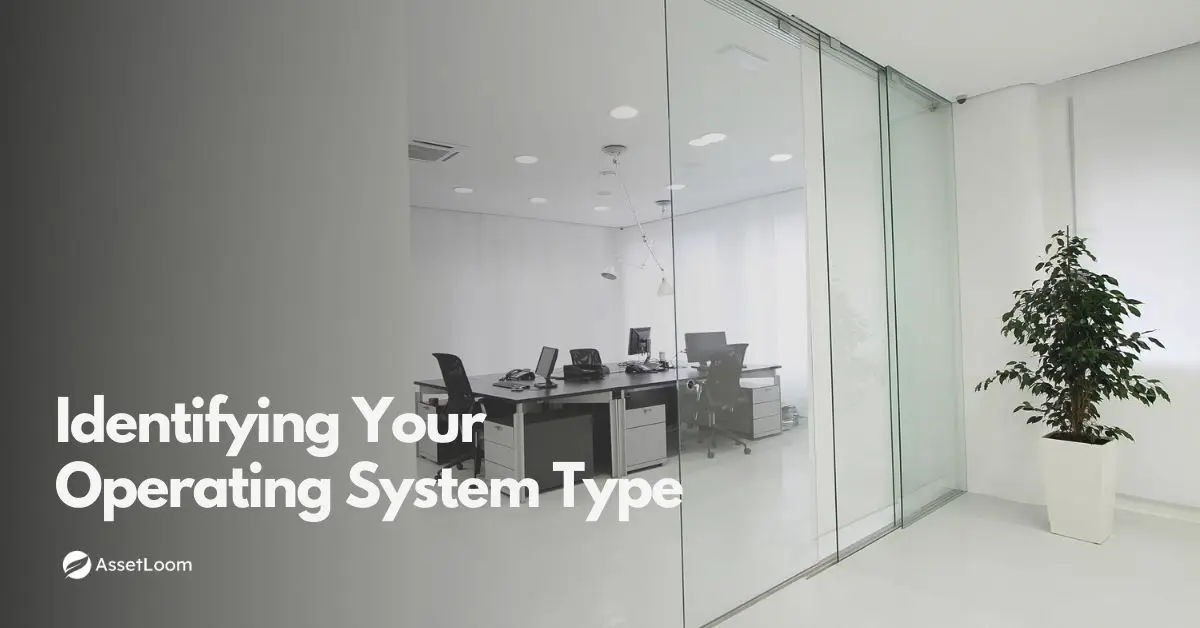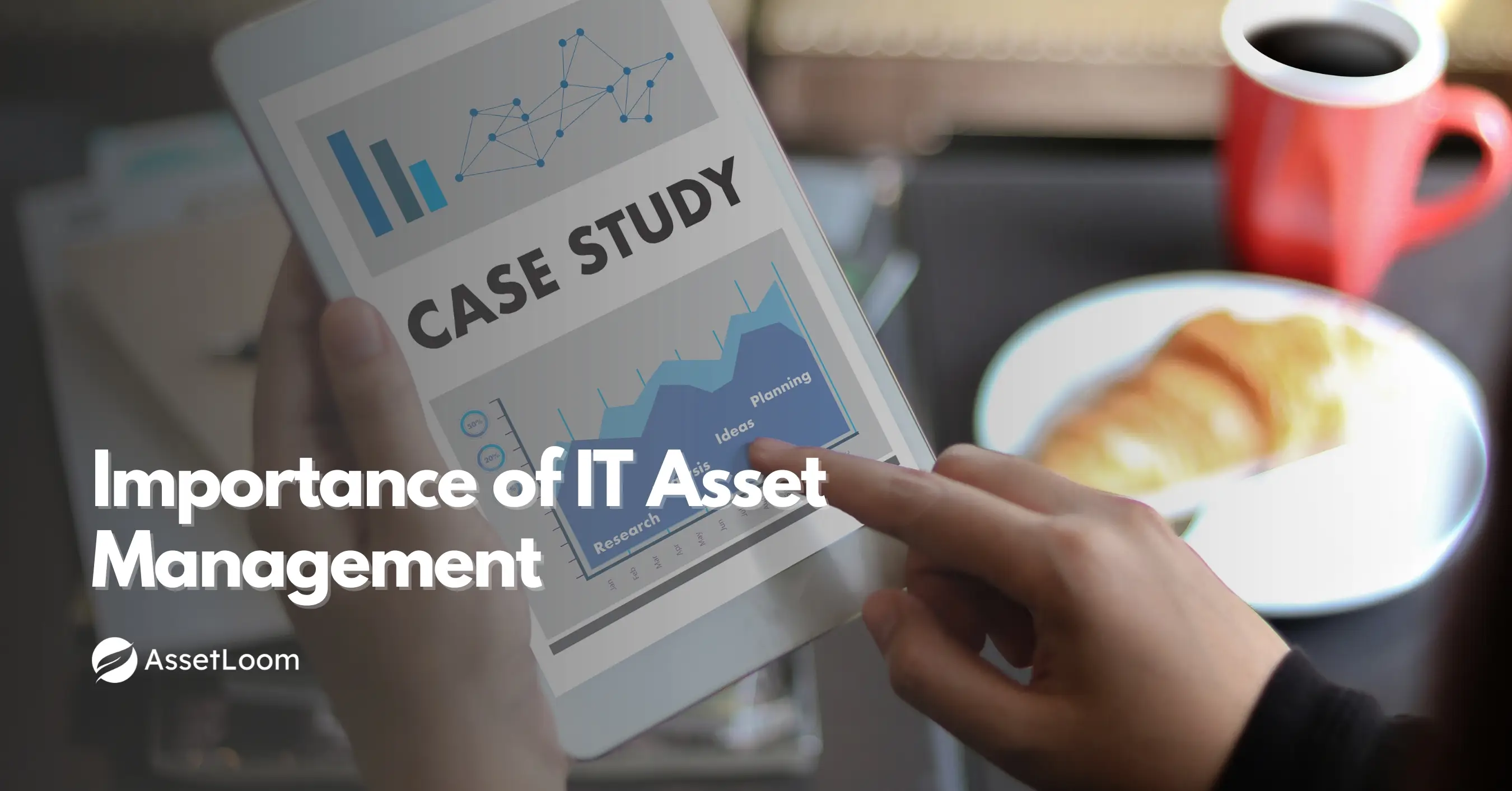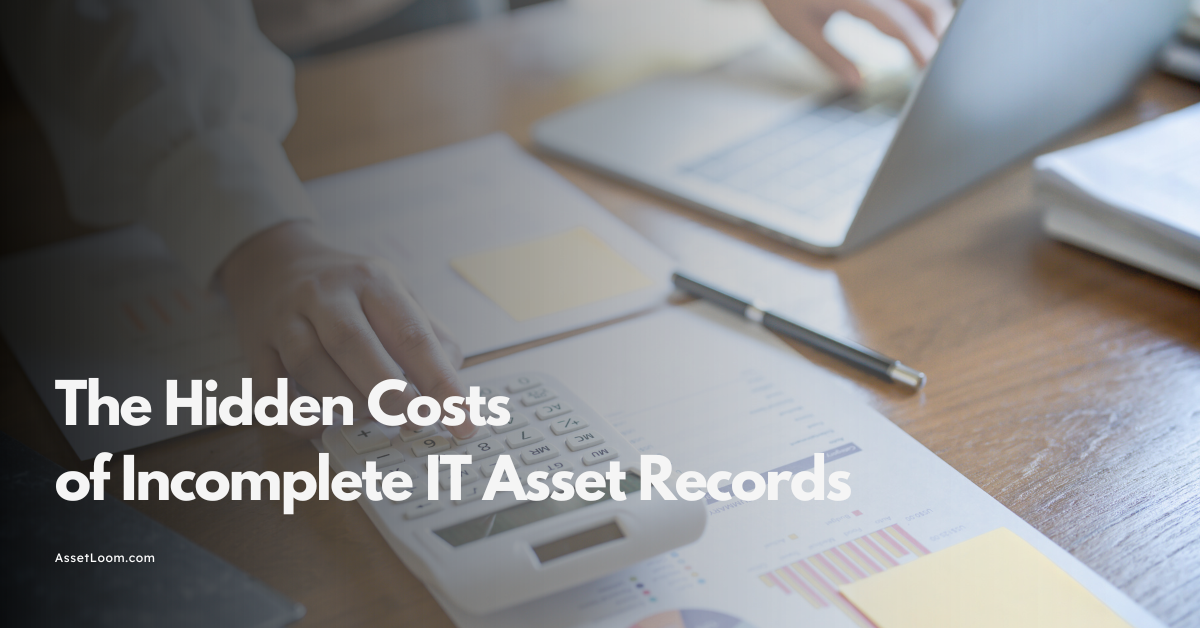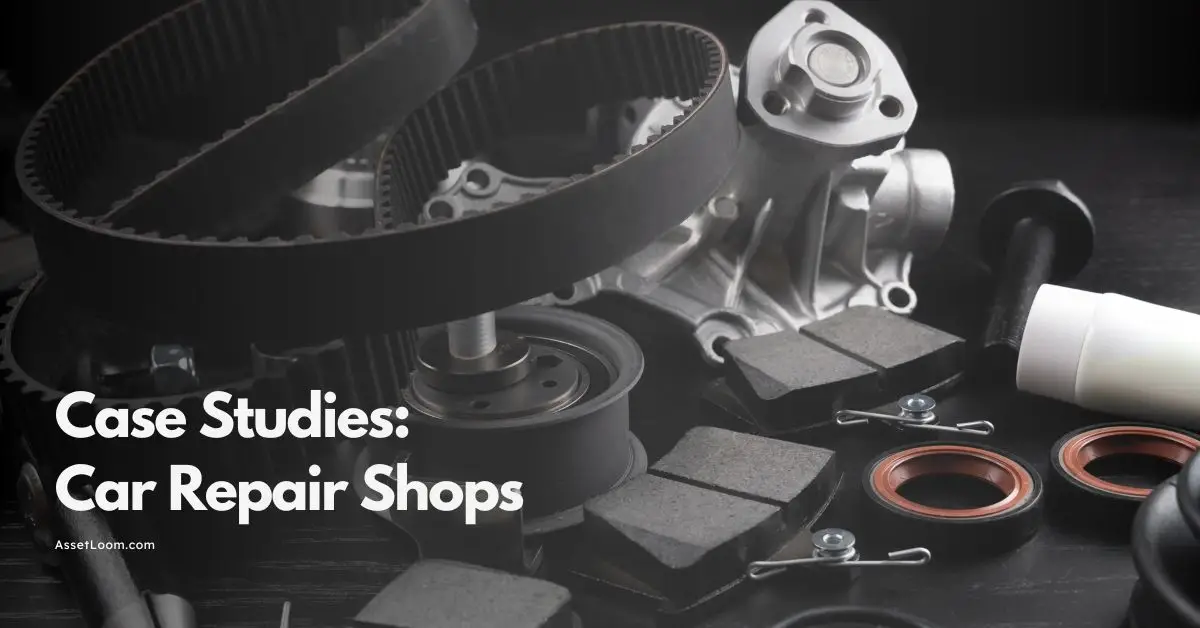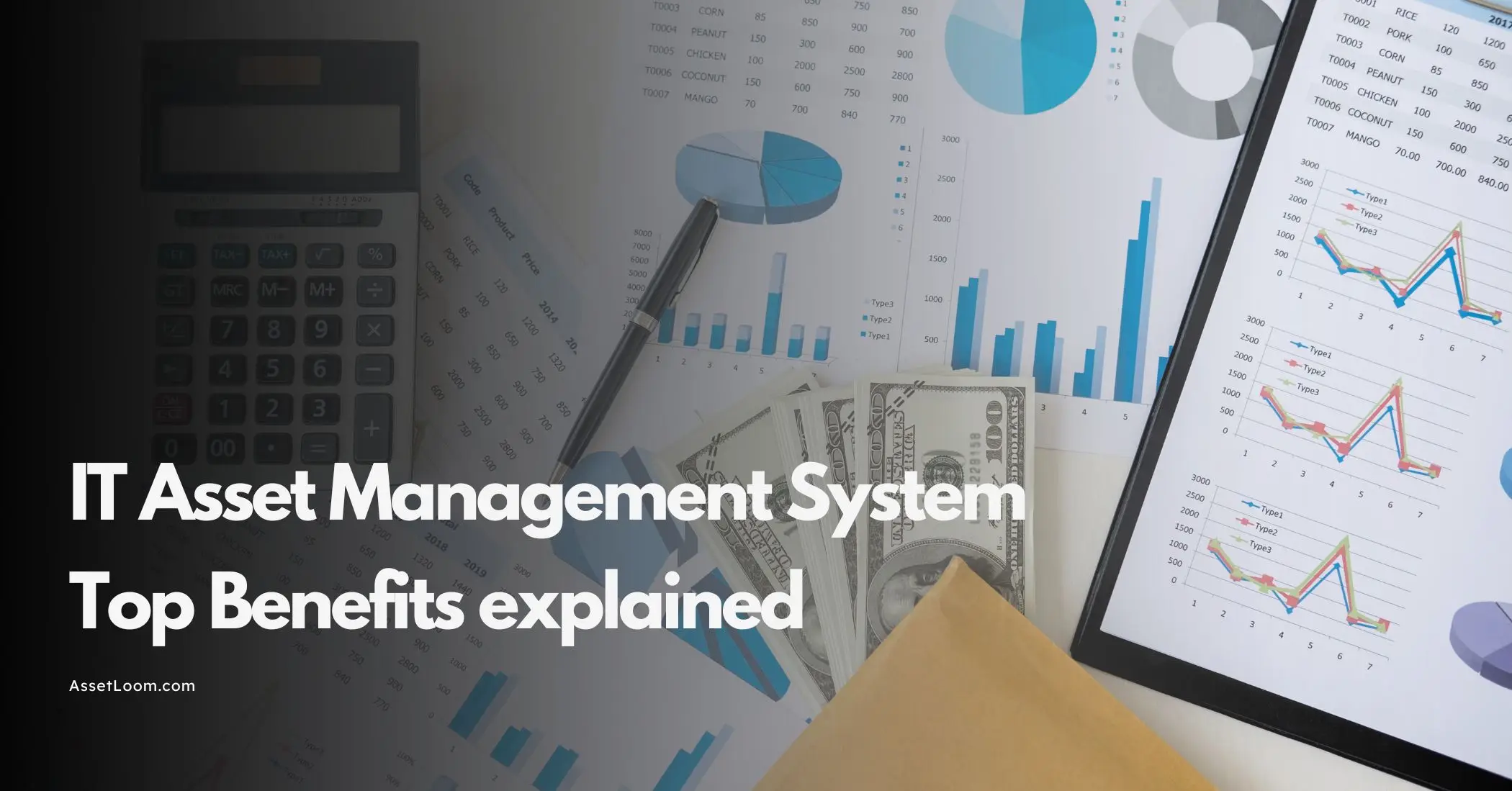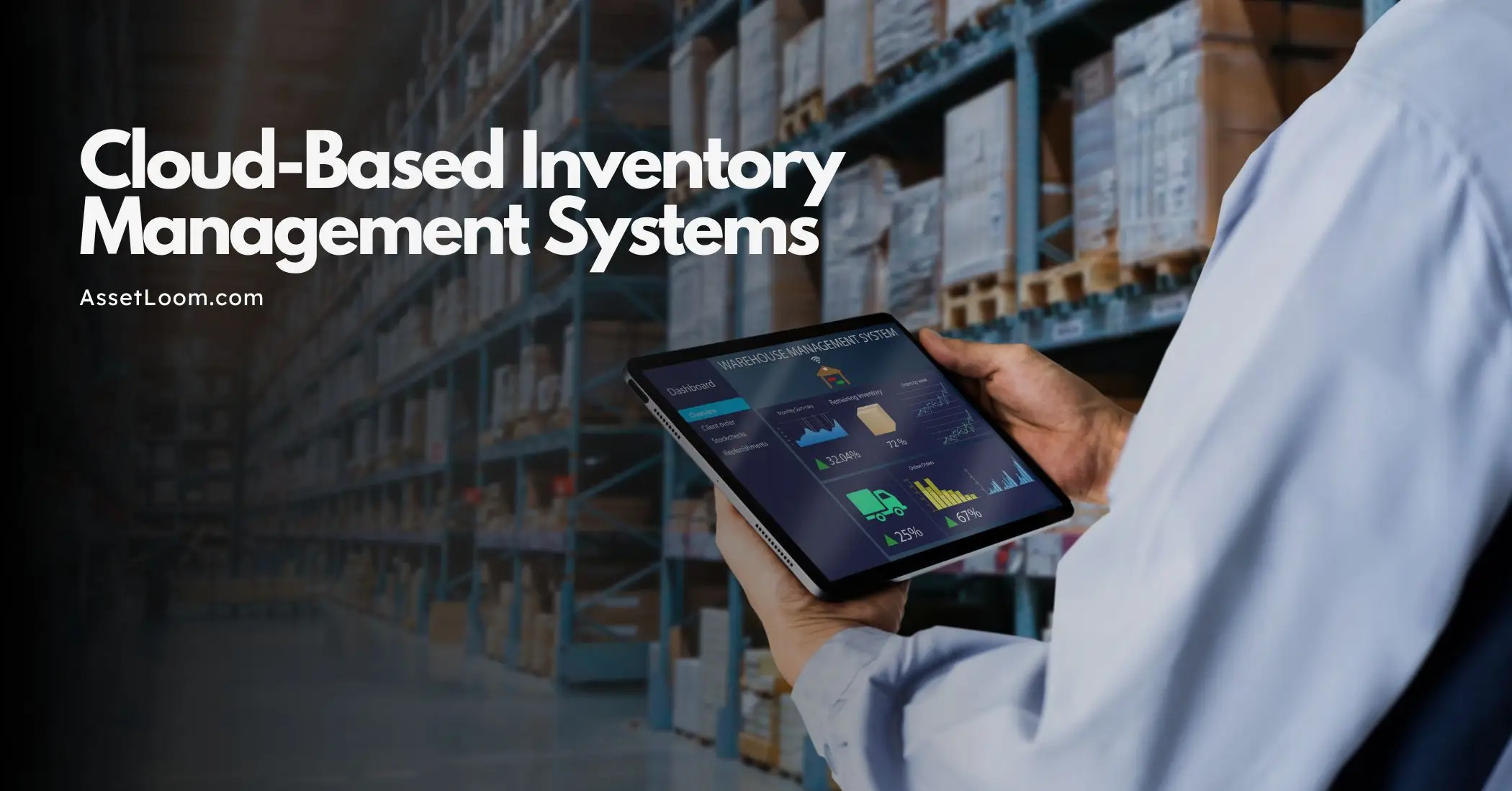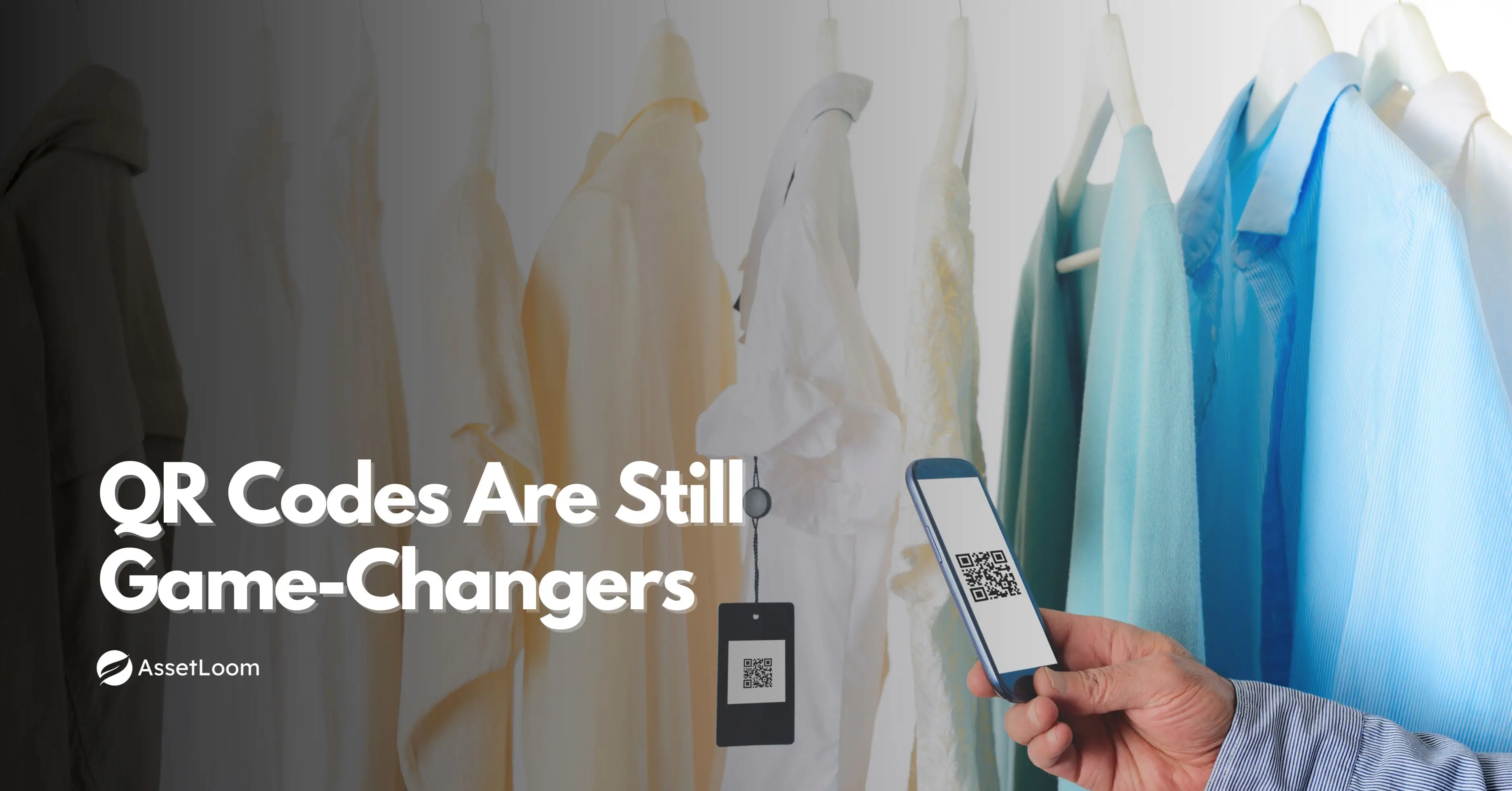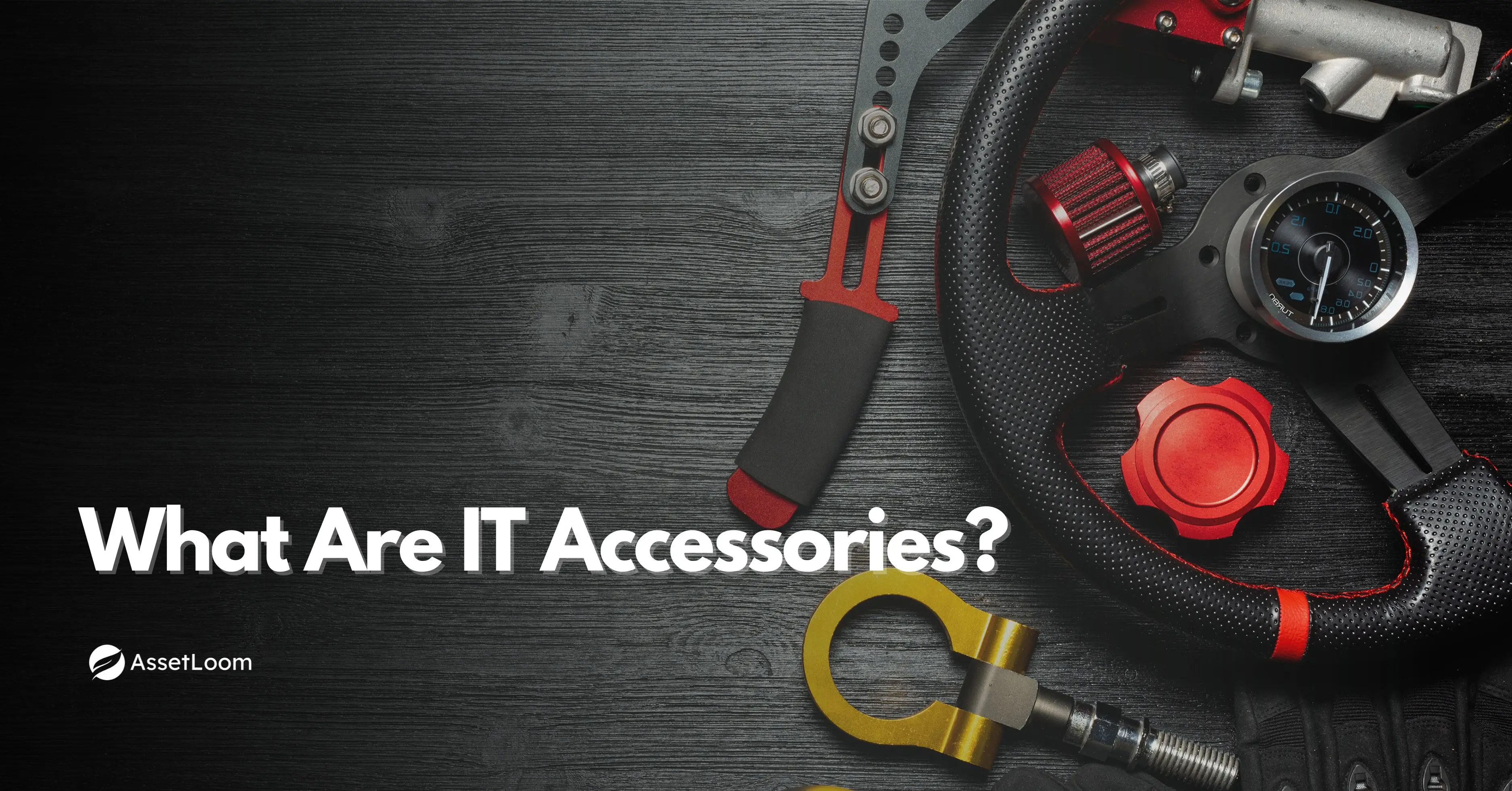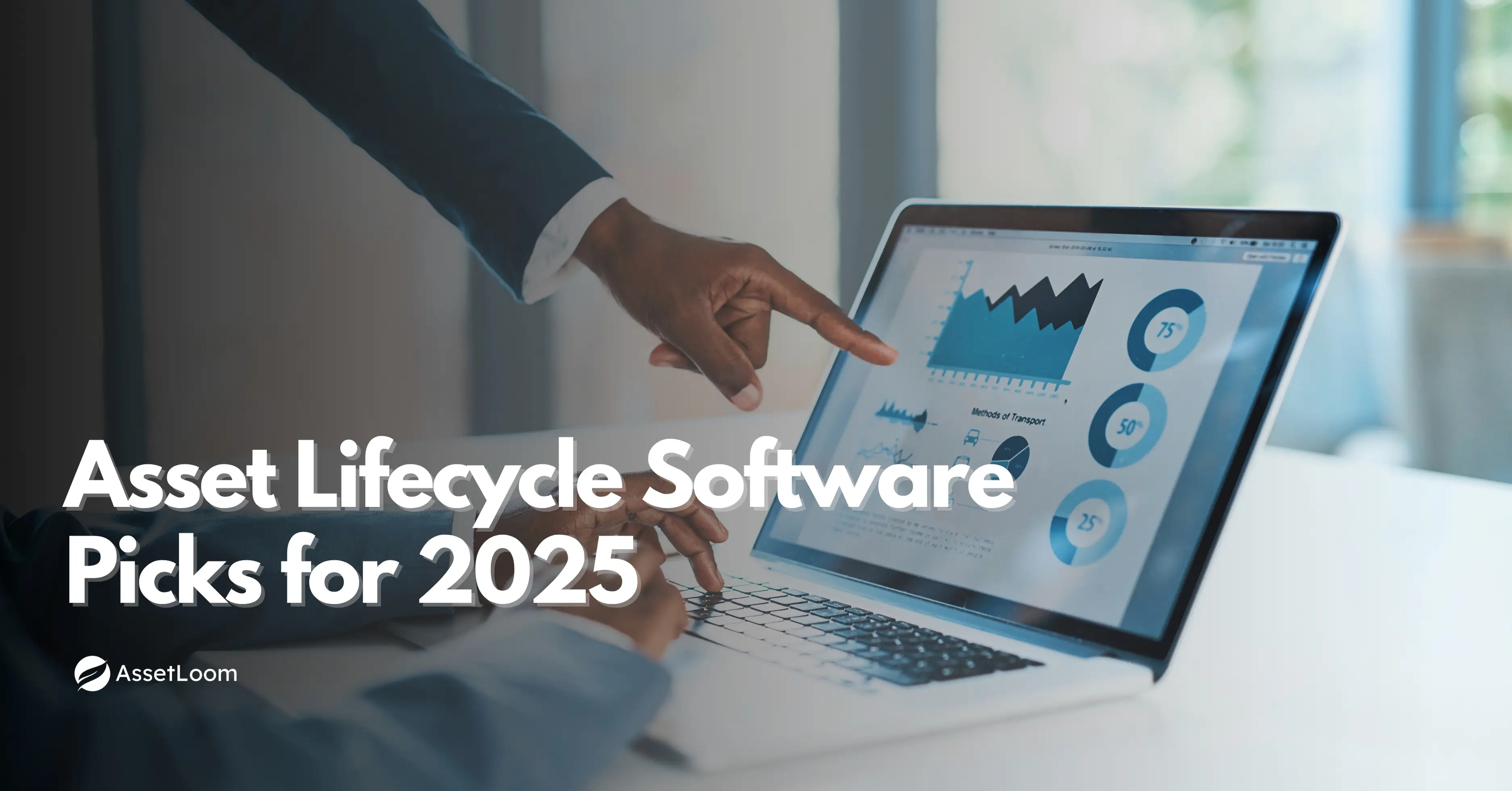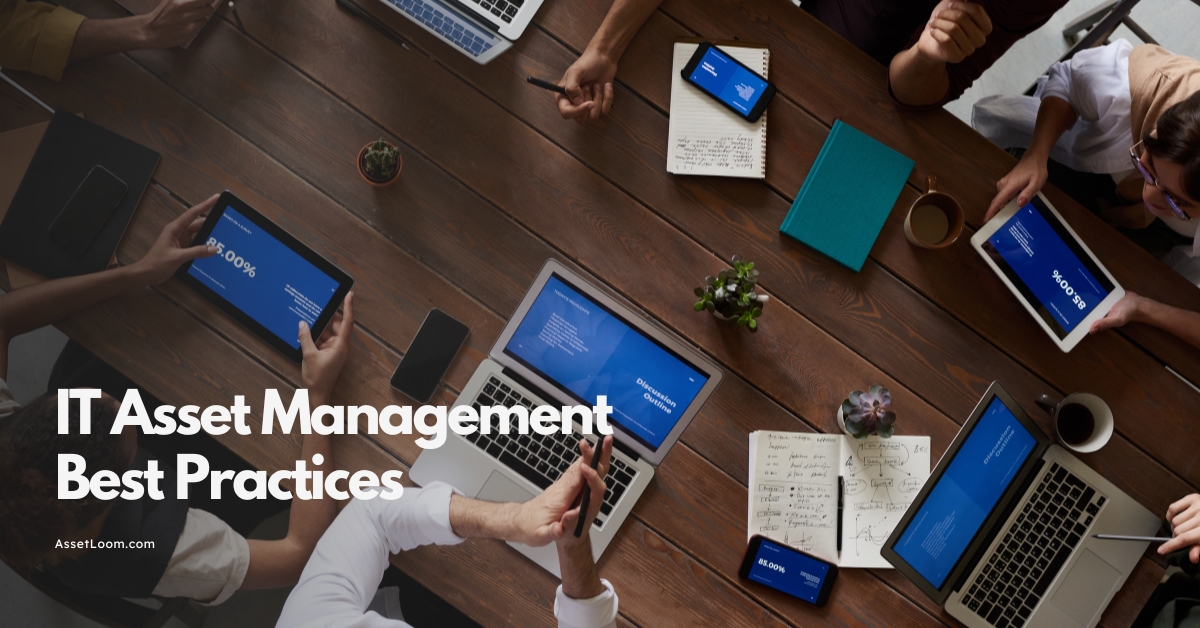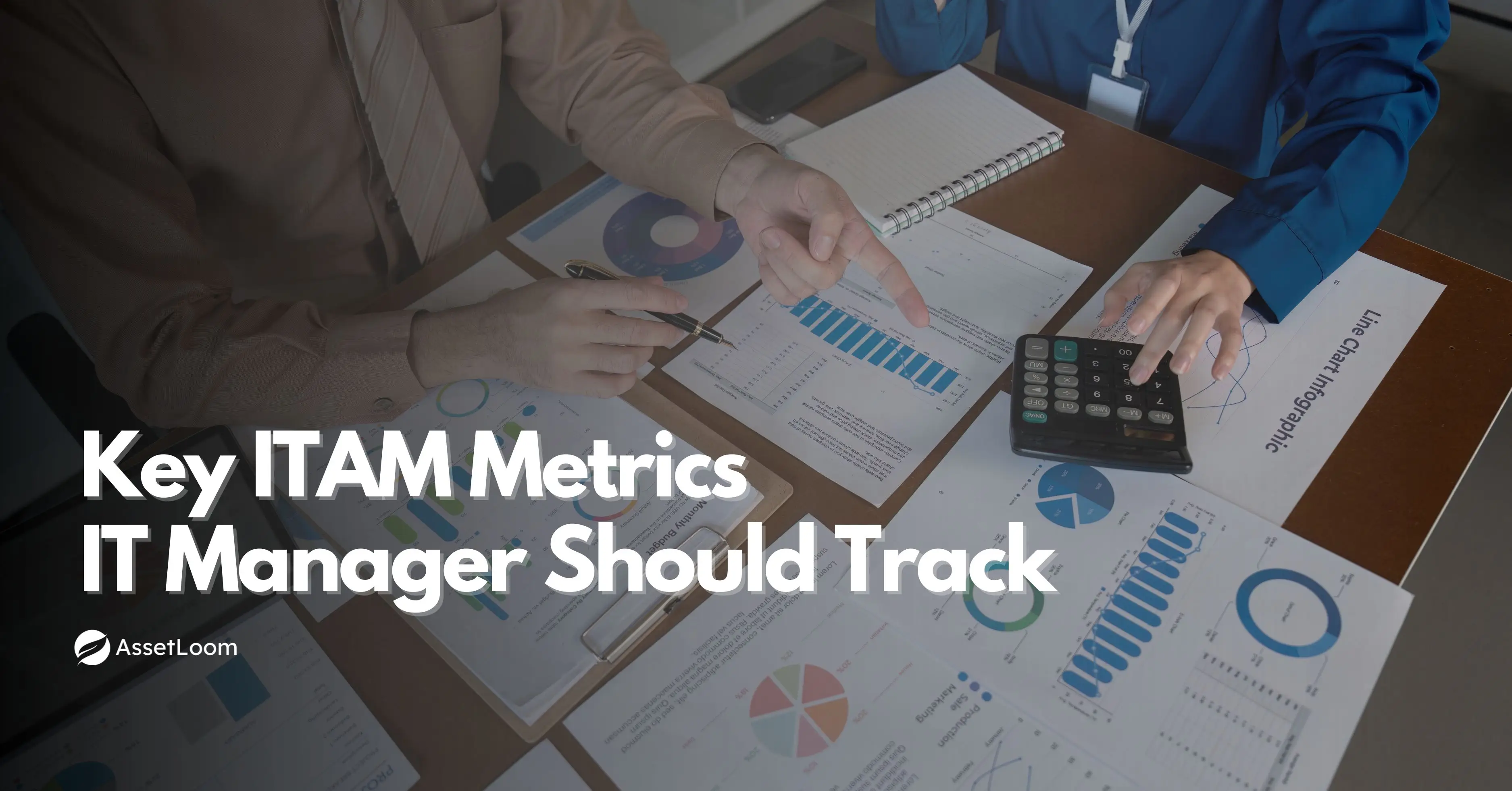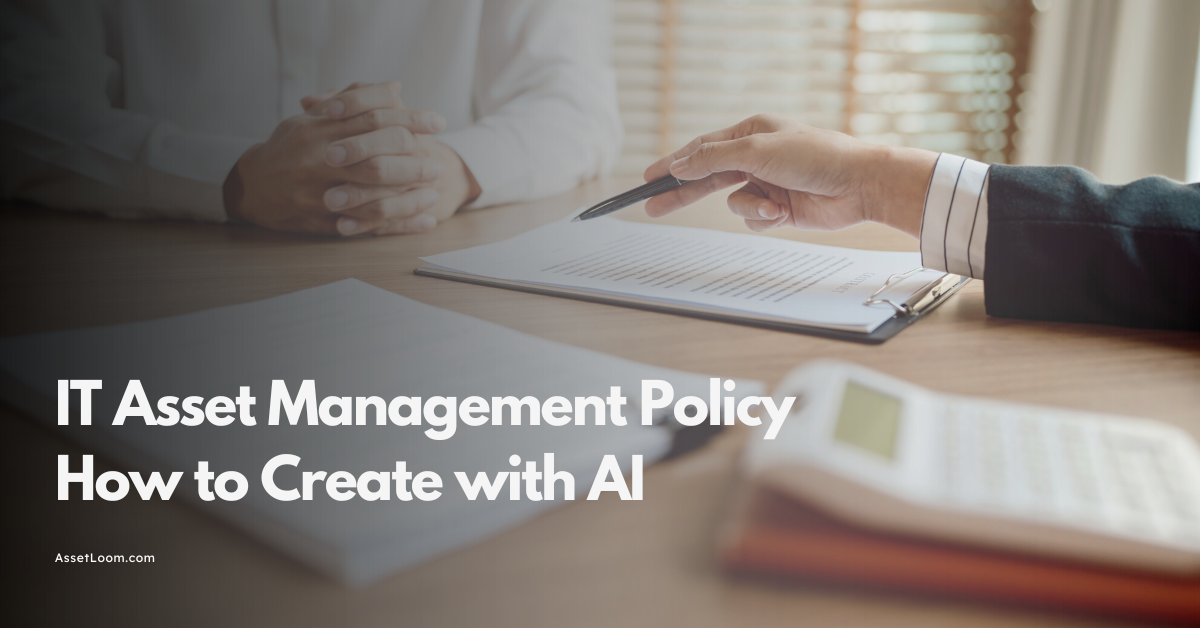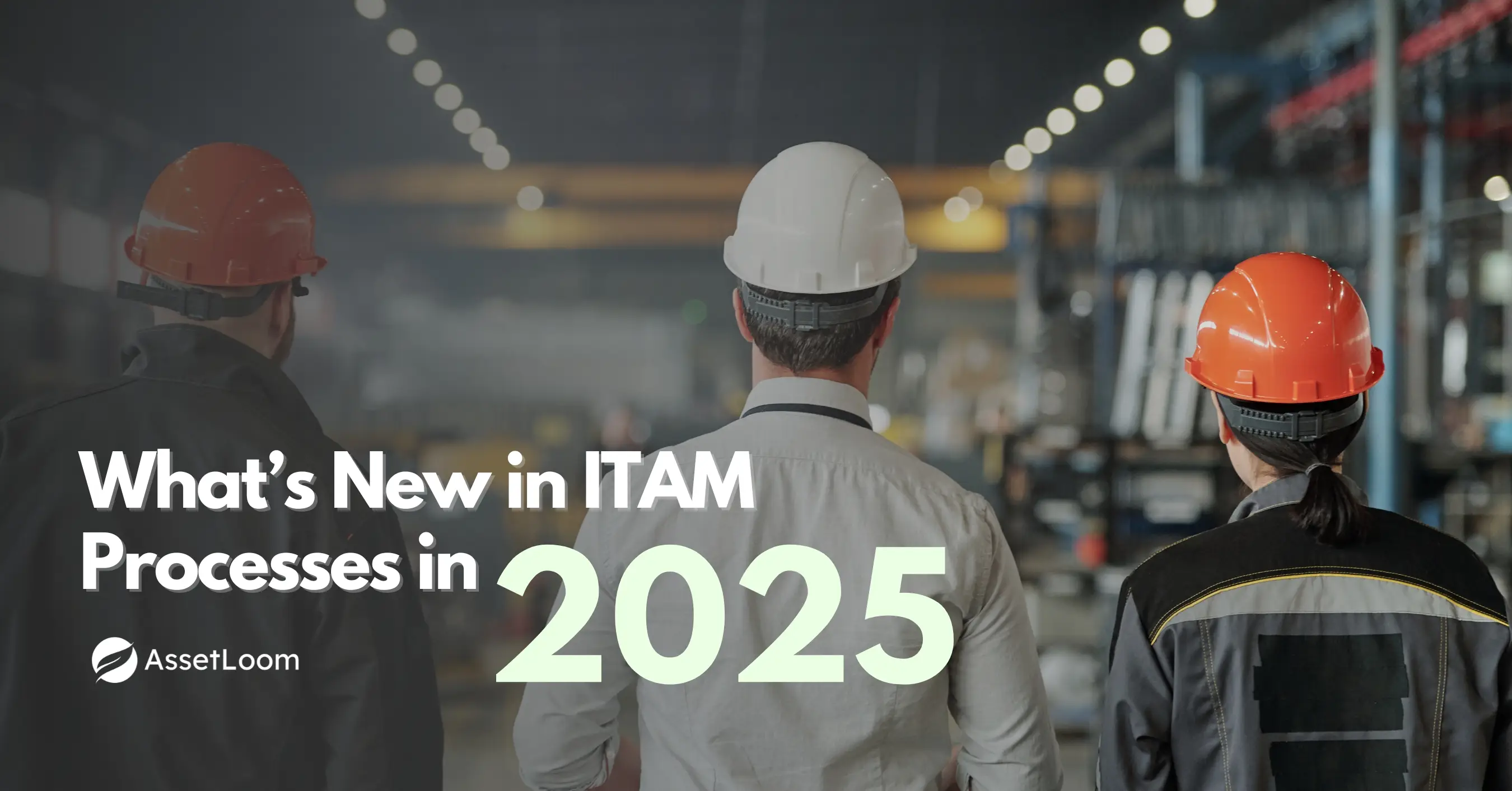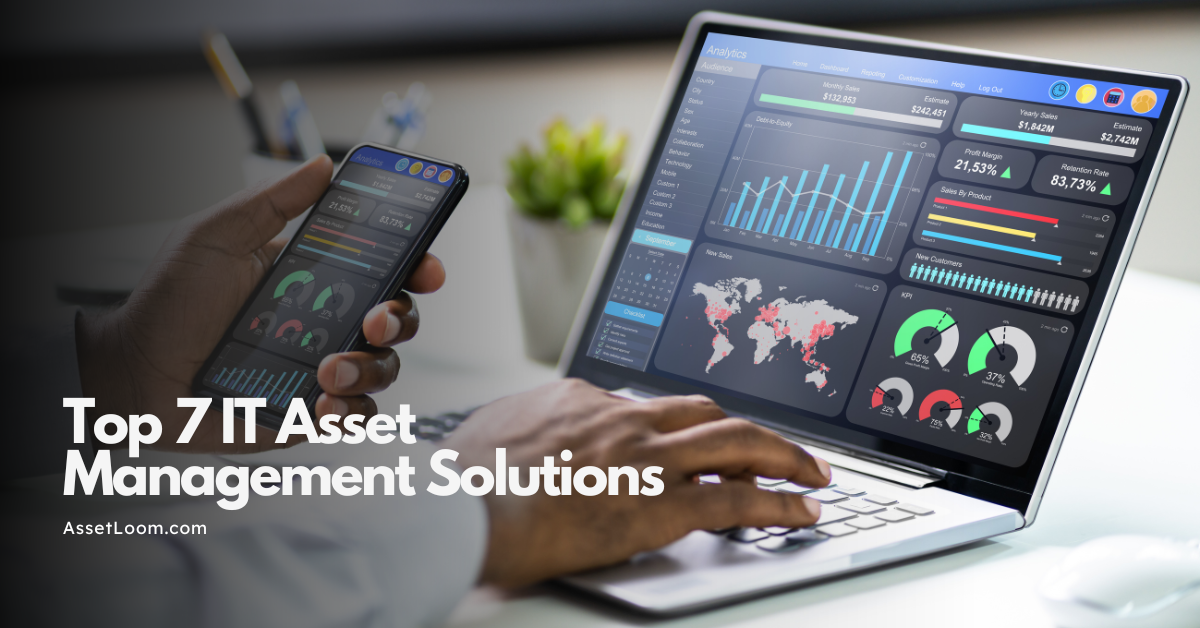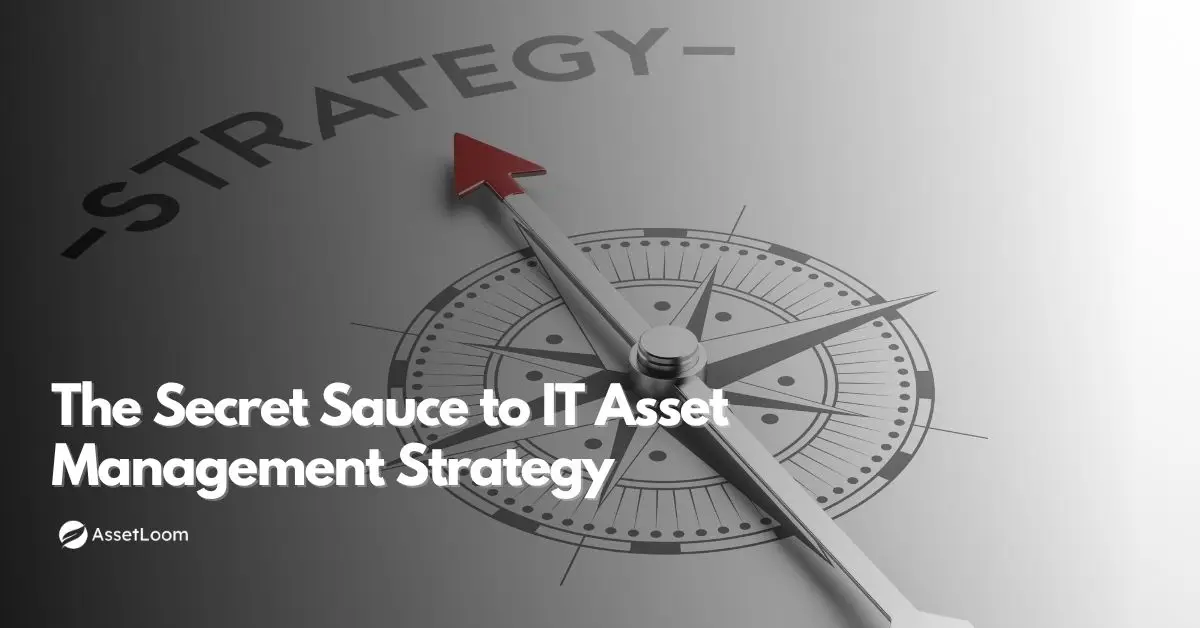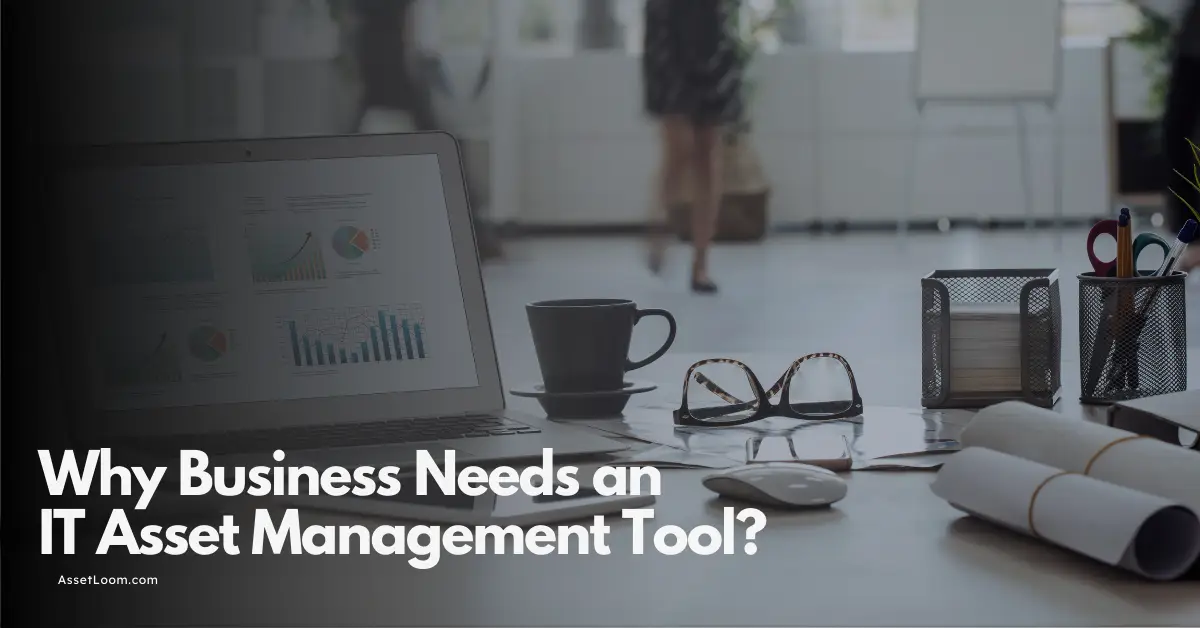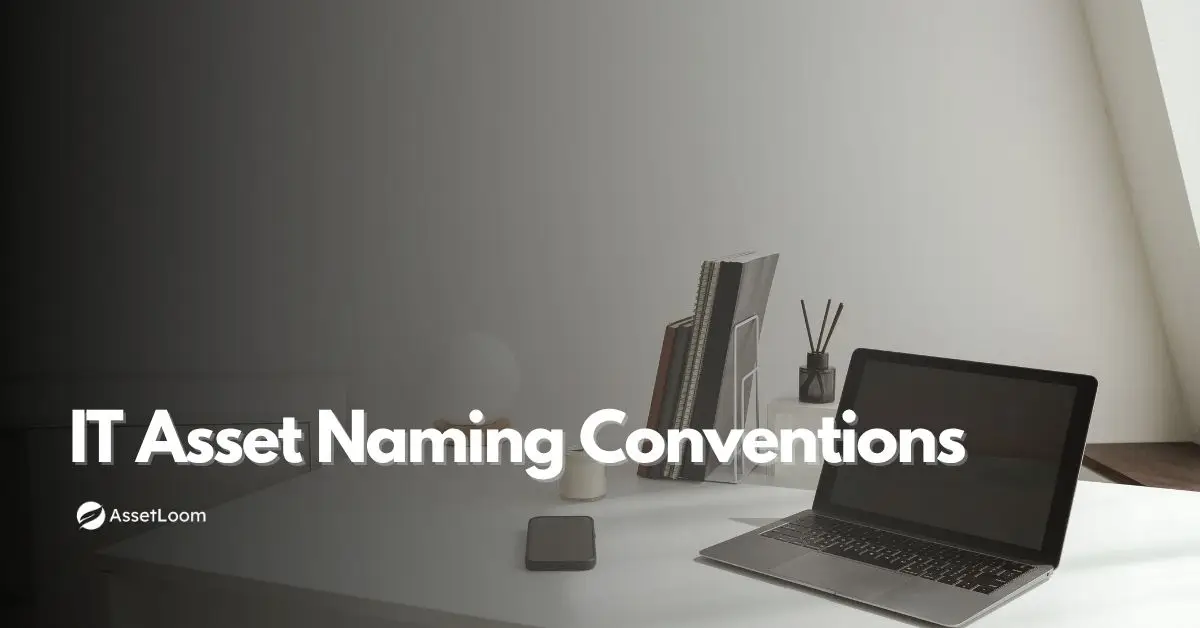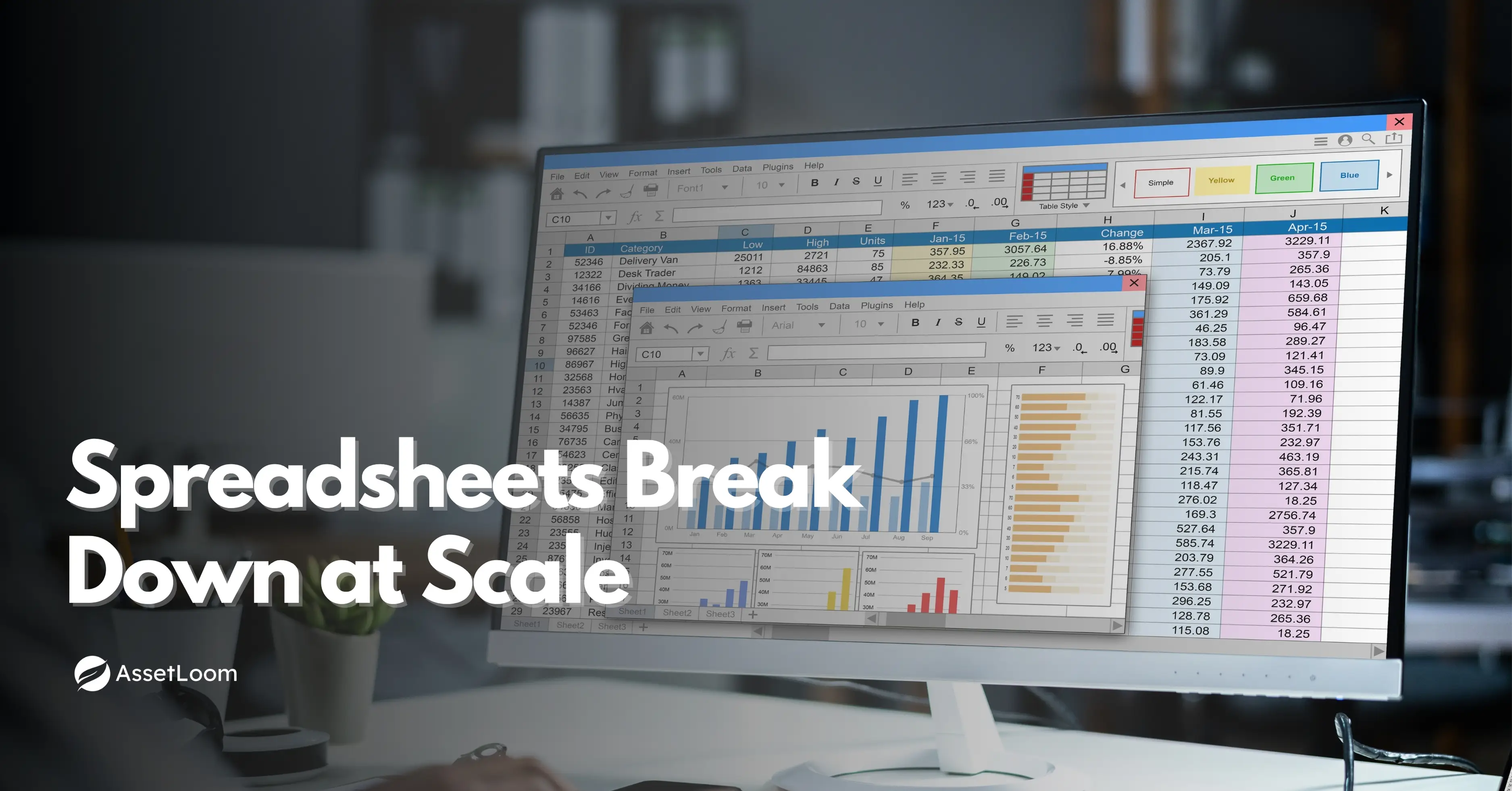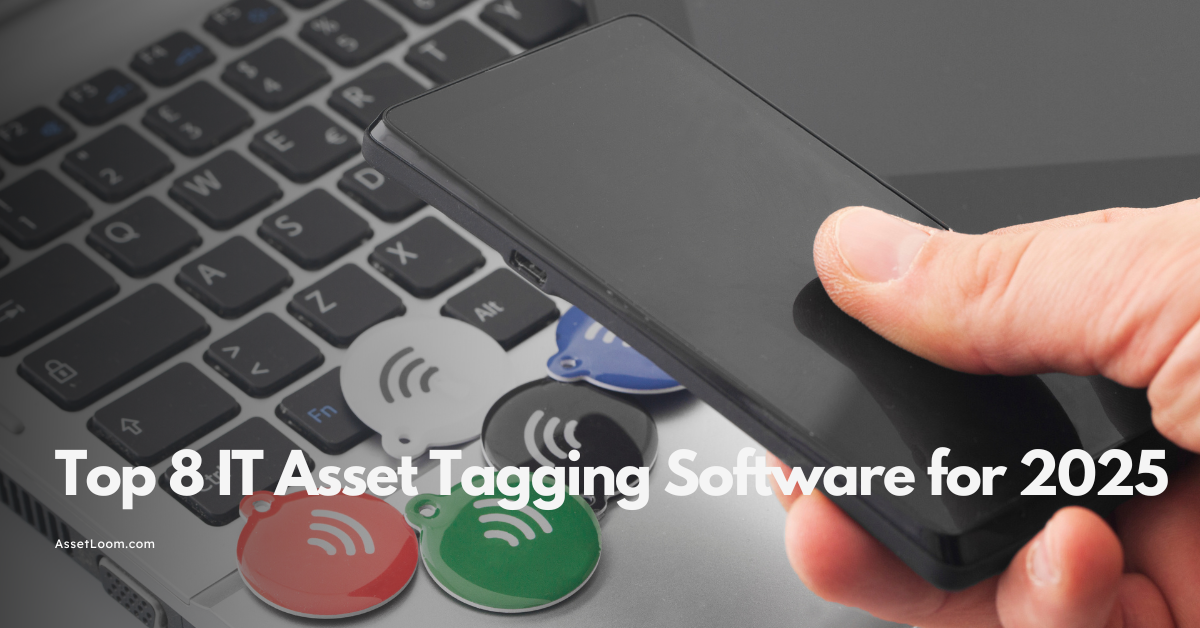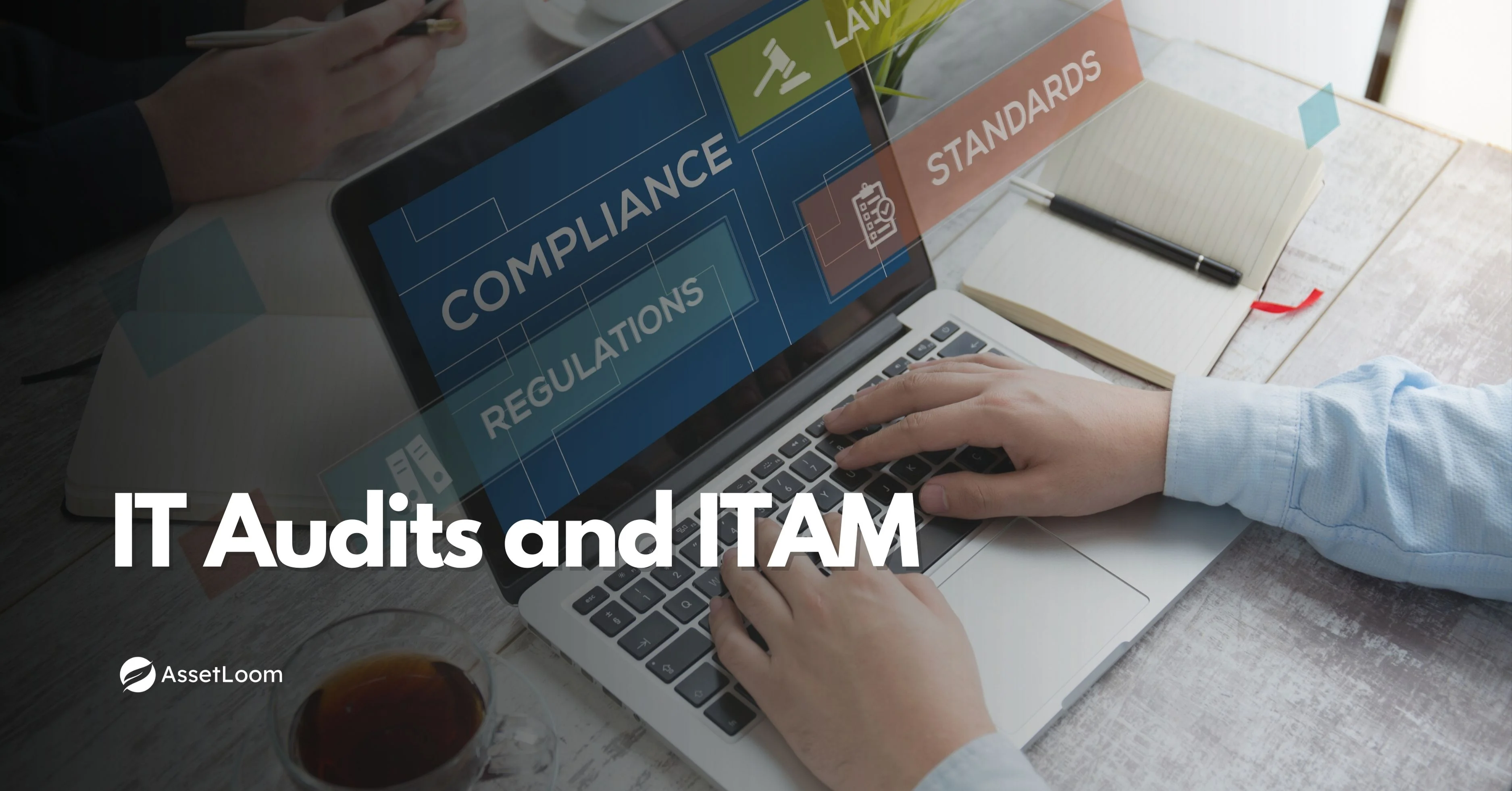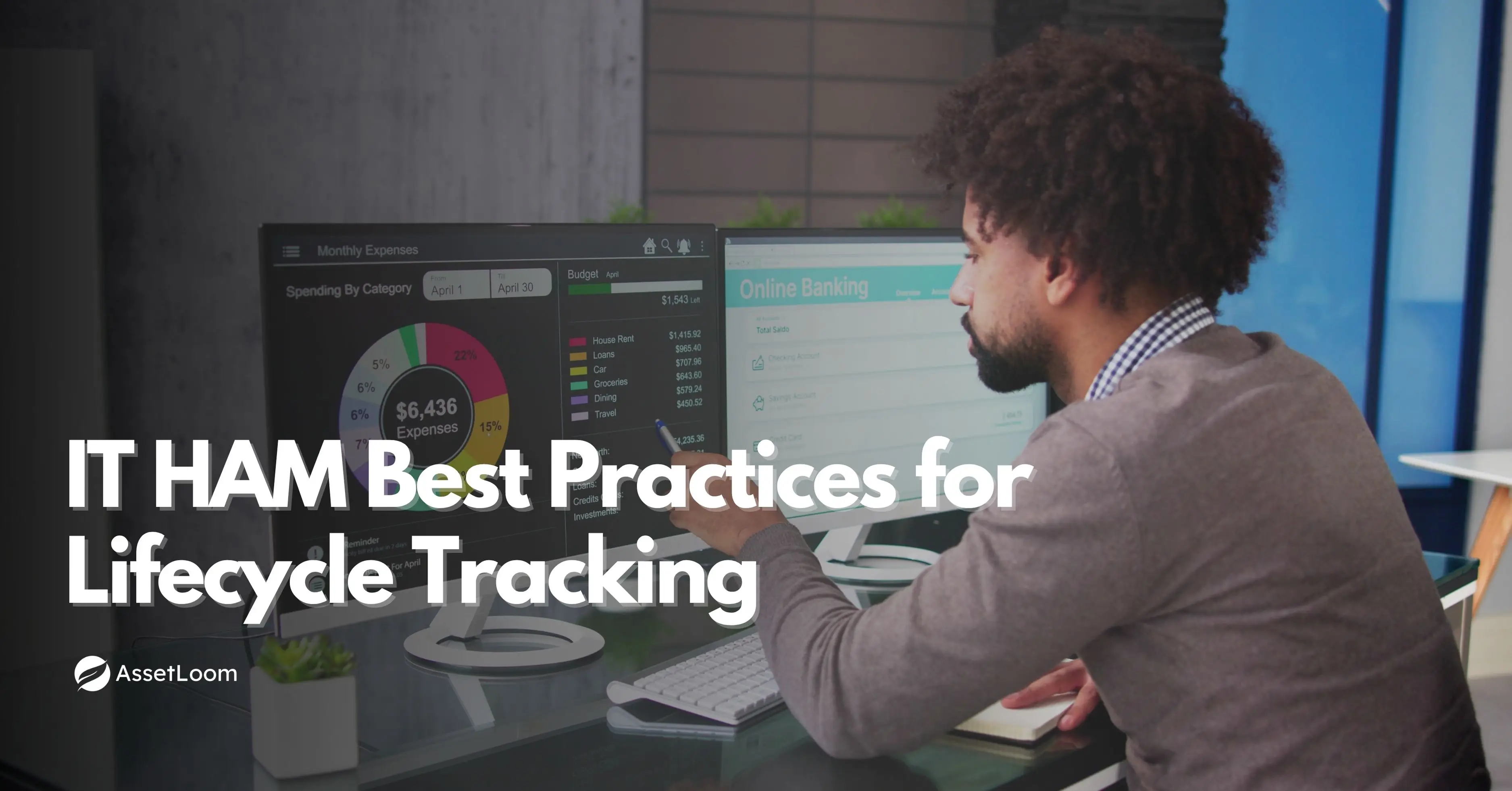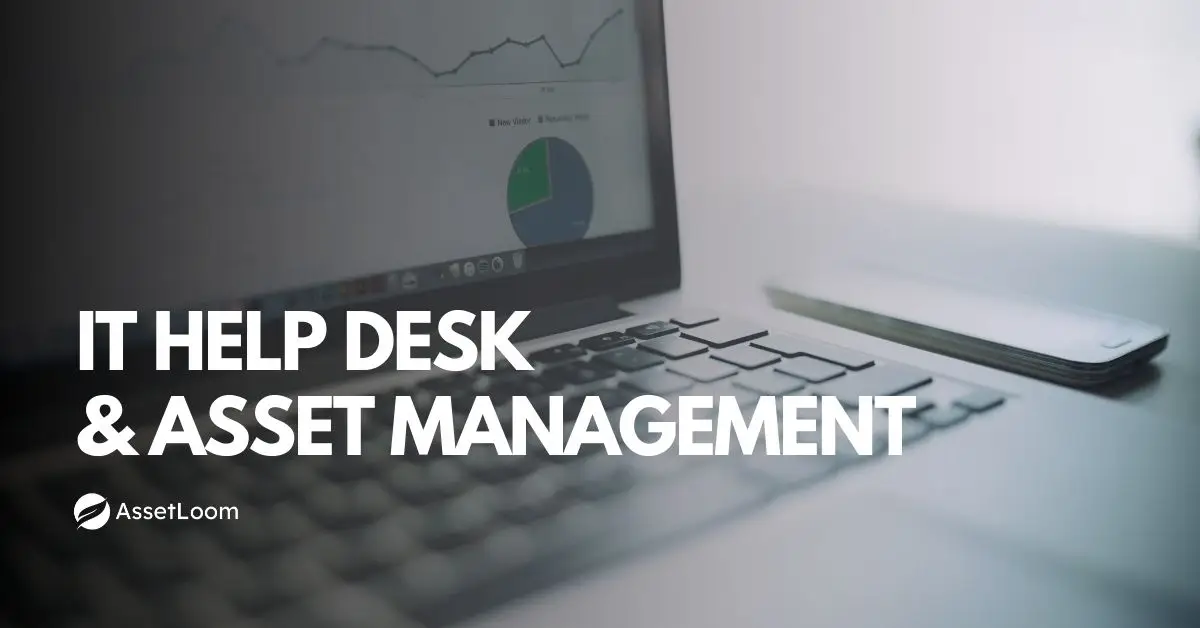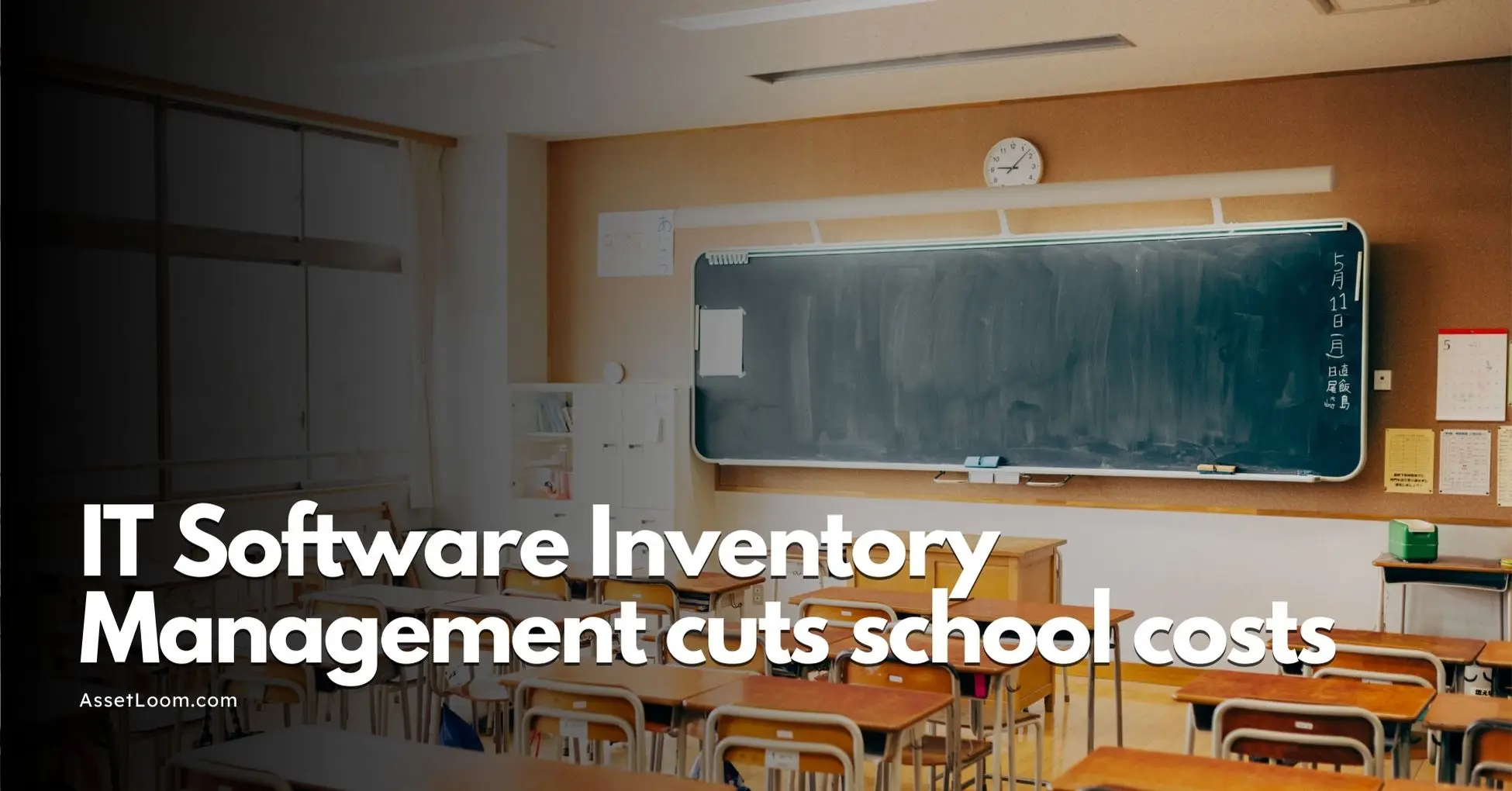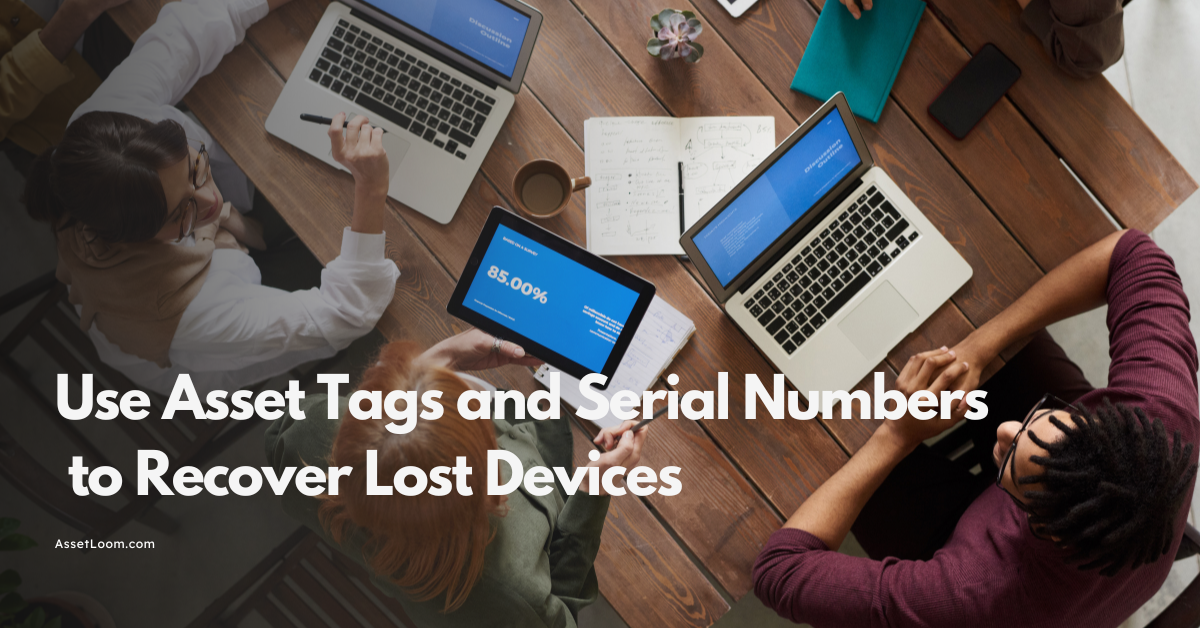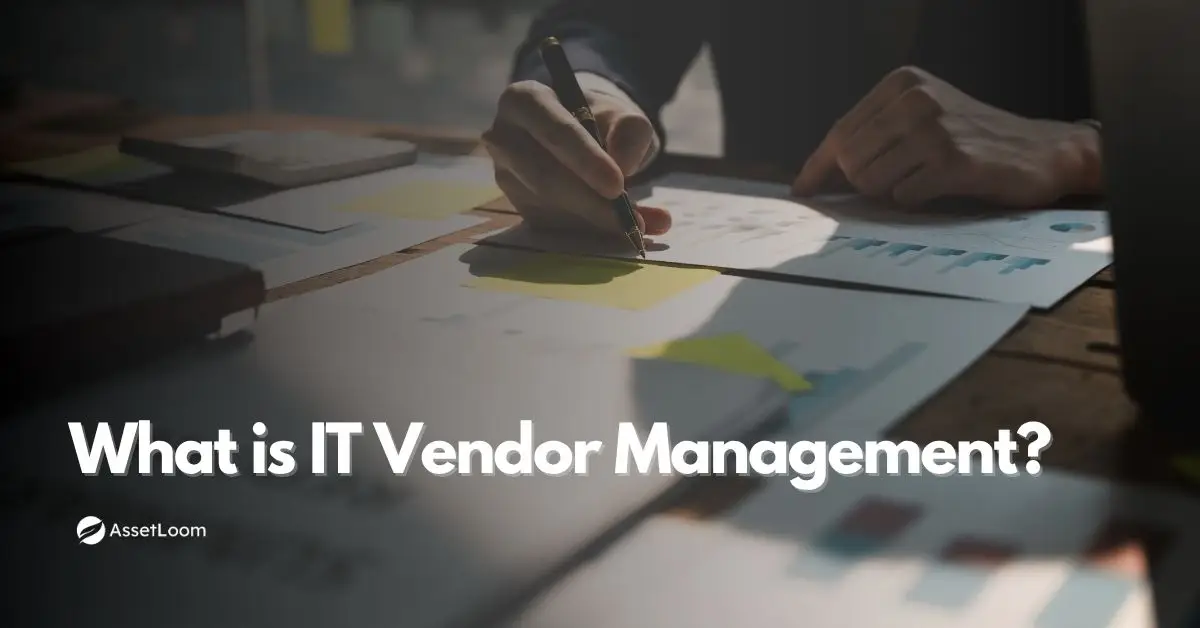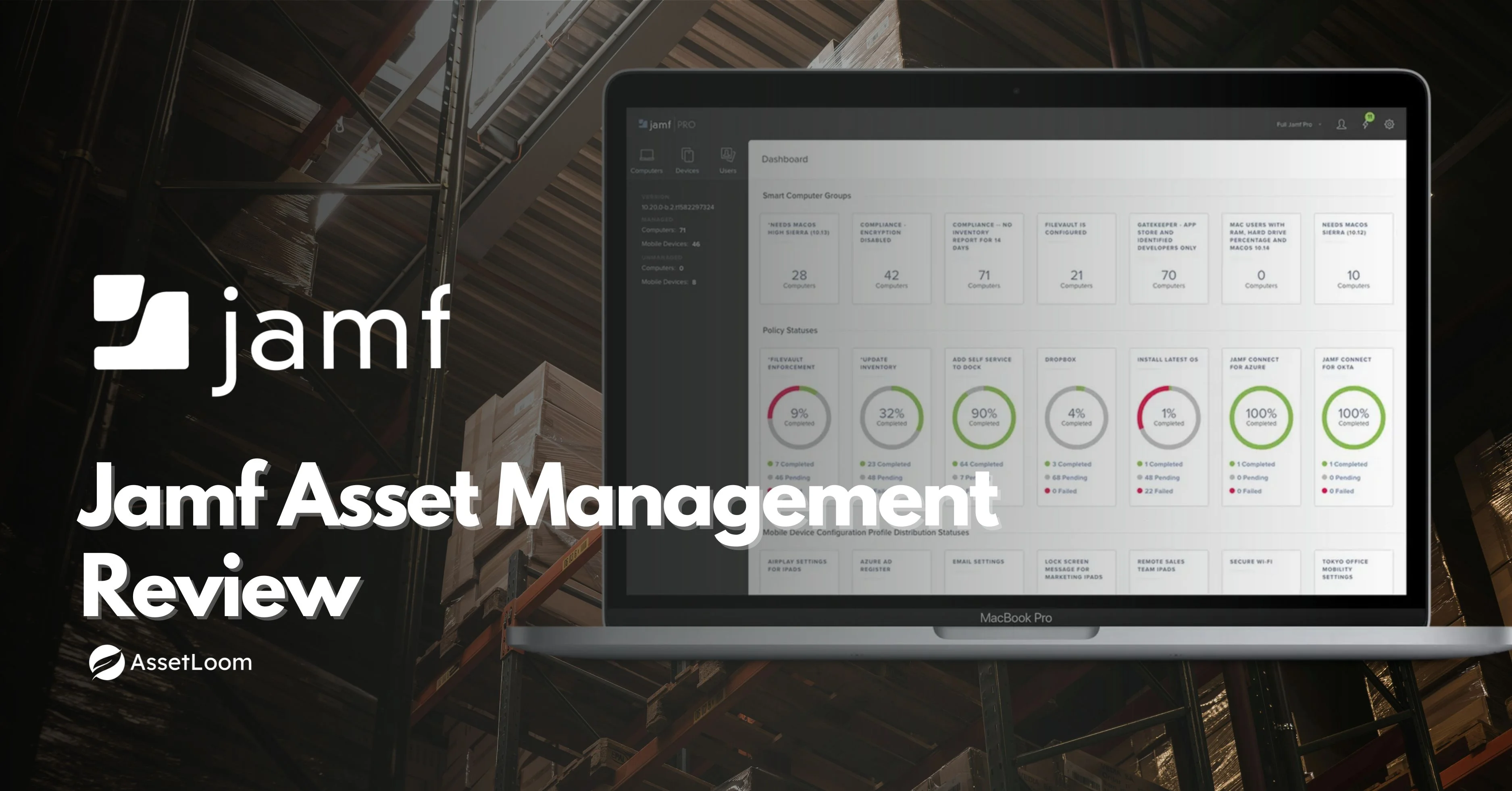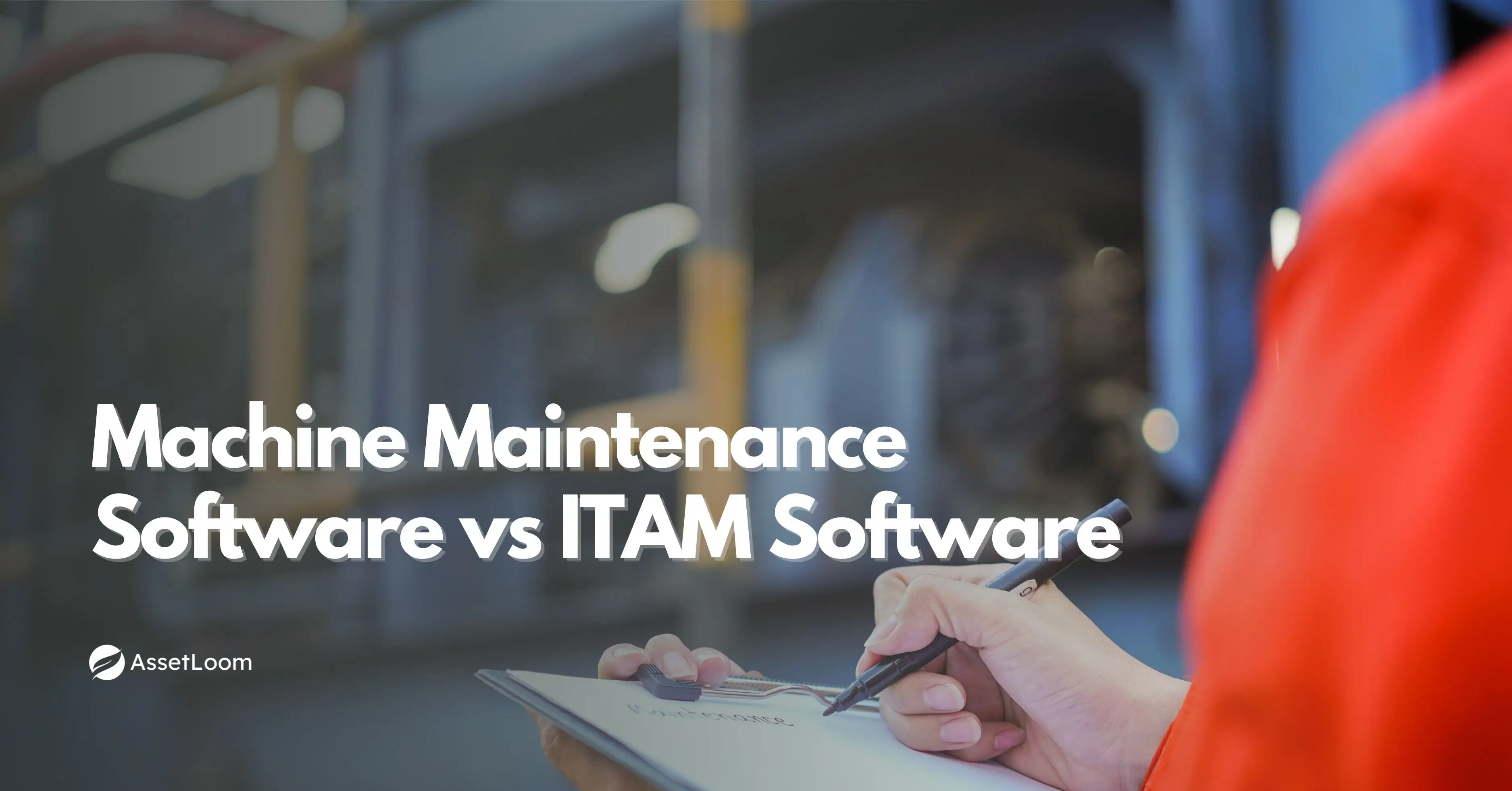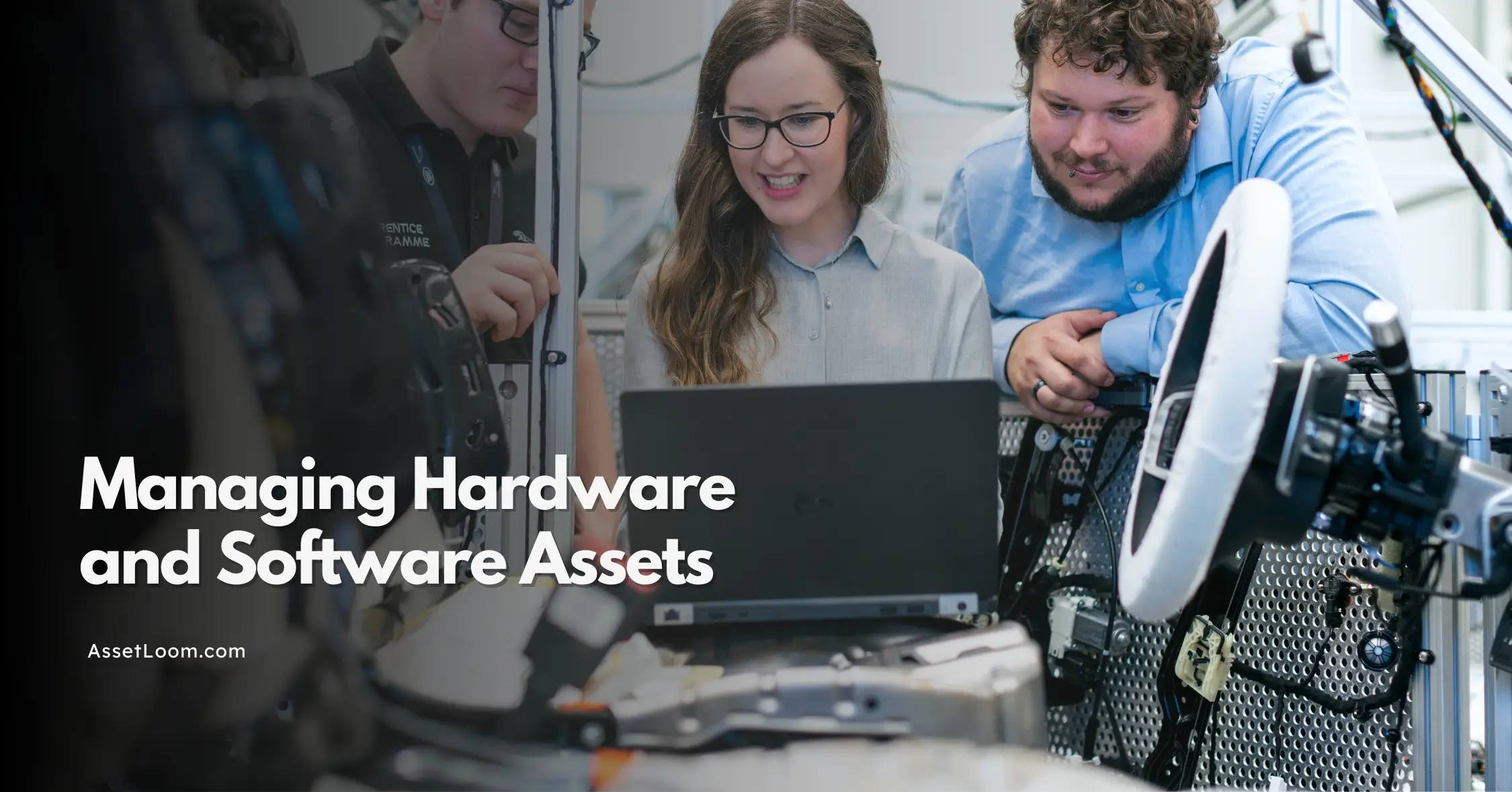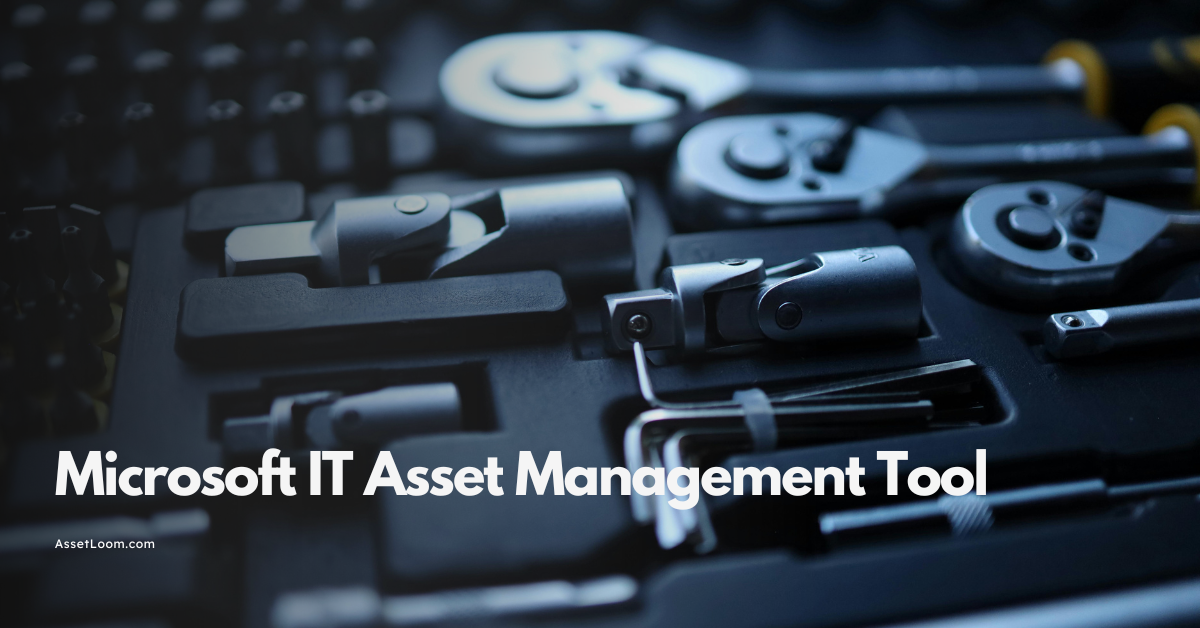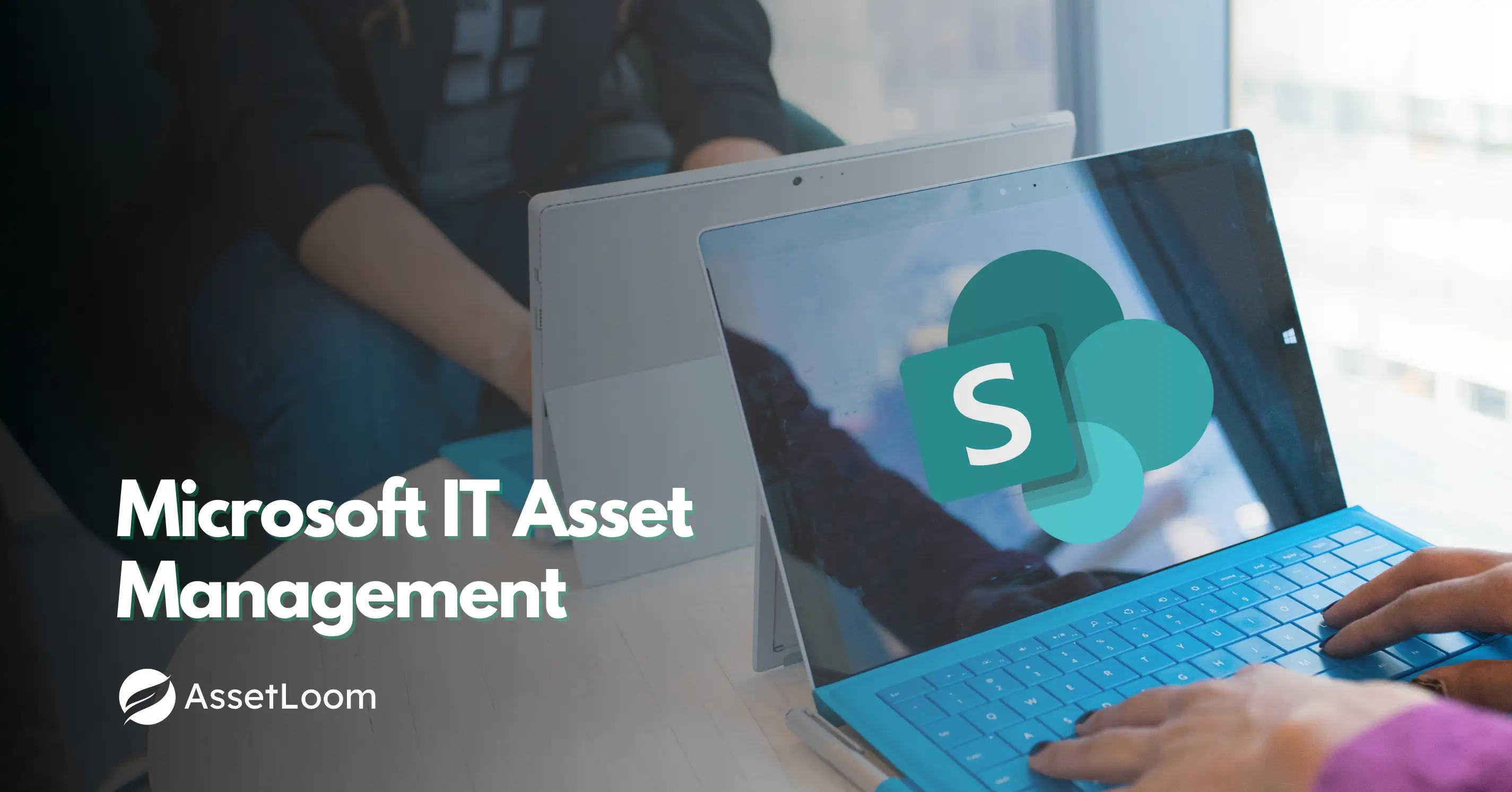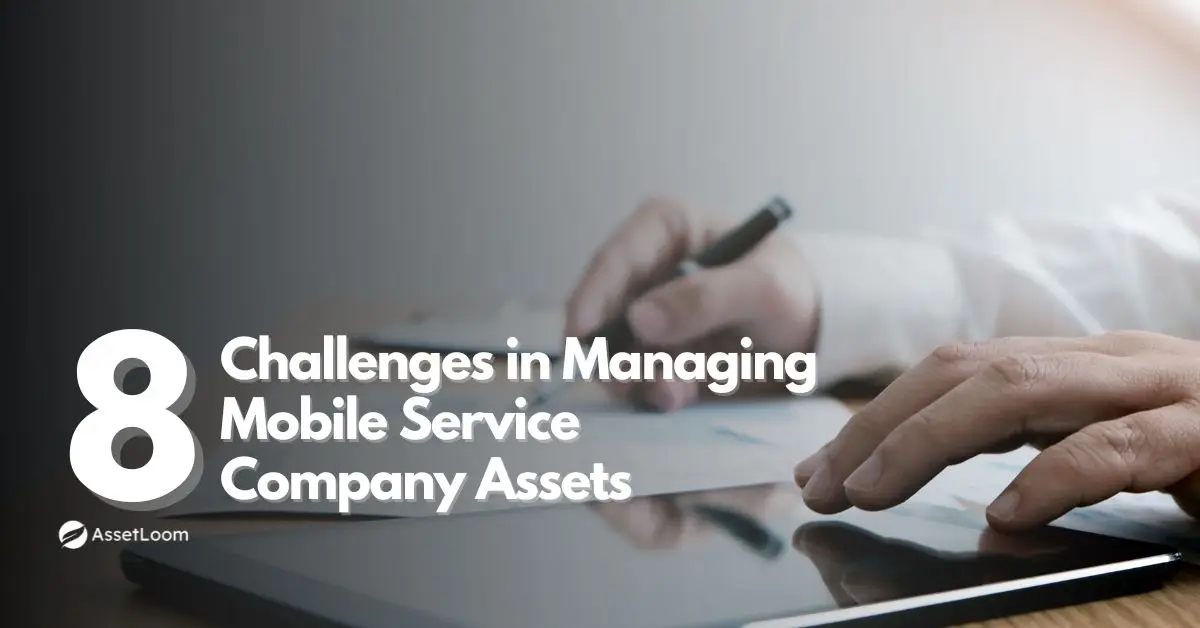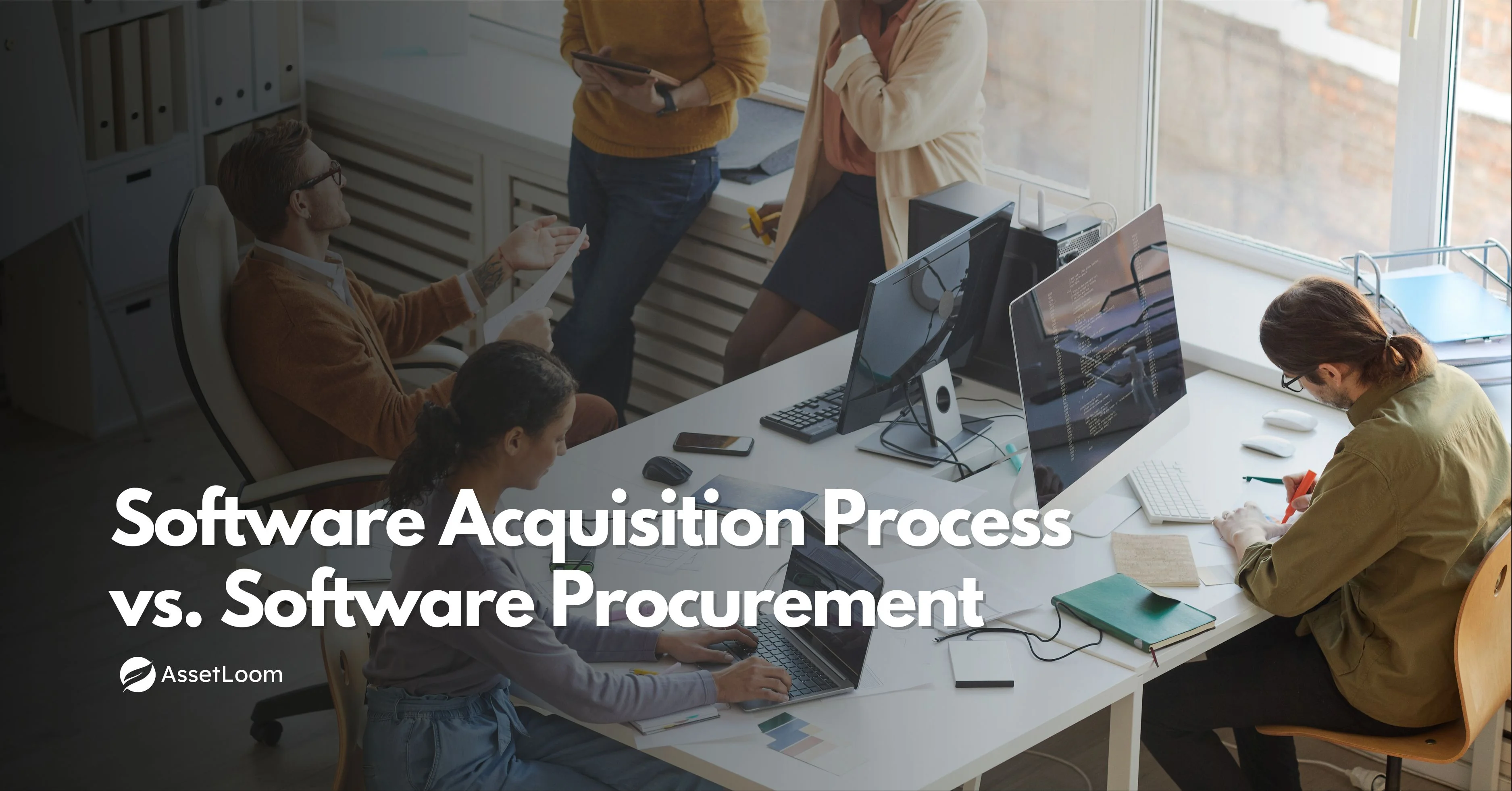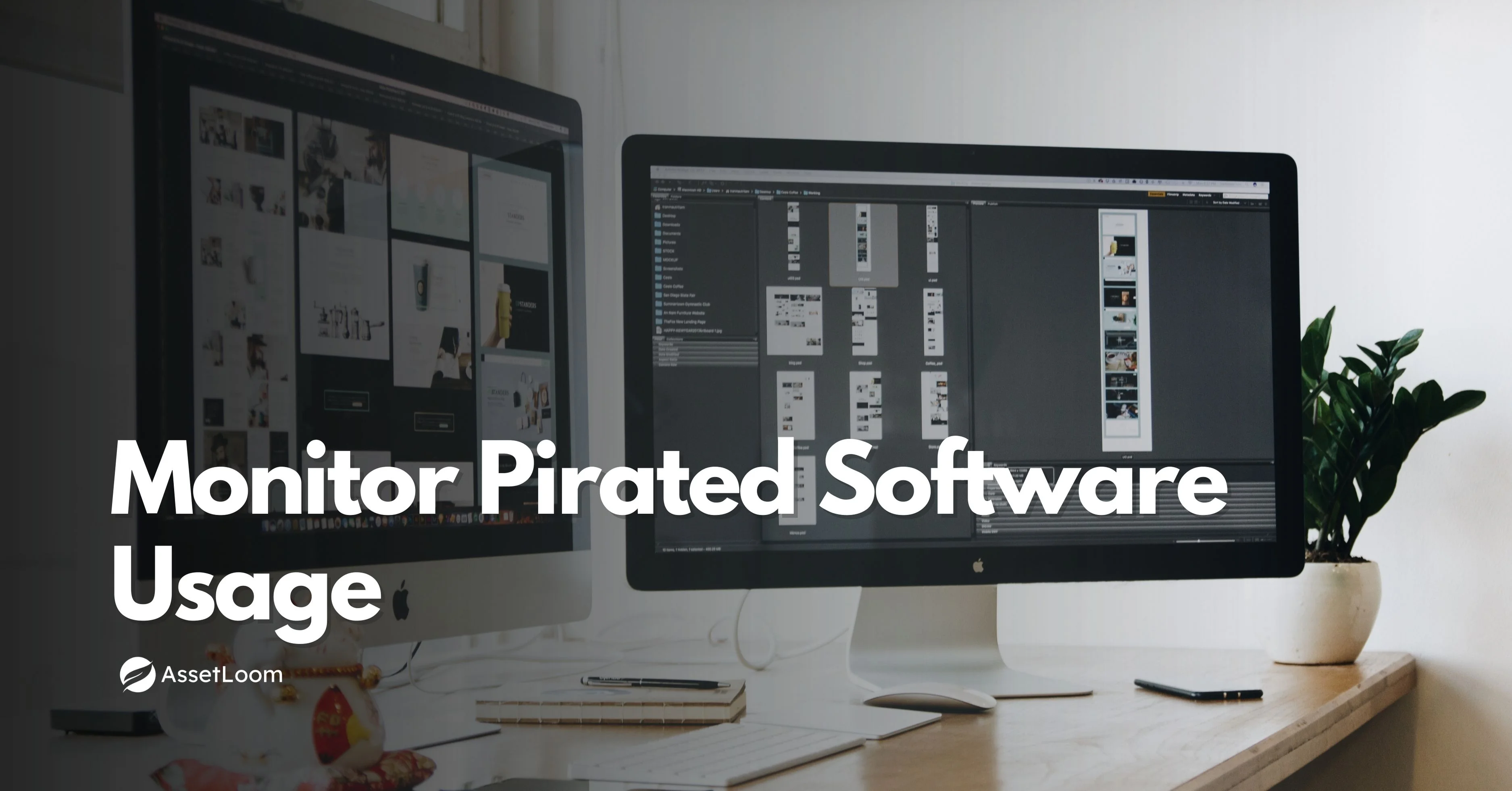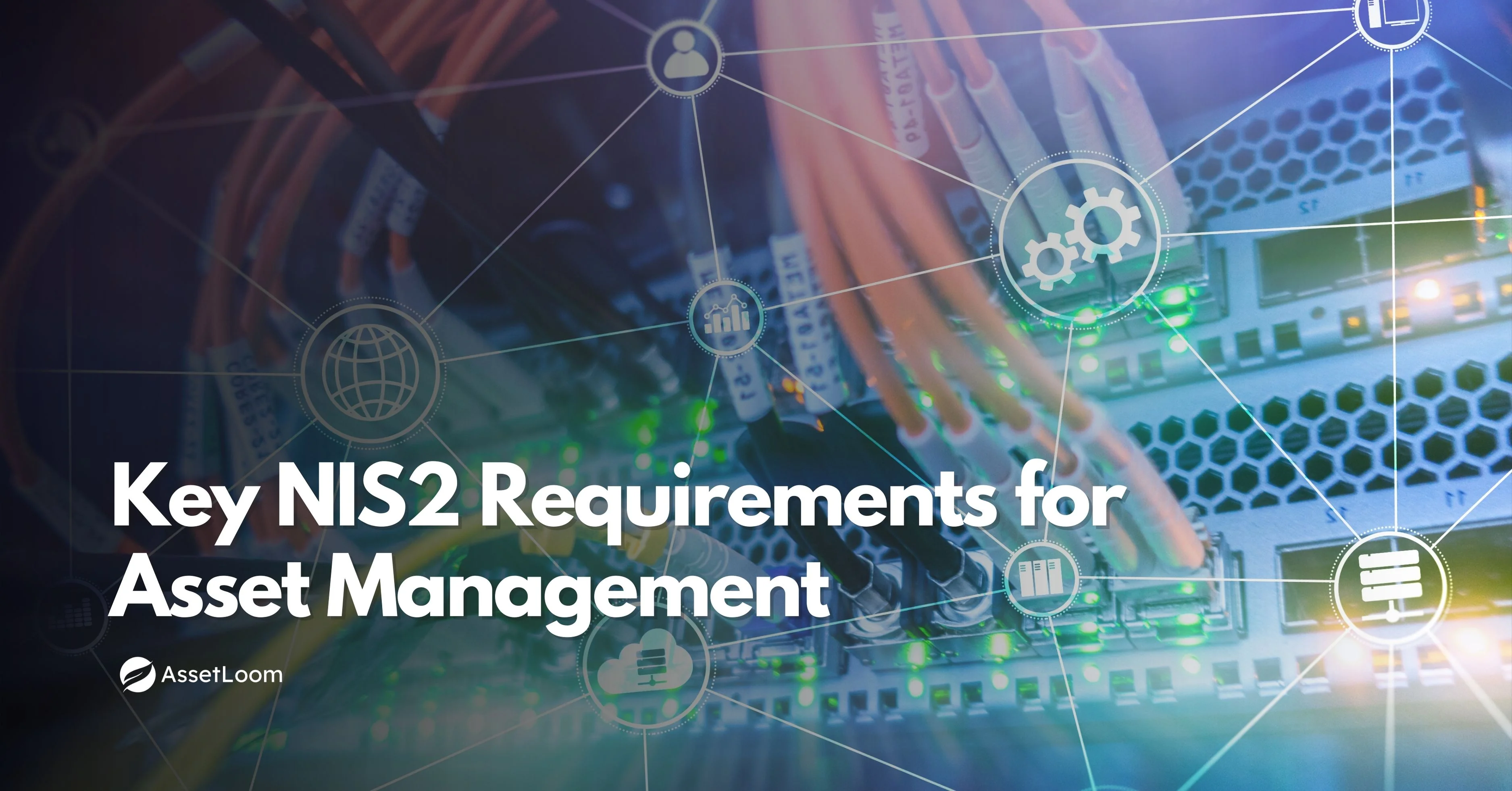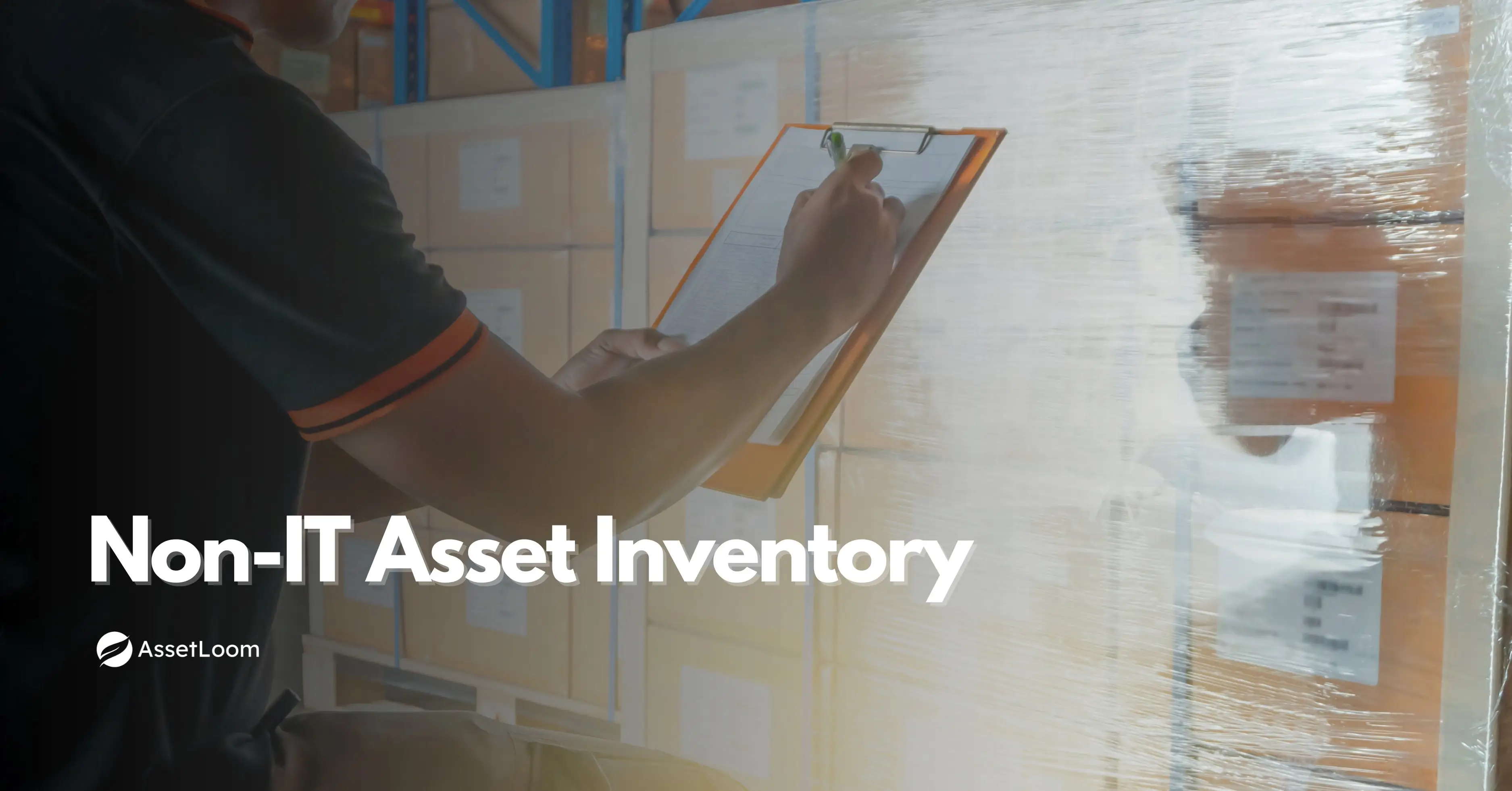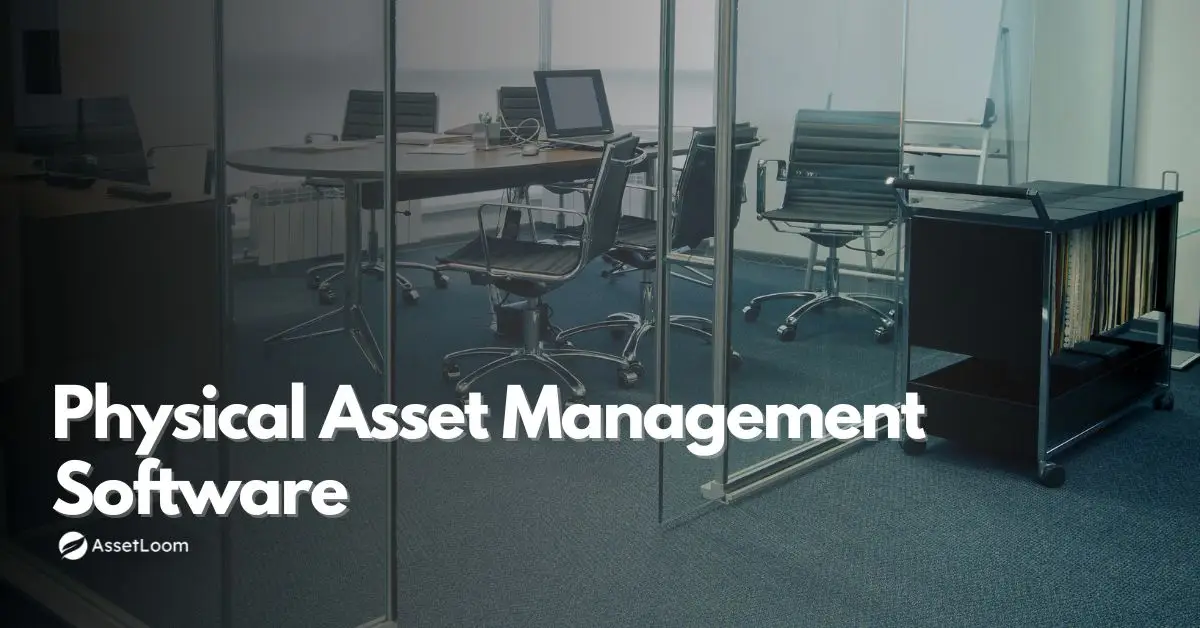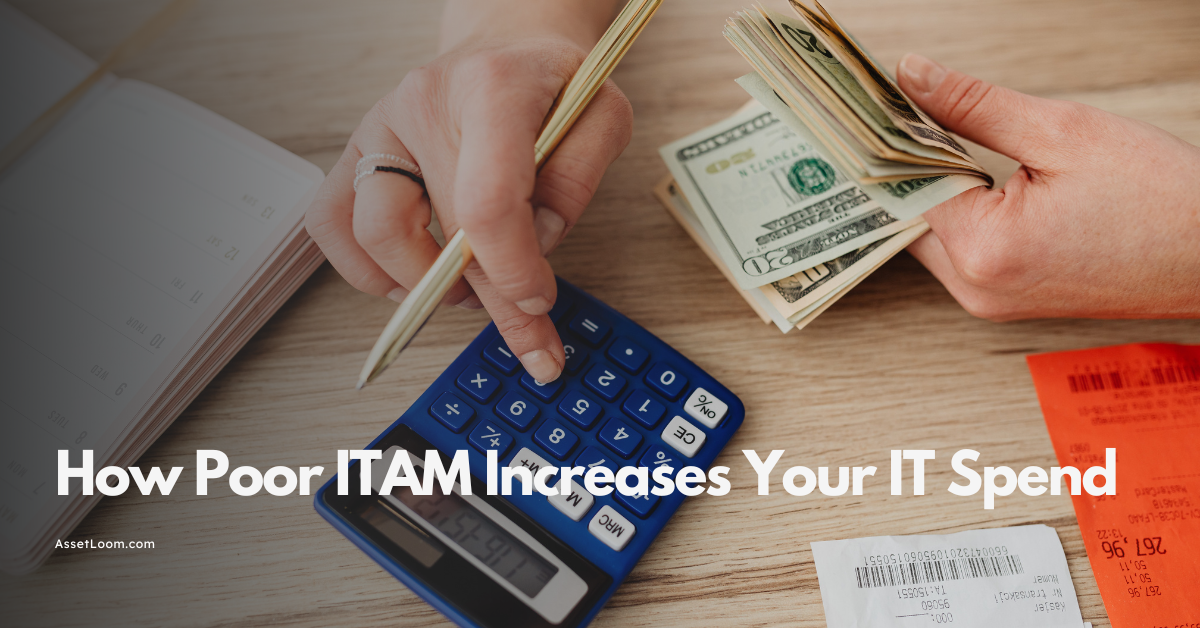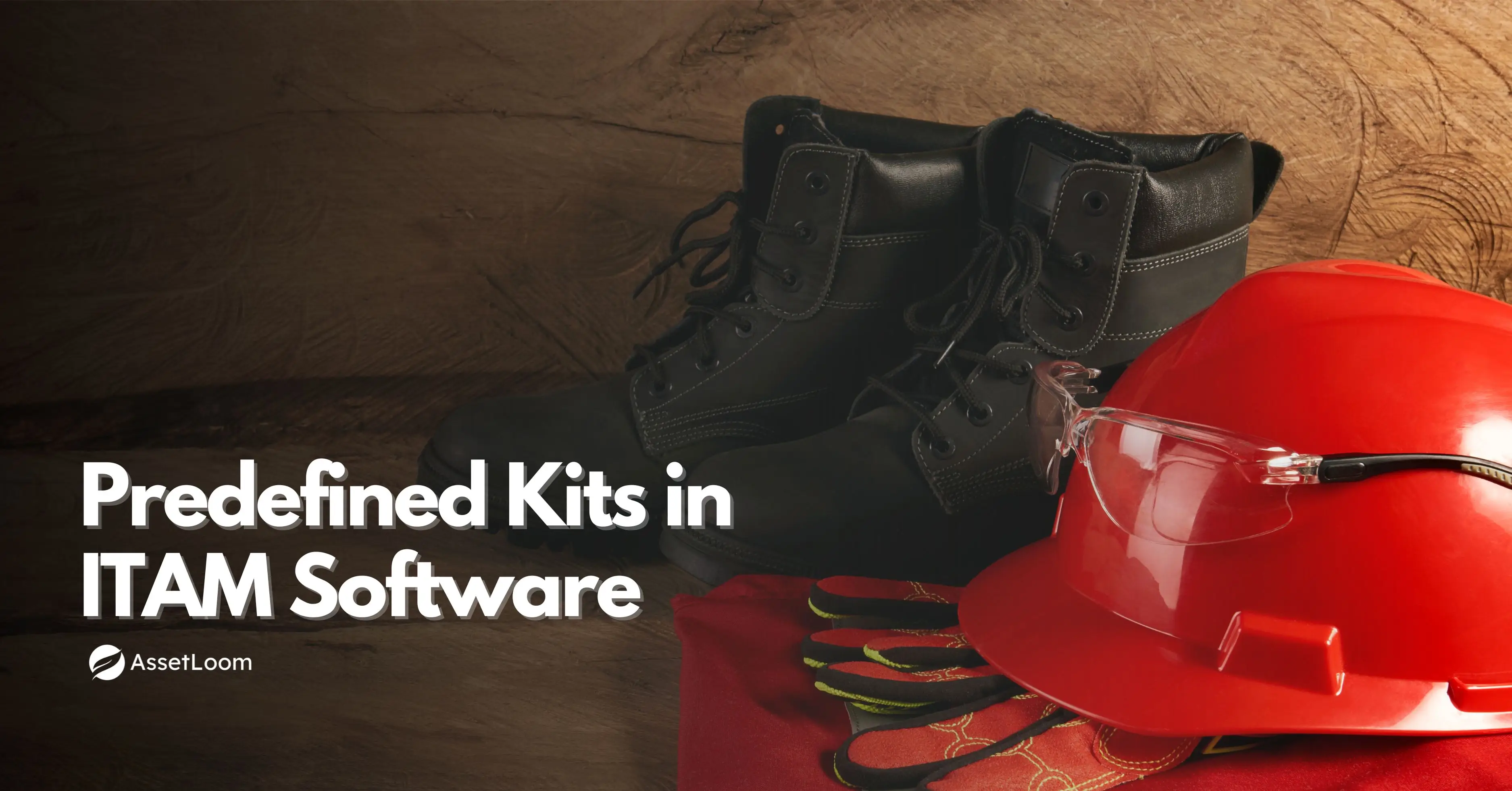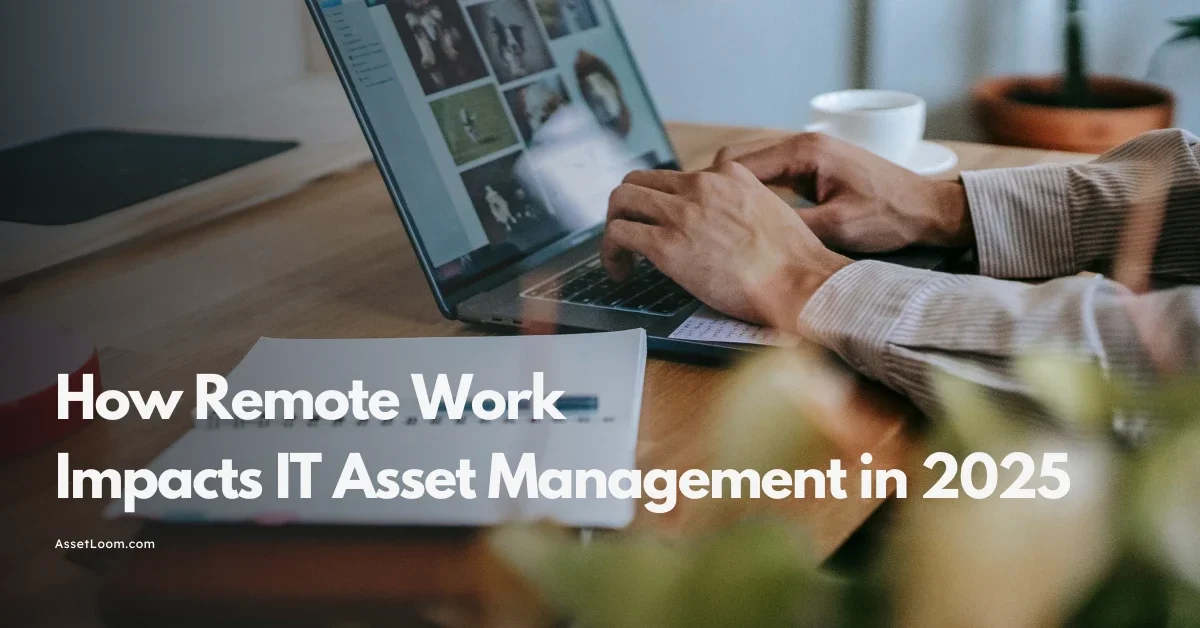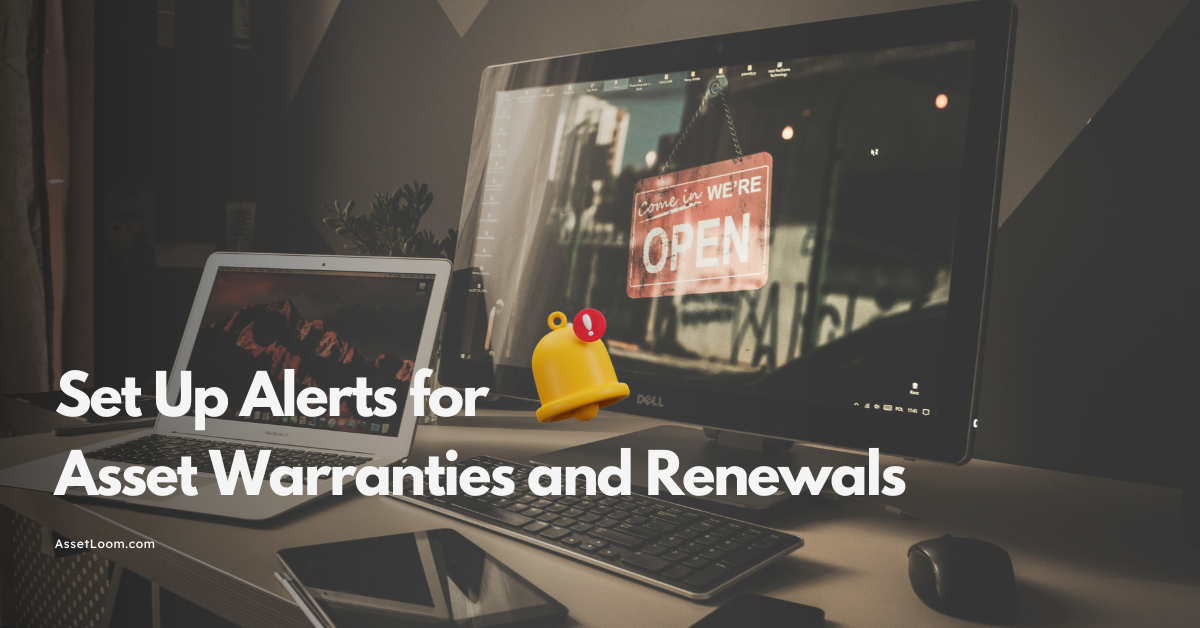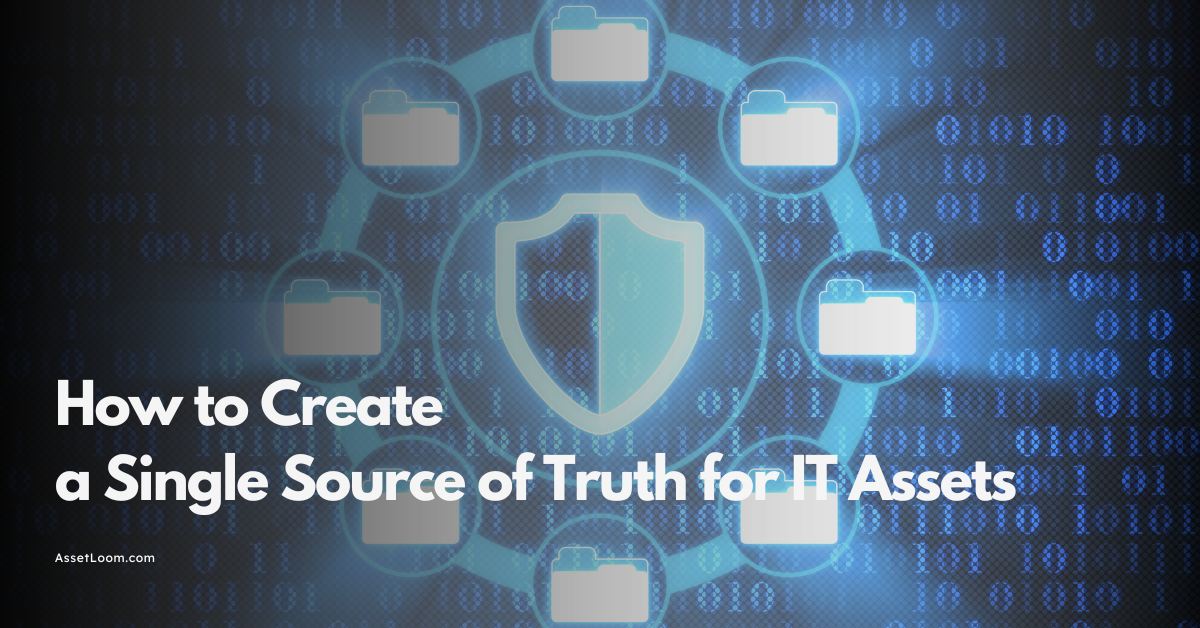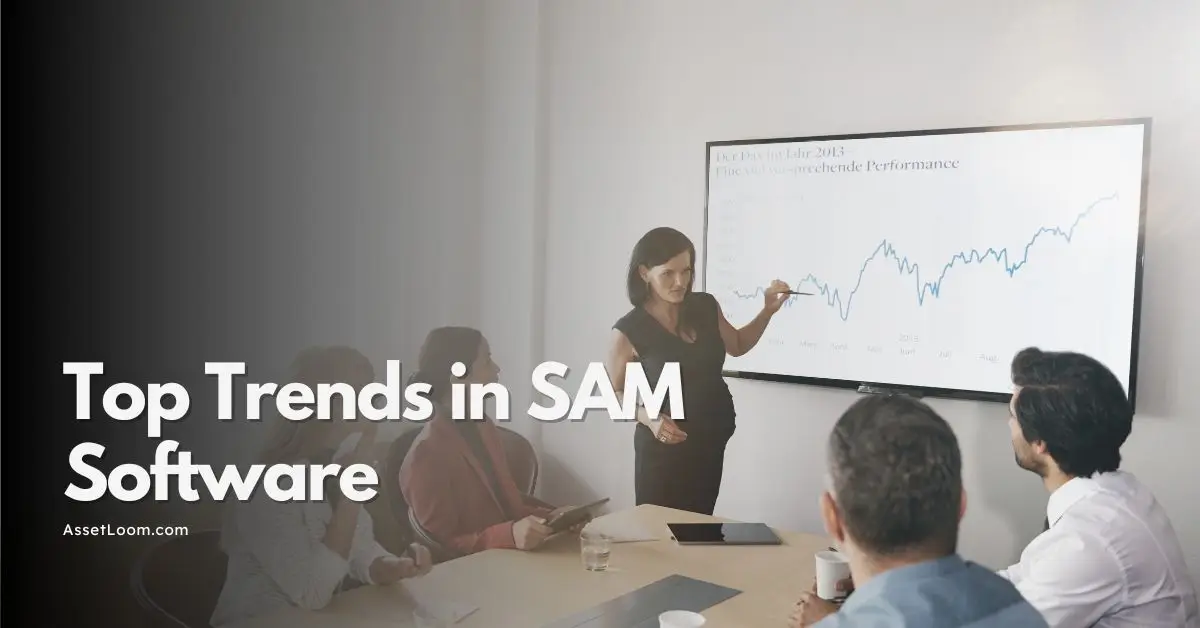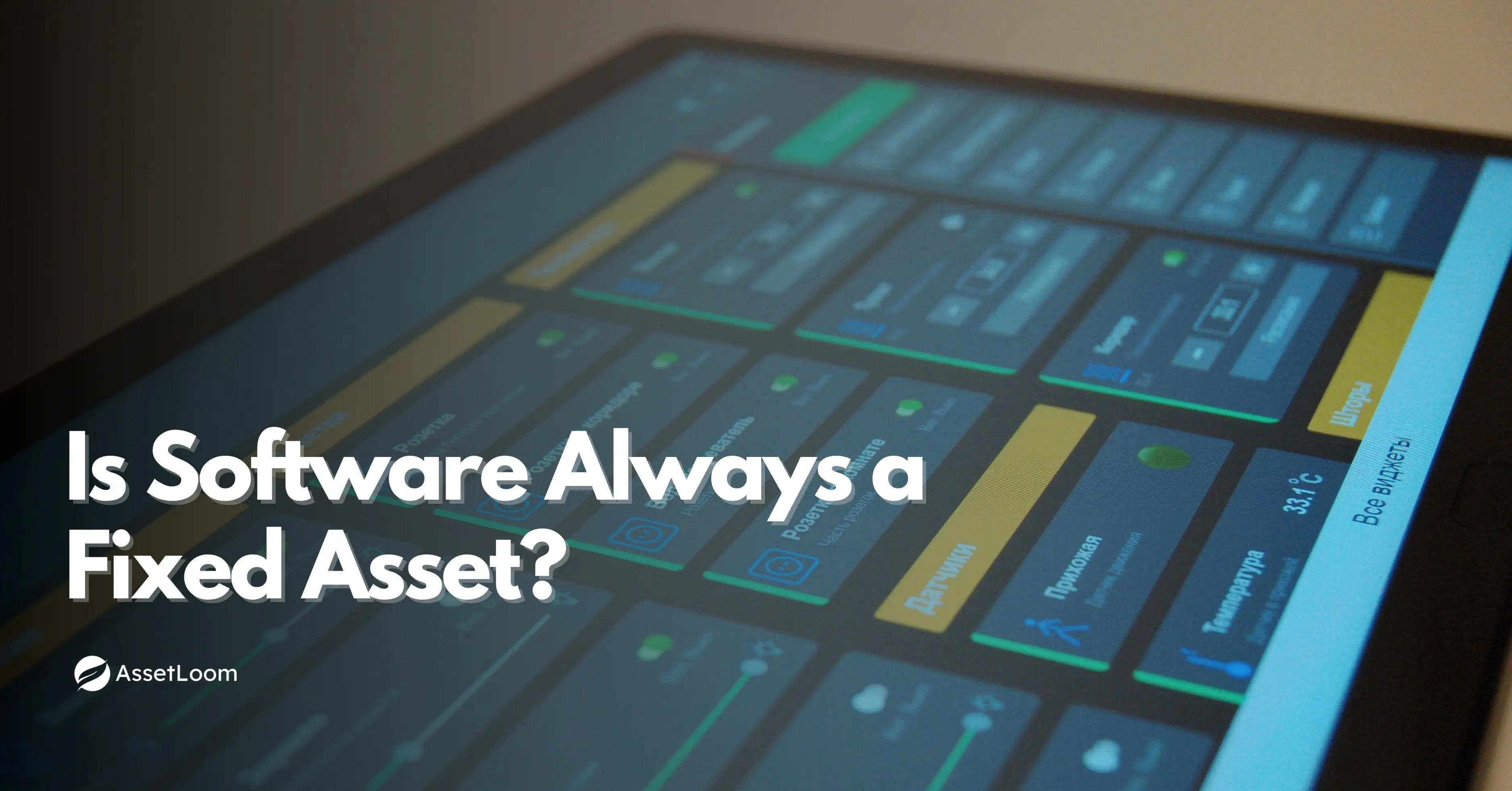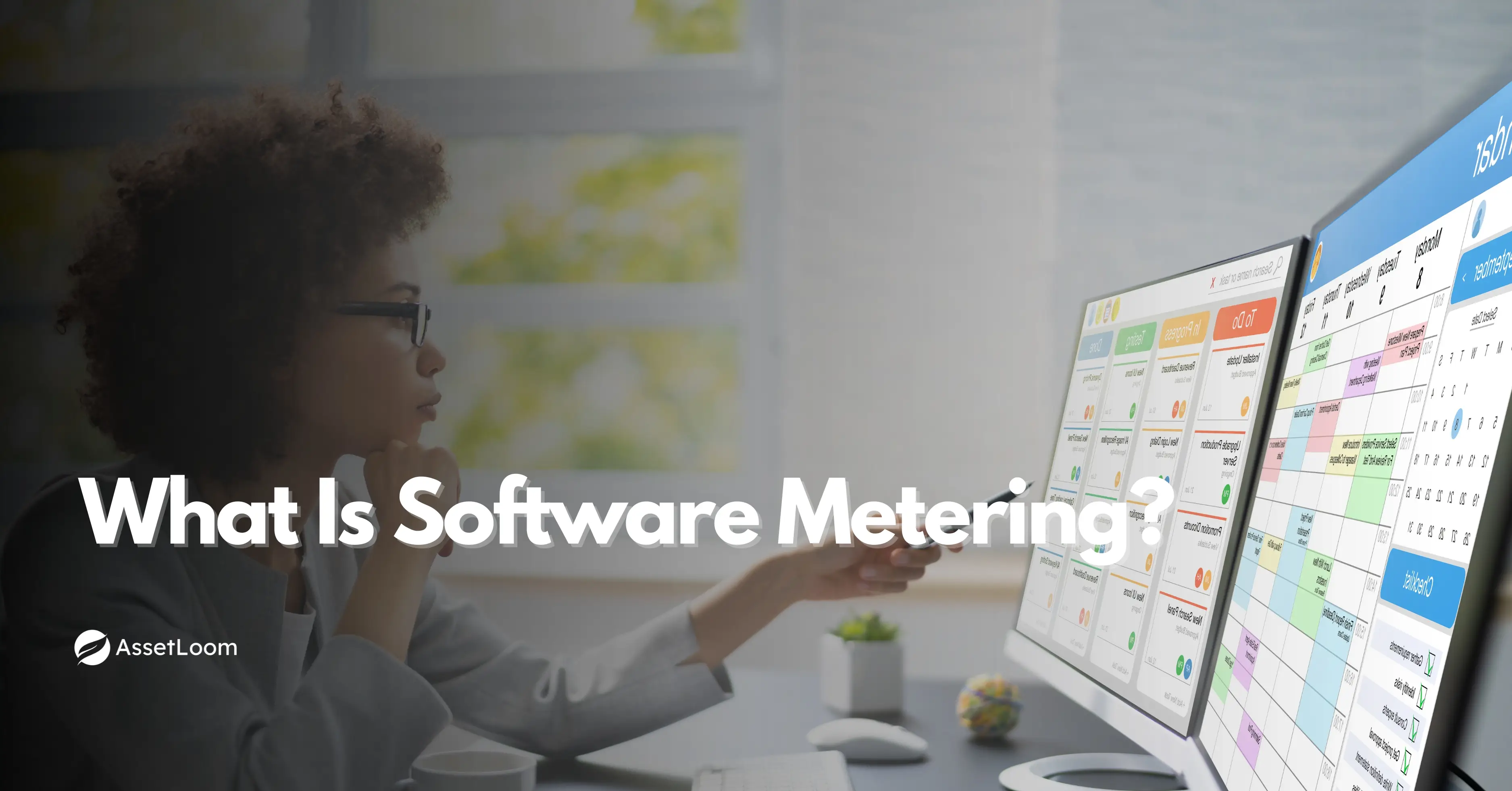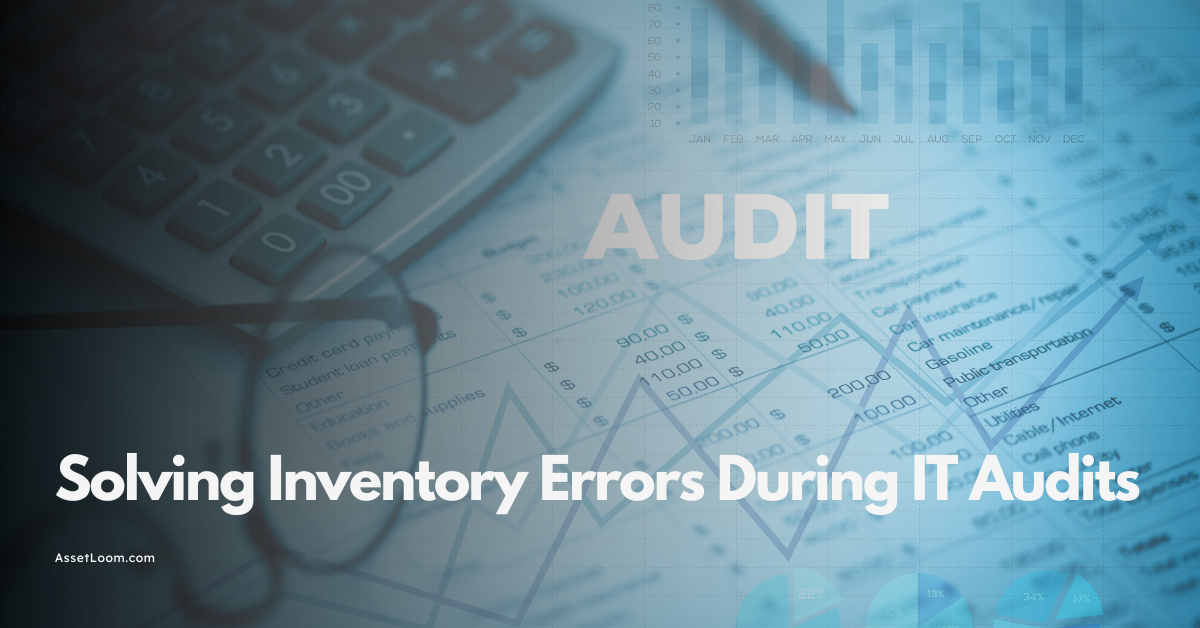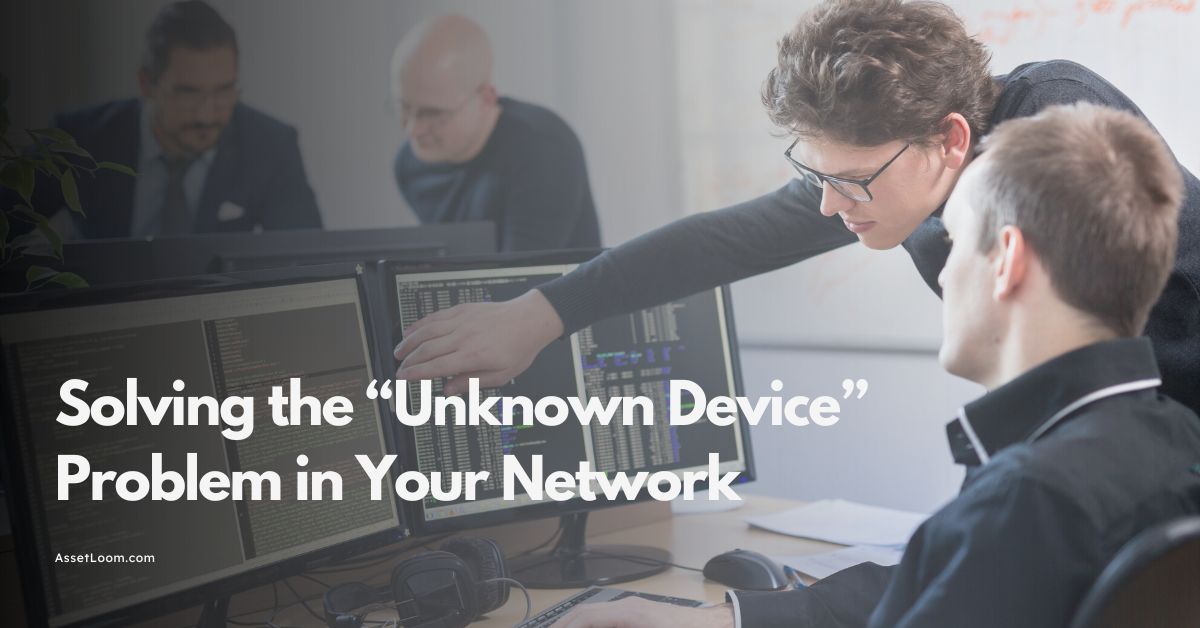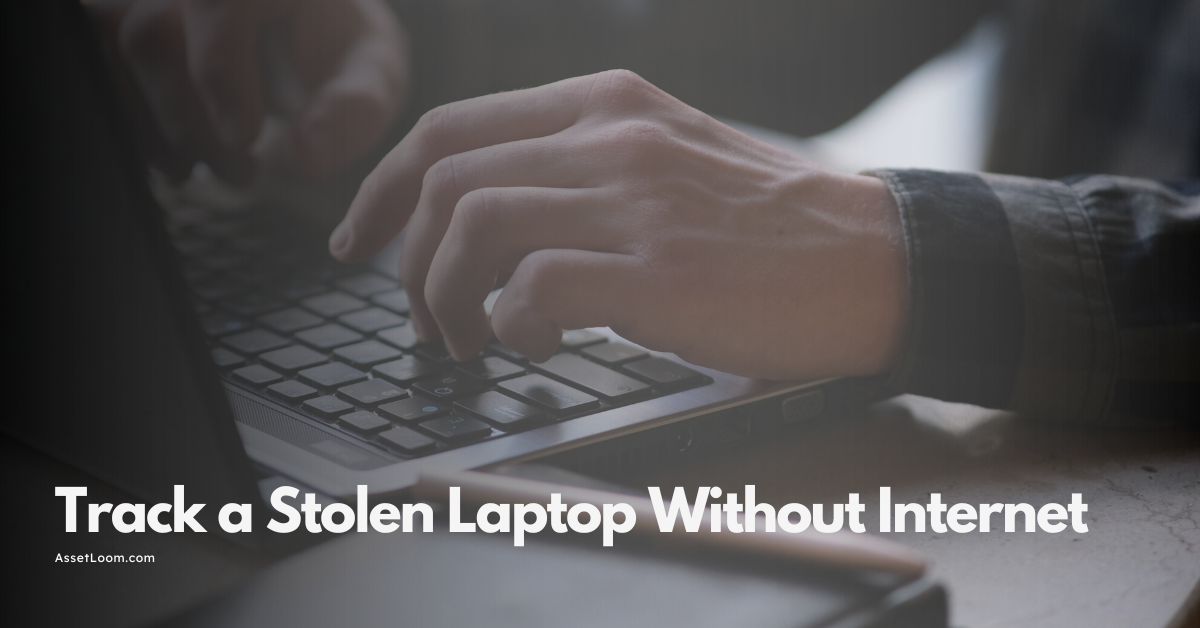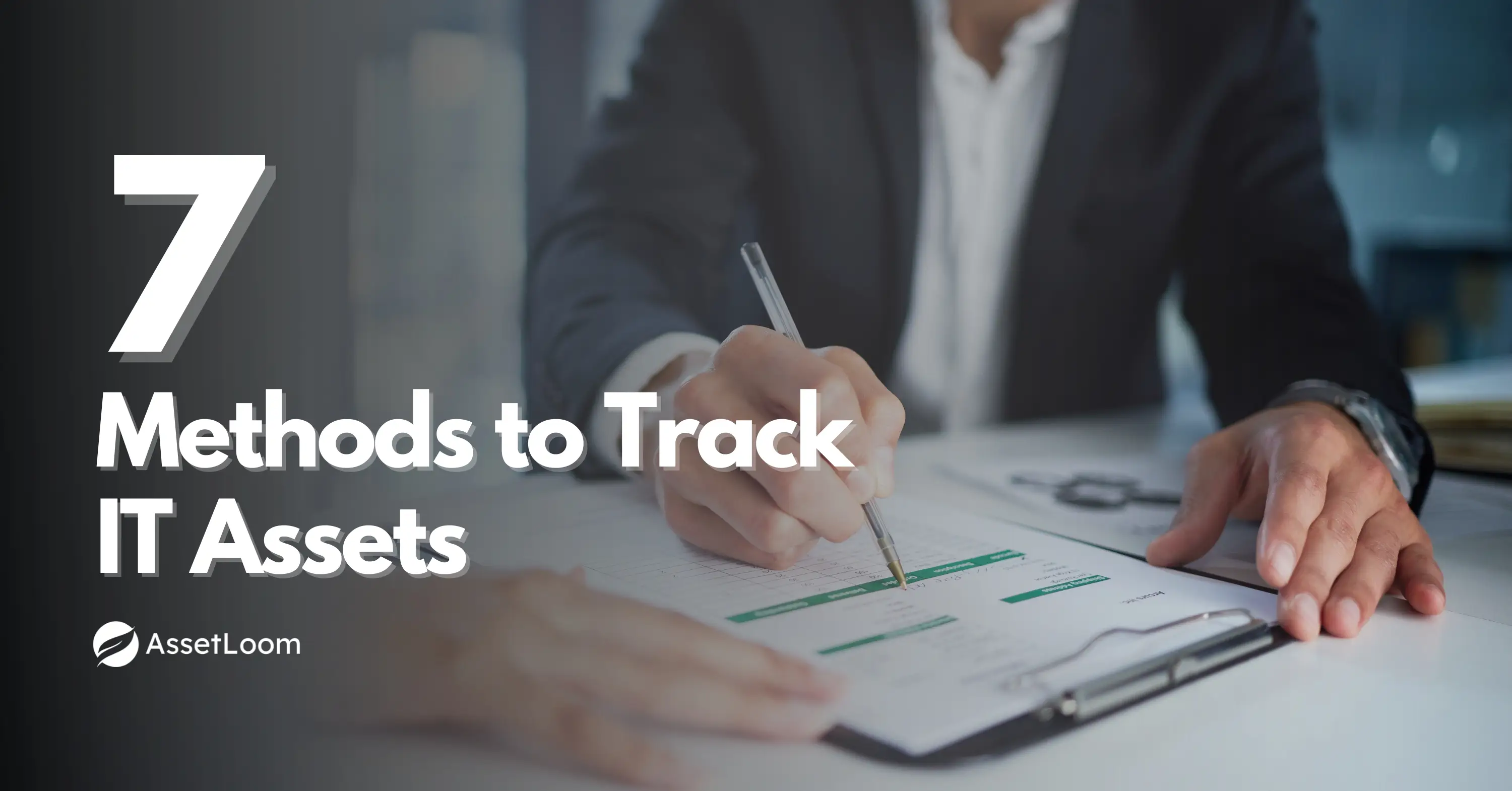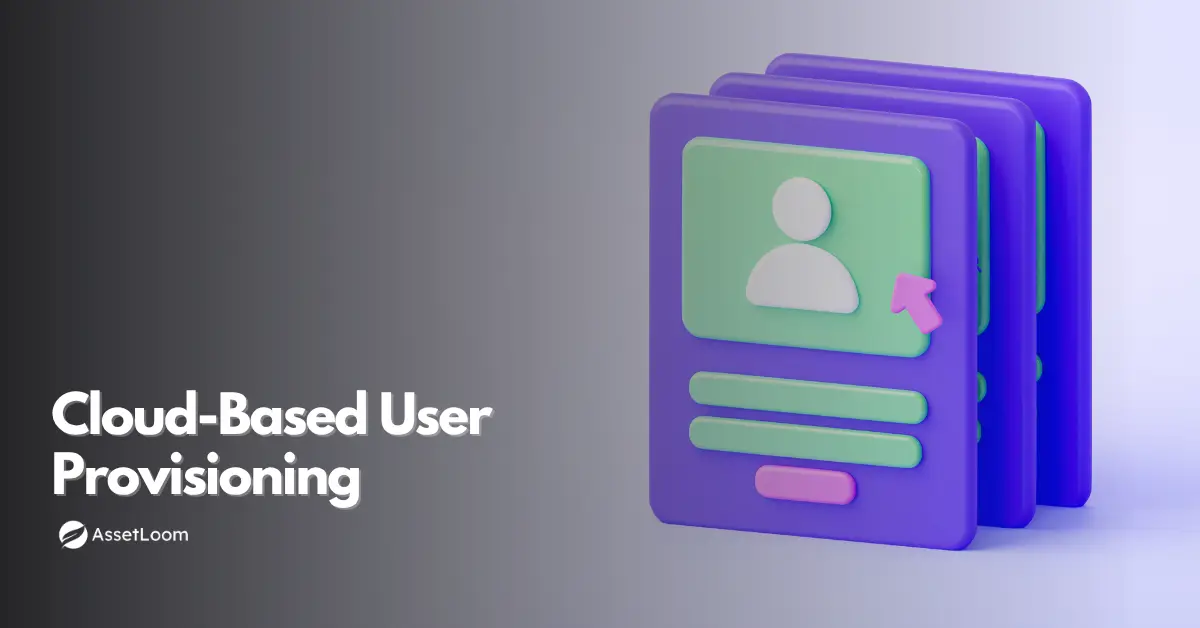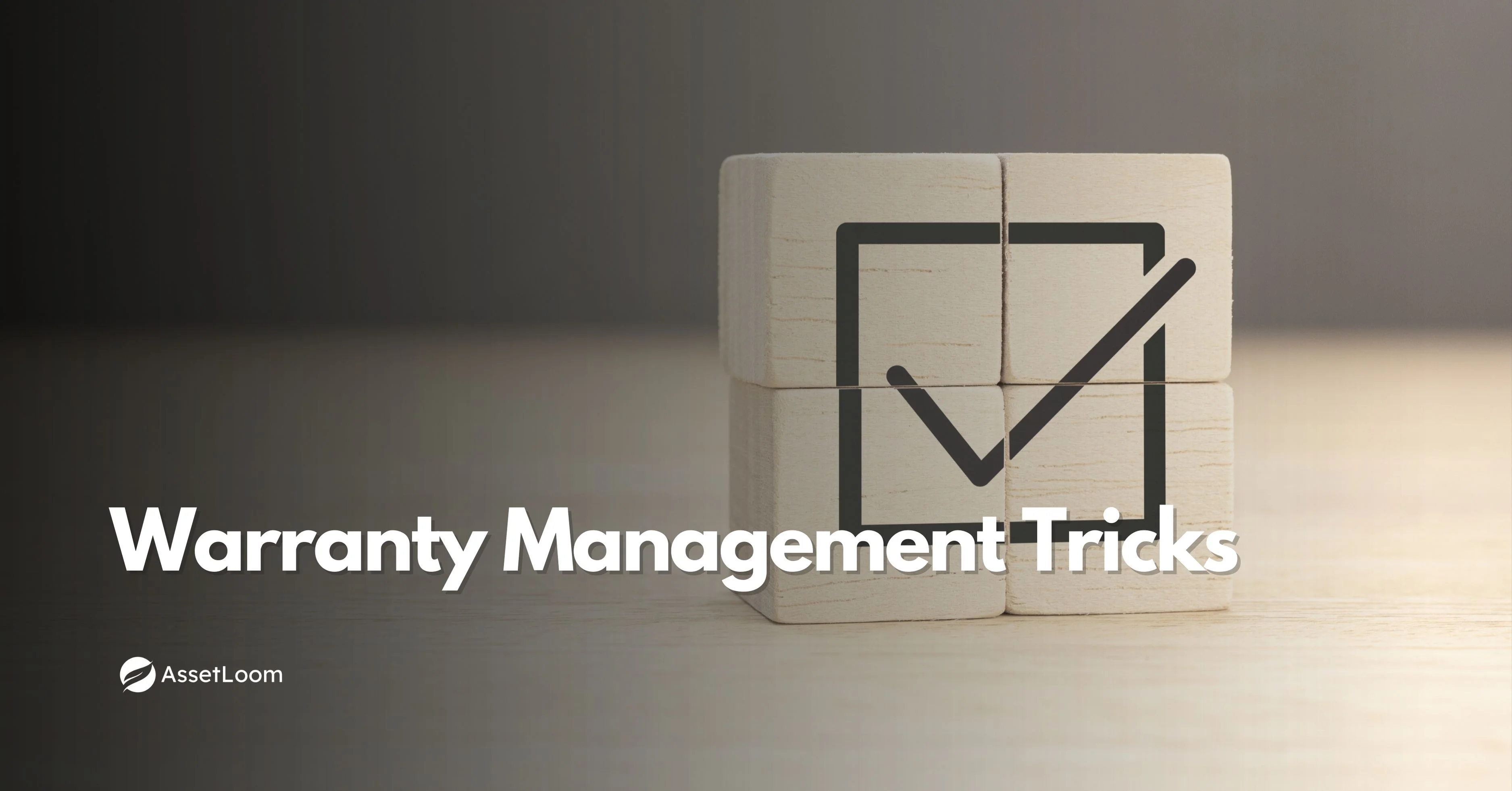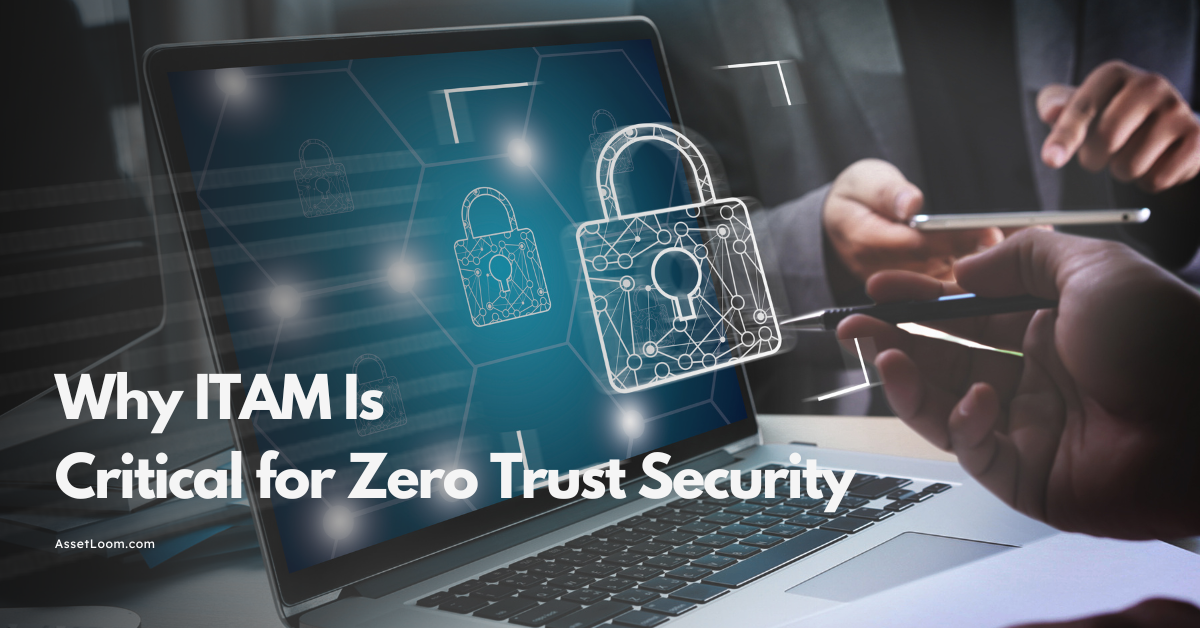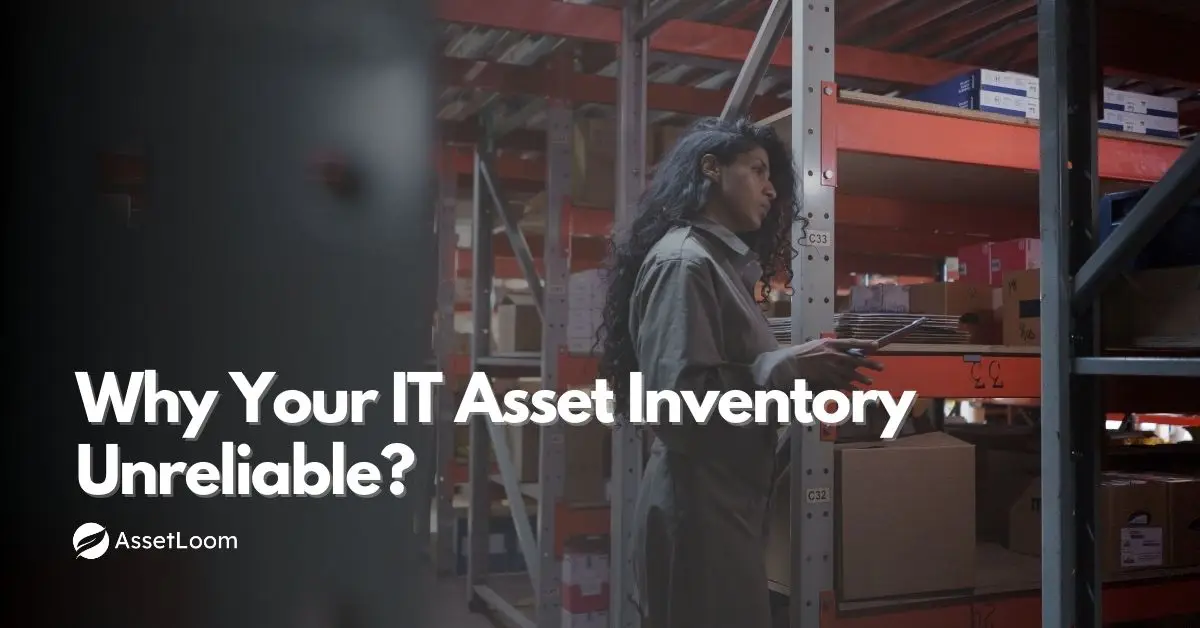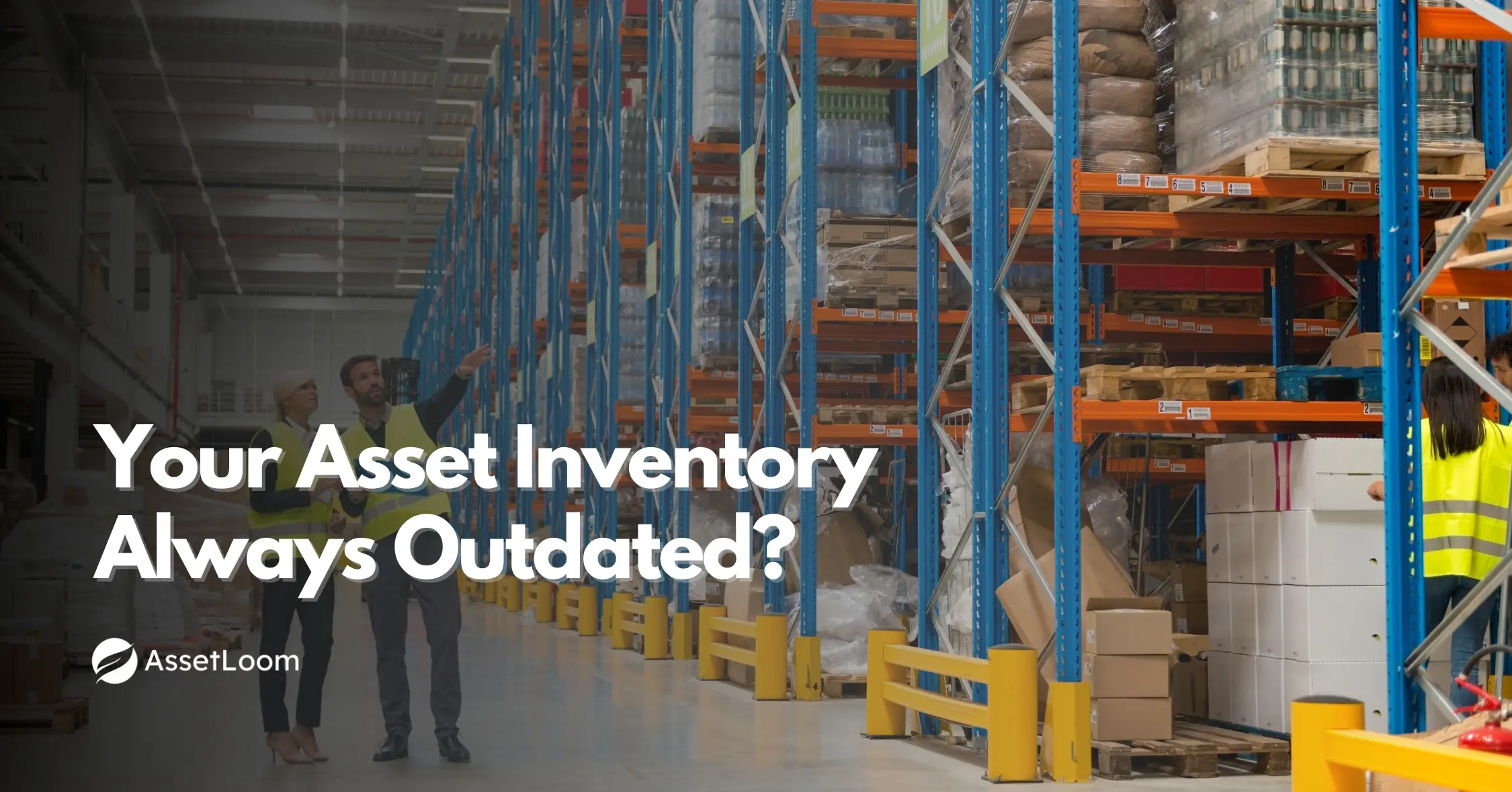Why Your ITAM Tool Can’t See All Your Devices?
Struggling to see all your IT assets? Learn why ITAM tools miss devices and how to fix visibility gaps. Discover when it's time to upgrade to a modern solution like AssetLoom
Imagine this. You're preparing for an IT audit and feeling pretty confident. Your IT Asset Management tool is running smoothly, reports look solid, and everything seems to be in order. But then, the auditor finds a few devices that aren’t showing up in your system. You’re left wondering where they came from, how long they’ve been active, and why your tool didn’t catch them.
The truth is, many ITAM tools don’t catch every device. Not because they’re broken, but because today’s IT environments are more complex than ever. With remote work, cloud platforms, mobile devices, and shadow IT, assets are showing up in more places and in more ways than most tools are built to handle.
In this blog, we’ll break down the common reasons your ITAM tool might be missing devices, how to spot the gaps, and what you can do to fix the visibility issue without starting from scratch.
Common Reasons Devices Go Undetected
If your ITAM tool is missing devices, you're not alone. Modern IT environments are constantly evolving, and a lot of traditional tools struggle to keep up. Here’s a breakdown of why devices can fall through the cracks.
Shadow IT and BYOD
Let’s start with the most common culprit. Shadow IT happens when employees use devices, apps, or services without going through IT. Maybe it’s a personal laptop, or a free tool someone signed up for to "get things done faster." The problem? These devices usually aren’t tracked, updated, or secured. (JumpCloud ITAM vs. Device Management, published 2024-03-20)
Add in BYOD (Bring Your Own Device), and things get even messier. Employees often use their own phones and tablets for work, but unless those devices are properly registered and monitored, they won’t show up in your asset inventory.
Remote and Offsite Devices
Remote work is here to stay, but a lot of ITAM tools are still stuck in the office. Devices that don’t regularly connect to the corporate network like laptops used by remote teams or field workers can easily go missing if your discovery method is network-based.
These devices might only check in every so often, or never at all if they’re set up outside of standard provisioning processes.
IoT Devices
Smart sensors, wearables, scanners, connected security cameras IoT is everywhere now. But most ITAM tools weren’t built to track non-traditional hardware. These devices often use custom operating systems or limited connectivity, which means they don’t always respond to traditional discovery methods.
In industries like manufacturing, healthcare, or logistics, this can lead to huge visibility gaps.
Virtual and Cloud-Based Assets
More companies are shifting to the cloud, but not all ITAM tools have made the jump. Assets like virtual machines, containers, or SaaS apps can fly under the radar if your tool focuses only on on-premises infrastructure.
Cloud-based resources often spin up and down quickly too, which makes it harder to keep accurate records without real-time tracking.
Misconfiguration and Poor Integration
Even the best ITAM tool won’t help much if it’s not set up properly. A simple misconfiguration can block entire categories of devices from being discovered. On top of that, if your ITAM doesn’t integrate well with other systems like ITSM, endpoint protection, or mobile device management, you’re likely missing critical data.
In some organizations, devices are still tracked in spreadsheets or buried in email threads, which only adds to the confusion.
Legacy Systems
Older hardware can also be a blind spot. Legacy devices may not support the latest discovery agents or protocols, and they can get left behind during upgrades. Over time, they quietly drop off the radar—even if they’re still in use.
Manual Oversight
Let’s face it: people make mistakes. When asset registration relies on someone filling out a form or sending an update, things are going to fall through the cracks. This is especially true in large organizations where IT teams are juggling a lot of moving parts.
Stolen or Retired Devices
Finally, there’s the issue of devices that are stolen, sold, or thrown out. If the disposal process isn’t tightly managed, those devices might still show as active or worse, get completely overlooked. That’s not just a data problem. It can become a compliance and security risk too.
Signs Your ITAM Tool is Missing Devices
You might think everything is under control until something slips through the cracks. So how do you know if your ITAM tool isn’t seeing all your devices? Here are a few signs to look out for.
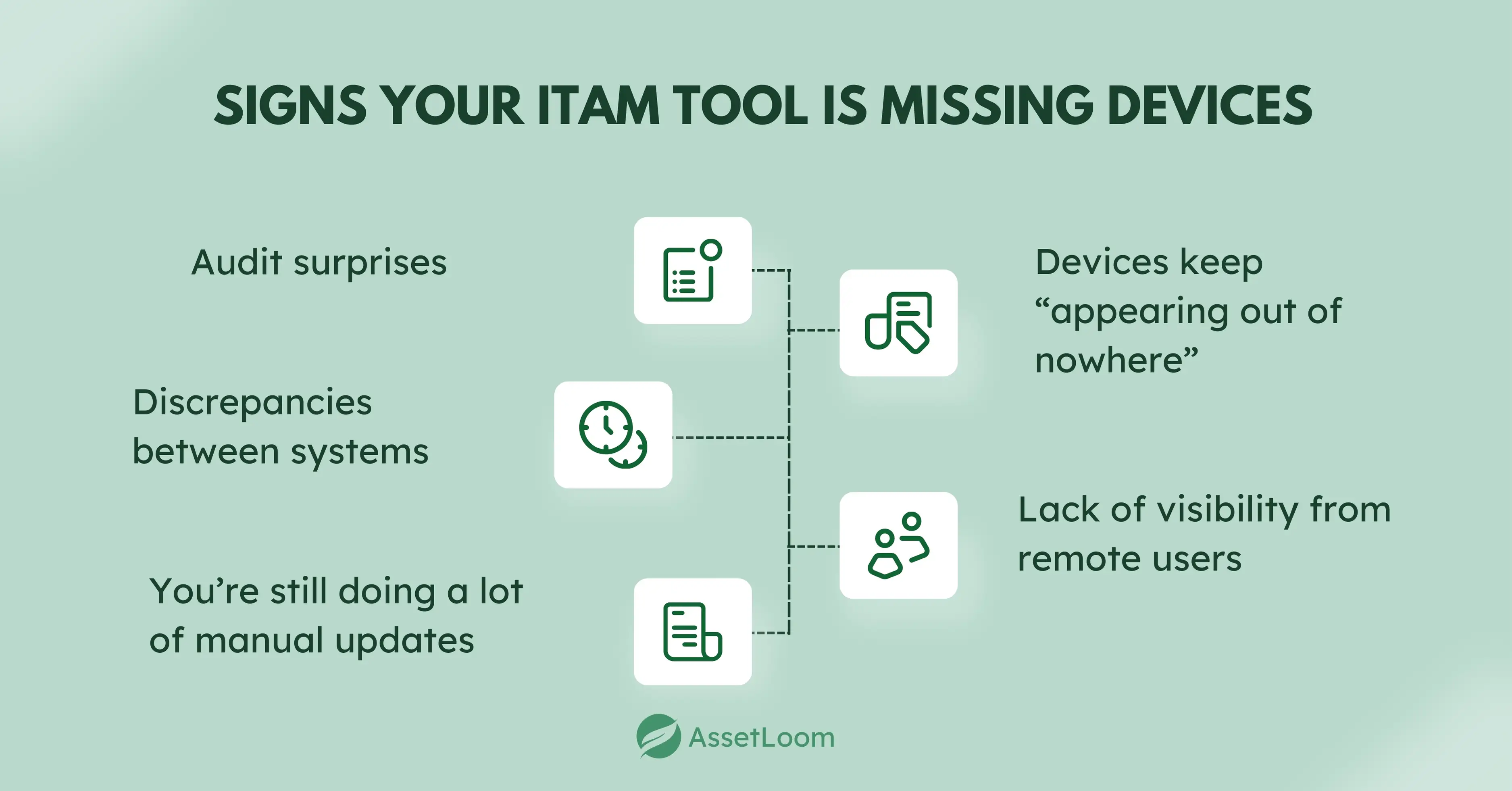
Audit surprises
If you’ve ever been through an audit and had devices show up that weren’t in your records, that’s a big red flag. It usually means your discovery methods are missing something important.
Discrepancies between systems
Compare your ITAM tool with other systems like endpoint protection, MDM, or even your helpdesk platform. If asset counts don’t match, there’s a visibility gap somewhere.
You’re still doing a lot of manual updates
If your team spends a lot of time entering asset data by hand, it could be a sign that automation and discovery aren’t doing their job. Manual tracking also increases the chances of errors or outdated information.
Devices keep “appearing out of nowhere”
You might find a device randomly showing up on the network or in a security report, and you have no record of it. That usually means it’s been there all along—but no one noticed until now.
Lack of visibility from remote users
If you rarely see new devices being added from remote workers or satellite offices, it’s worth checking whether those environments are actually connected to your ITAM setup. Out of sight often means out of system.
How to Fix It Without Replacing Everything
If your ITAM tool is missing devices, you don’t always need to throw it out and start from scratch. In many cases, a few smart changes can go a long way toward improving visibility. Here’s how to start closing the gaps.
Use better discovery methods
Start by reviewing how your tool finds devices. If it only uses agent-based discovery, consider adding agentless scanning as a backup. The reverse is also true—agentless alone often misses off-network or cloud-based assets.
You might also want to look into hybrid discovery approaches that combine multiple methods, including API-based discovery for cloud services or mobile device management platforms.
Bring shadow IT into the light
Shadow IT is tough to eliminate completely, but you can take steps to reduce it. Start by educating employees on why unauthorized tools and devices are risky. Then, offer better alternatives so they don’t feel the need to work around IT.
You can also use network monitoring tools to detect unknown or unmanaged devices and automatically flag them for review.
Improve integration with other systems
Your ITAM tool should talk to other systems like endpoint security, MDM, CMDB, and your helpdesk platform. If it doesn’t, look into connectors, plugins, or custom integrations through APIs. When all your tools share data, your inventory becomes more accurate and much easier to maintain.
Revisit onboarding and offboarding processes
Make sure new devices are being added to your inventory as part of the setup process—not after the fact. The same goes for retired or stolen devices. Have a checklist to update records when assets leave the organization so your inventory stays current.
Audit and clean up regularly
IT environments are always changing, which means your inventory needs regular attention. Run internal audits every few months and compare your asset records with what’s actually active in your network and other tools.
Even with the best tech, some cleanup will always be manual. But with better processes, it becomes manageable instead of overwhelming.
When It’s Time to Consider a New ITAM Tool
Sometimes, tweaking your existing setup just isn’t enough. If you’ve tried improving discovery, cleaning up processes, and tightening integrations, but you’re still struggling to get full visibility, it might be time to explore a better solution.
Here are a few signs it could be time to make the switch:
You’re constantly patching workarounds
If you find yourself relying on spreadsheets, manual updates, and other workarounds just to keep your ITAM running, it’s a clear sign your current tool isn’t meeting the needs of your business. A more streamlined, automated solution is what you need.
It can’t handle remote or cloud environments
If your company operates remotely or has a strong cloud presence, your ITAM tool needs to support that dynamic environment. Traditional tools often struggle with devices outside the office network or in the cloud. A tool like AssetLoom is built for modern IT infrastructures and can track assets across on-premises, remote, and cloud environments seamlessly.
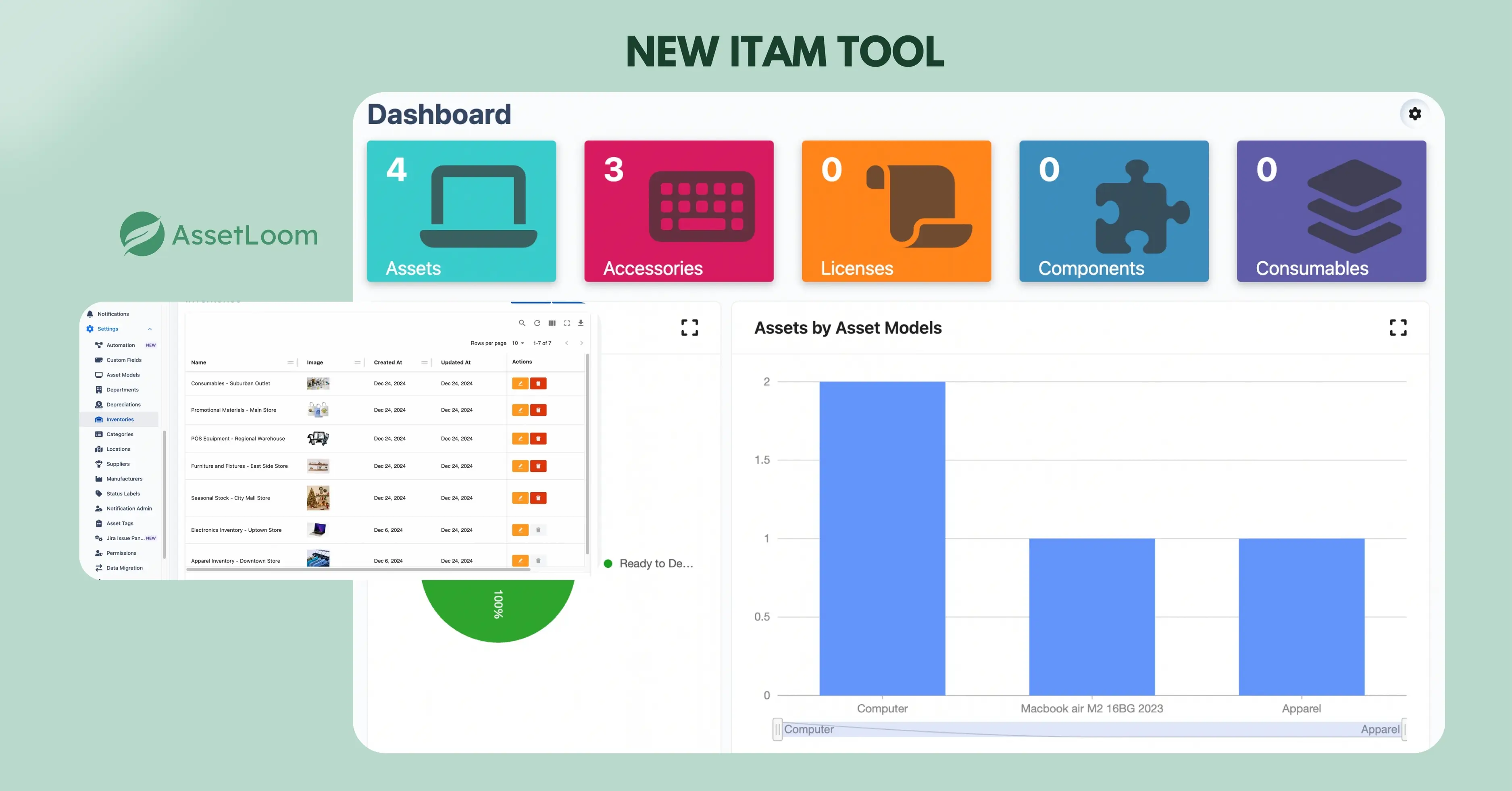
You’re scaling fast
As your business grows, so does the complexity of managing IT assets. If your tool is unable to scale with your company, or if it starts lagging as your asset count increases, it’s time for a change. AssetLoom is designed to scale alongside your business, so you don’t have to worry about outgrowing your tool.
There’s no real-time visibility
In today’s fast-paced work environment, waiting for asset data to refresh isn’t enough. You need real-time visibility to make informed decisions quickly. AssetLoom provides continuous monitoring and updates, so you always know exactly where your assets are.
Support and updates are lagging
If your current ITAM tool isn’t keeping up with technological changes or doesn’t offer strong support, it can create more headaches than solutions. With AssetLoom, you get a modern platform that stays up-to-date with the latest industry trends and provides excellent support to help you make the most of your ITAM investment.
If you’re finding that your current tool just isn’t cutting it, consider making the switch to AssetLoom designed to give you comprehensive visibility, better integrations, and the scalability needed for modern IT asset management.
Conclusion: Visibility is Key to Effective ITAM
When it comes to managing your IT assets, visibility is everything. If your ITAM tool isn’t capturing all your devices, whether from remote work, cloud environments, or shadow IT, you’re leaving your business vulnerable to security risks, compliance issues, and unnecessary costs.
The good news is that you don’t have to settle for a system that leaves gaps. By improving discovery methods, tightening integrations, and regularly auditing your assets, you can significantly enhance the accuracy of your ITAM tool. And if your current solution still falls short, it may be time to consider a more modern approach.
AssetLoom offers a comprehensive ITAM solution that ensures full visibility across all devices whether they’re on-site, remote, or in the cloud. With powerful automation, real-time updates, and seamless integrations, AssetLoom gives you the insights you need to manage your assets effectively, scale as your business grows, and stay secure and compliant.

Related Blogs
Hardware Management
How Construction Equipment Management Software Cuts Costs?

ITAM in General
Fixing Inventory Sync Issues Between ITAM and ITSM Tools

ITAM in General
The Hidden Costs of a Stolen Work Laptop & How to Prevent Them
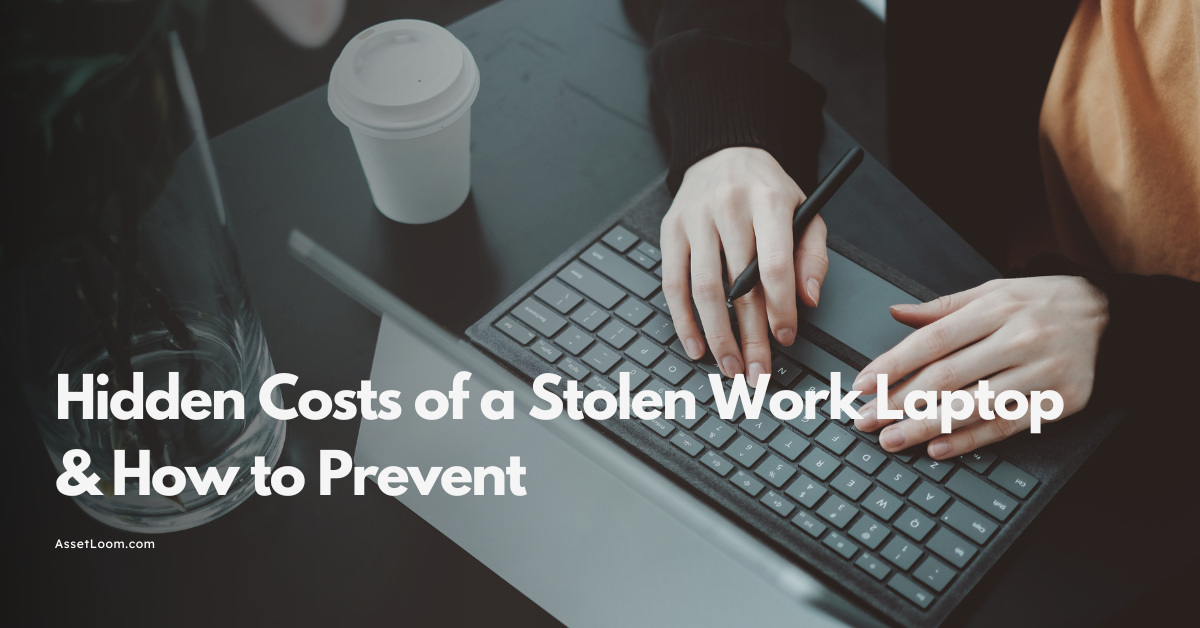
Subscribe for Expert Tips and Updates
Receive the latest news from AssetLoom. right in your inbox
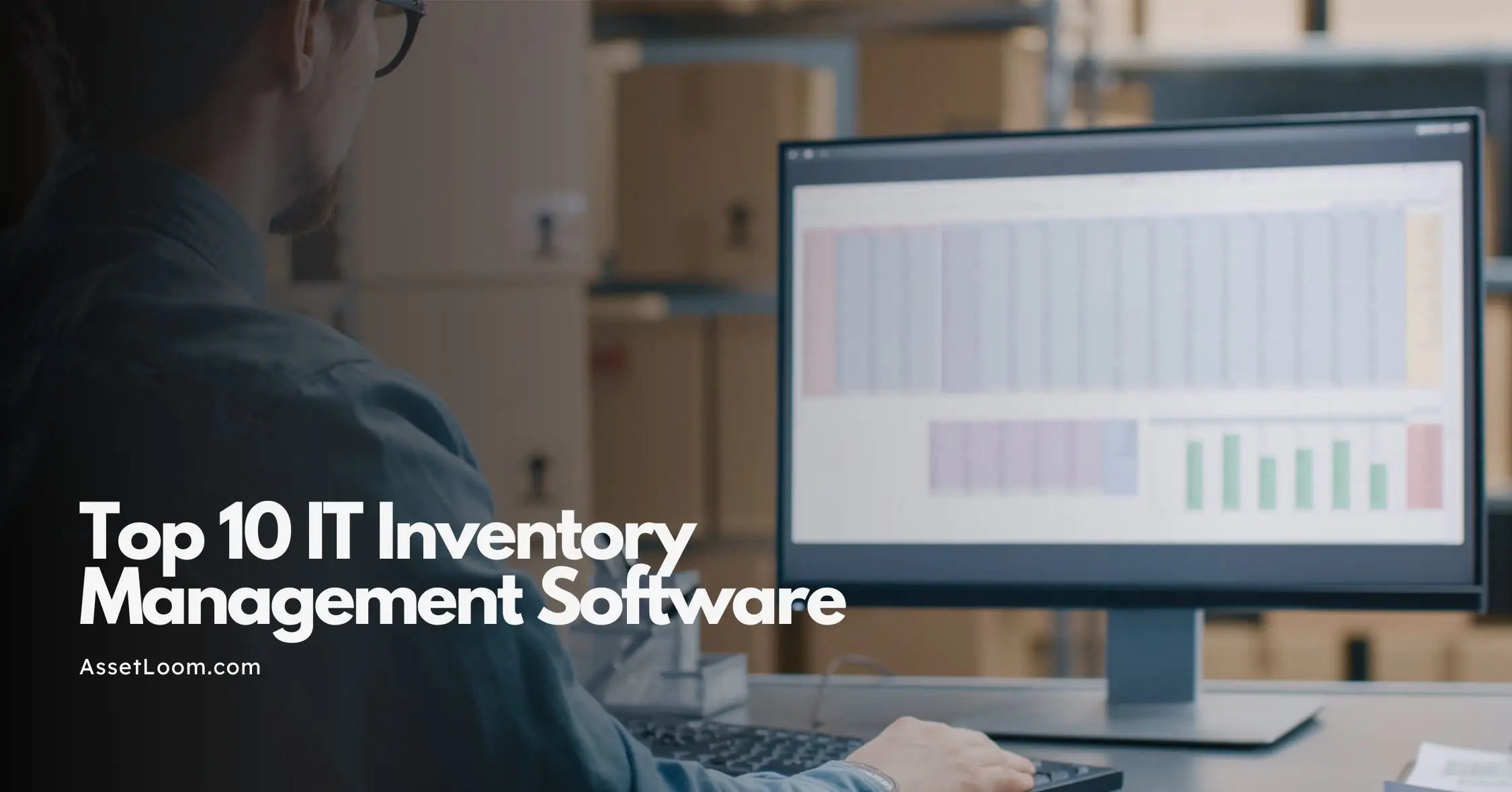

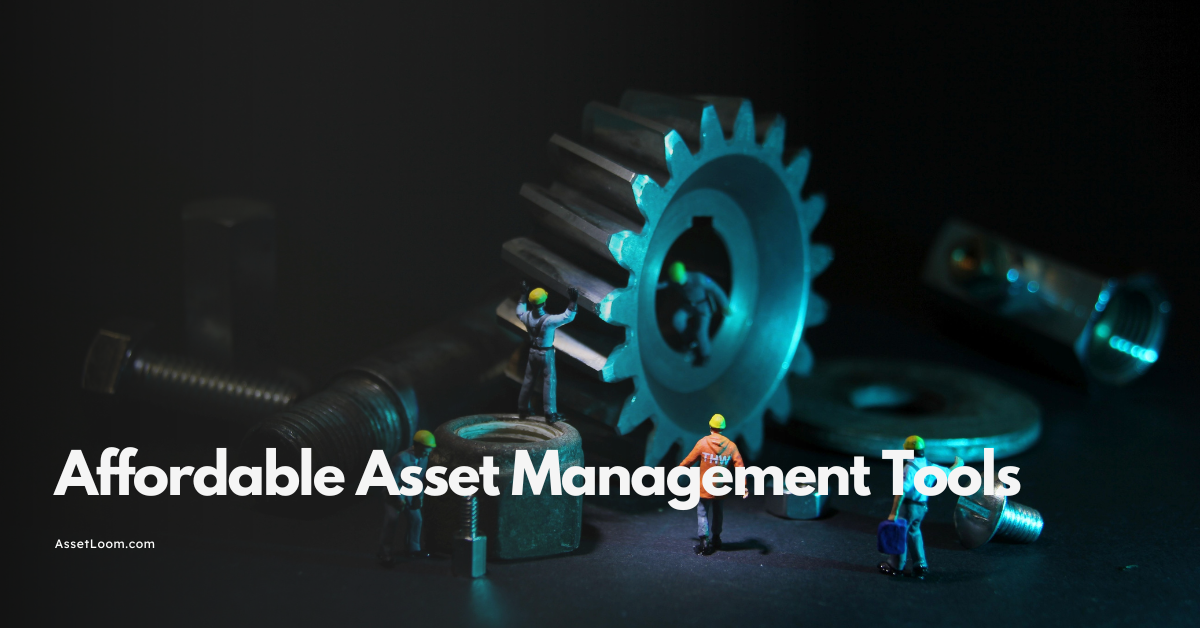

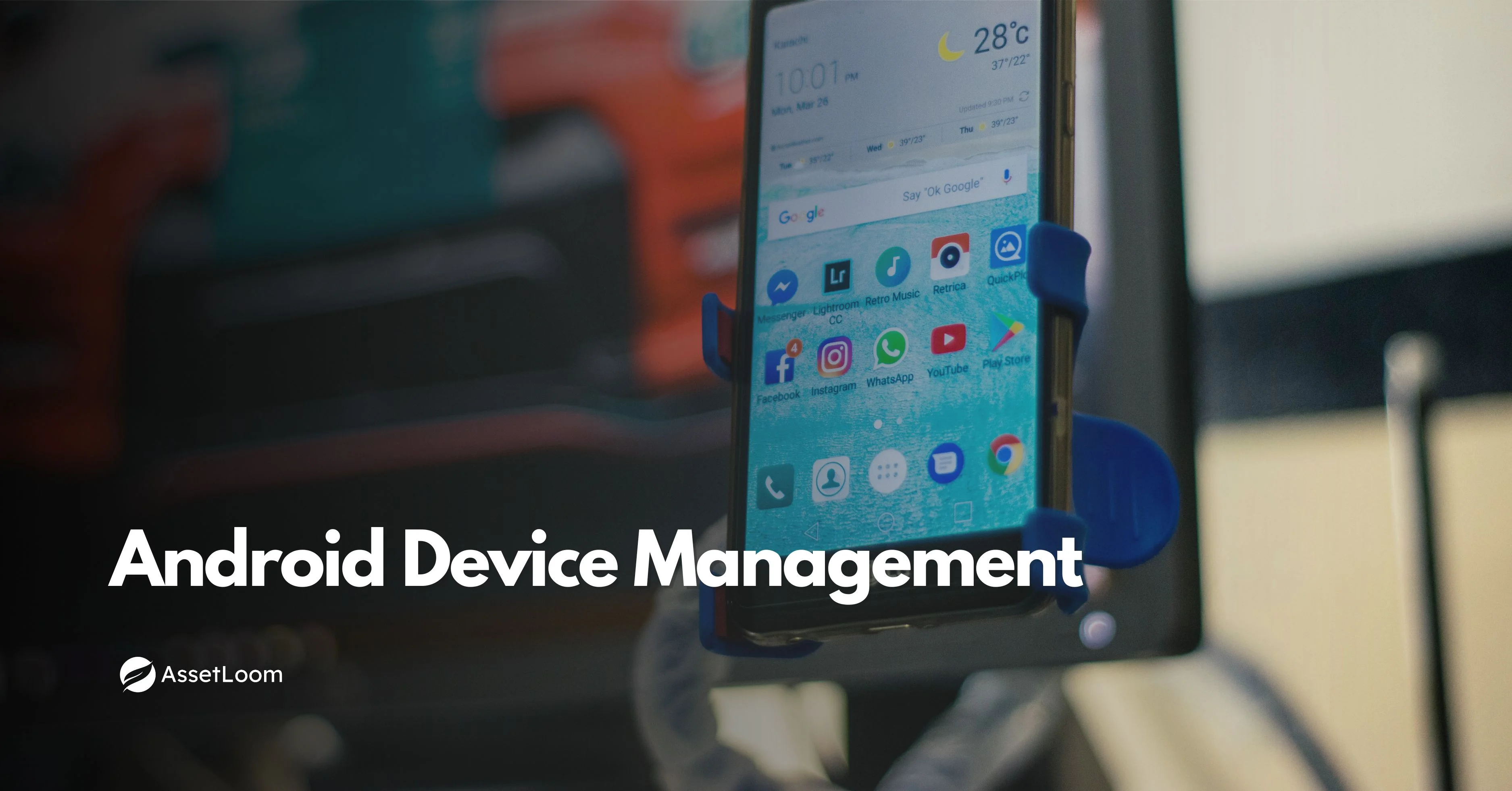
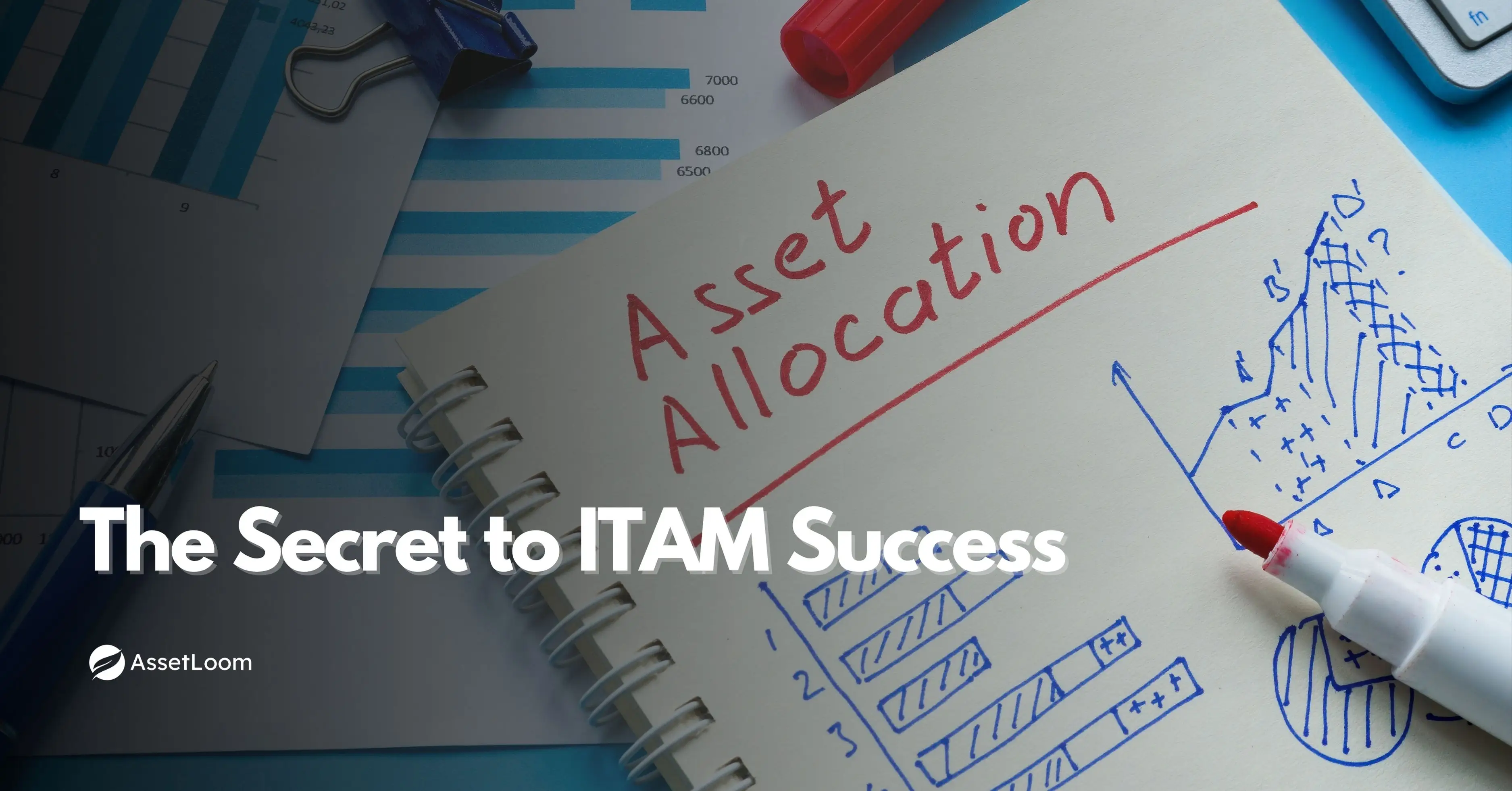



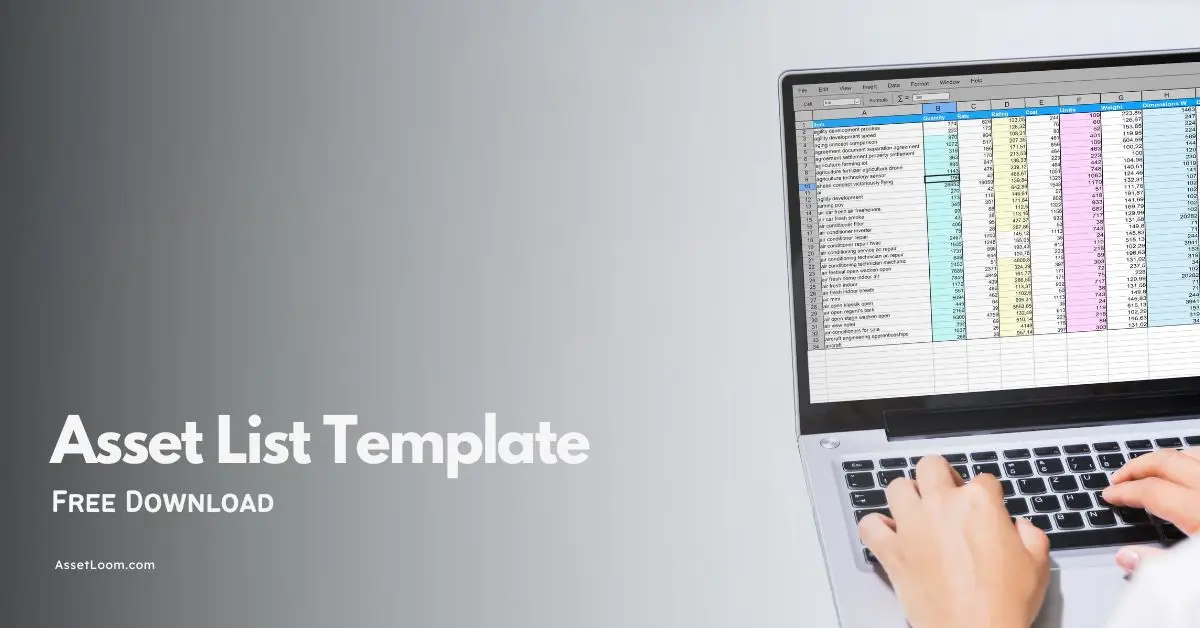
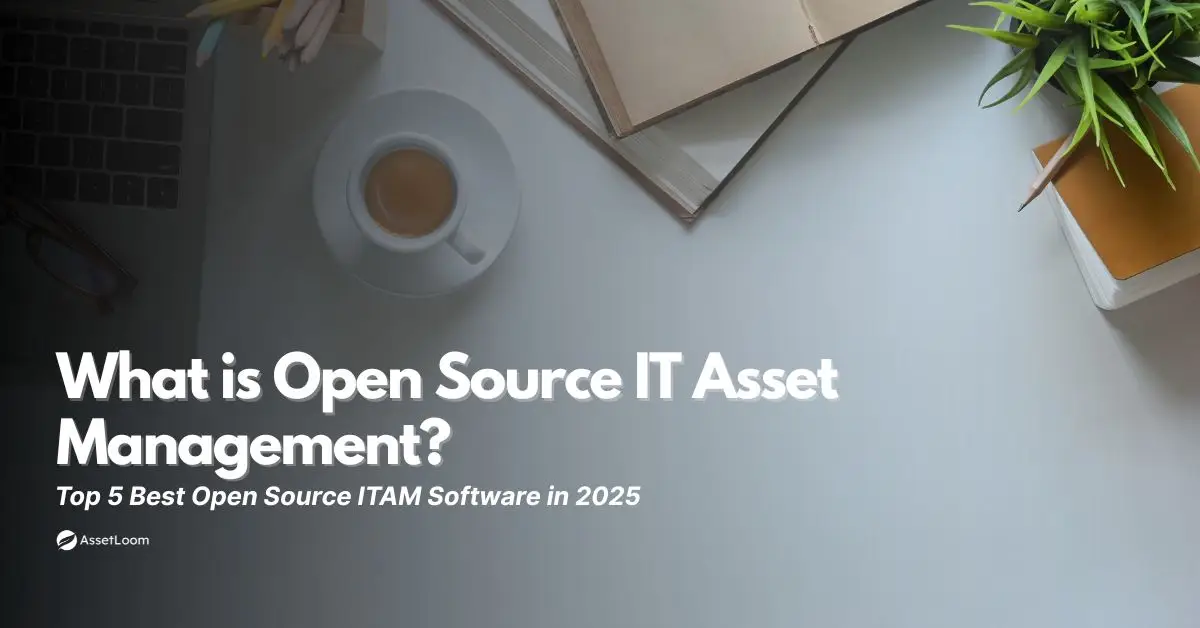
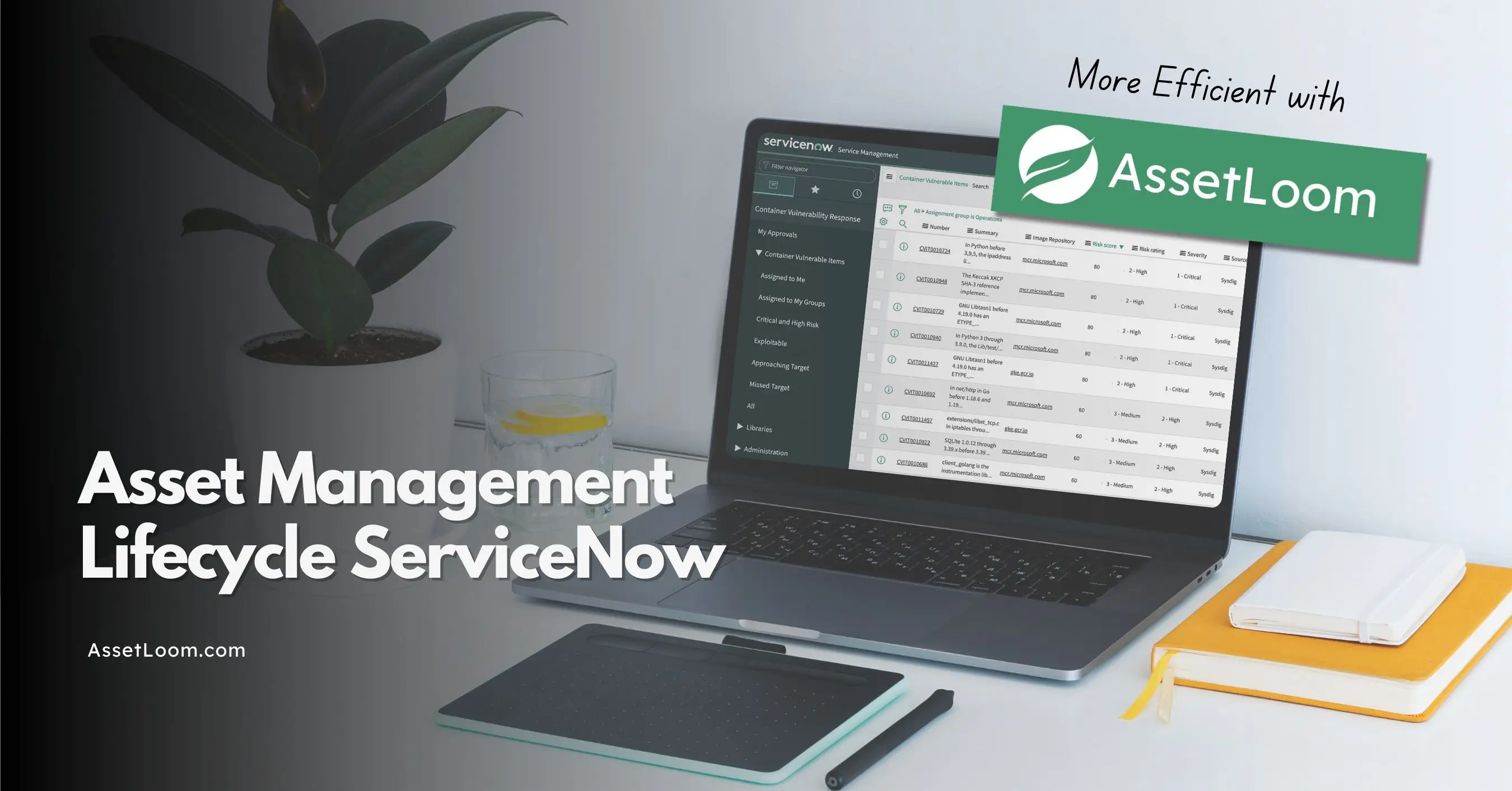
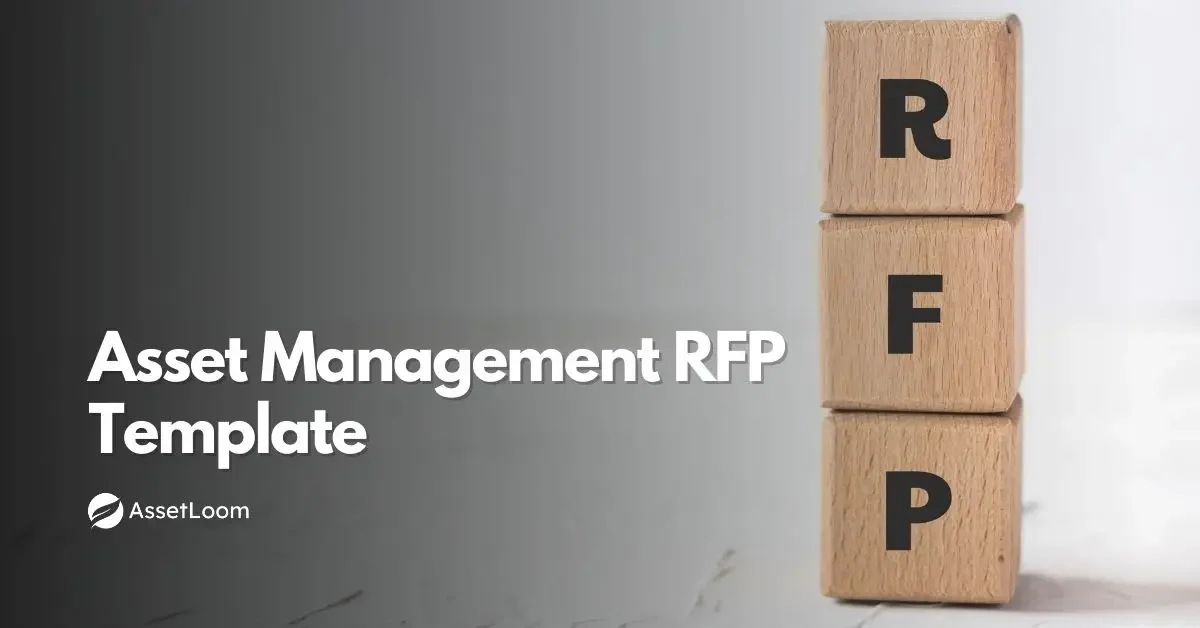
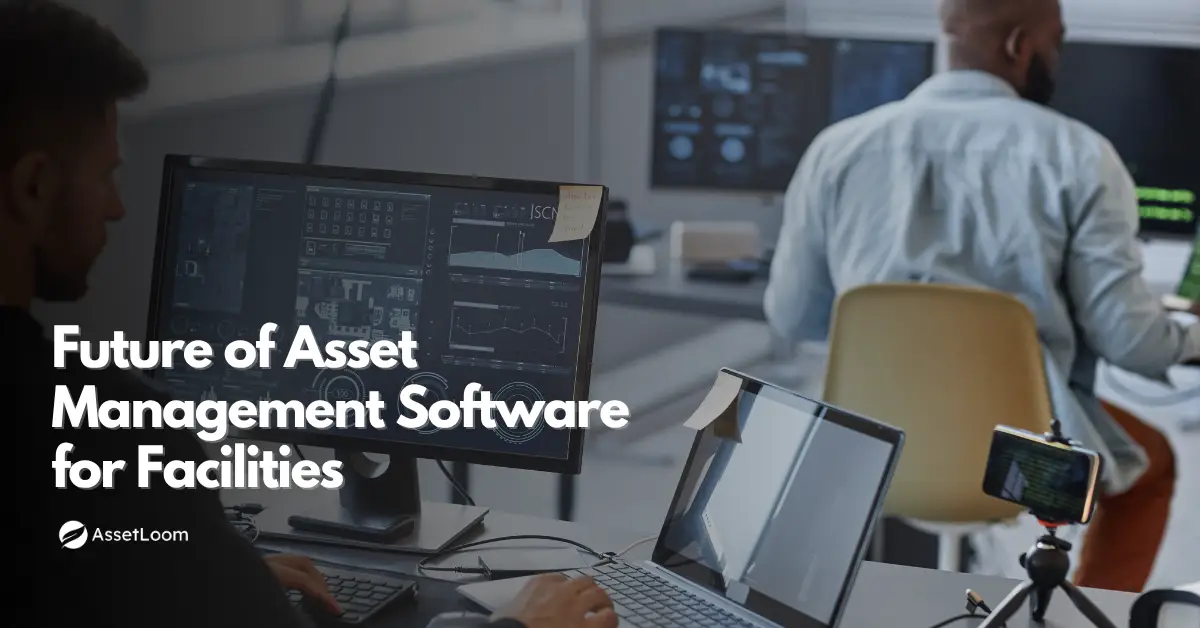

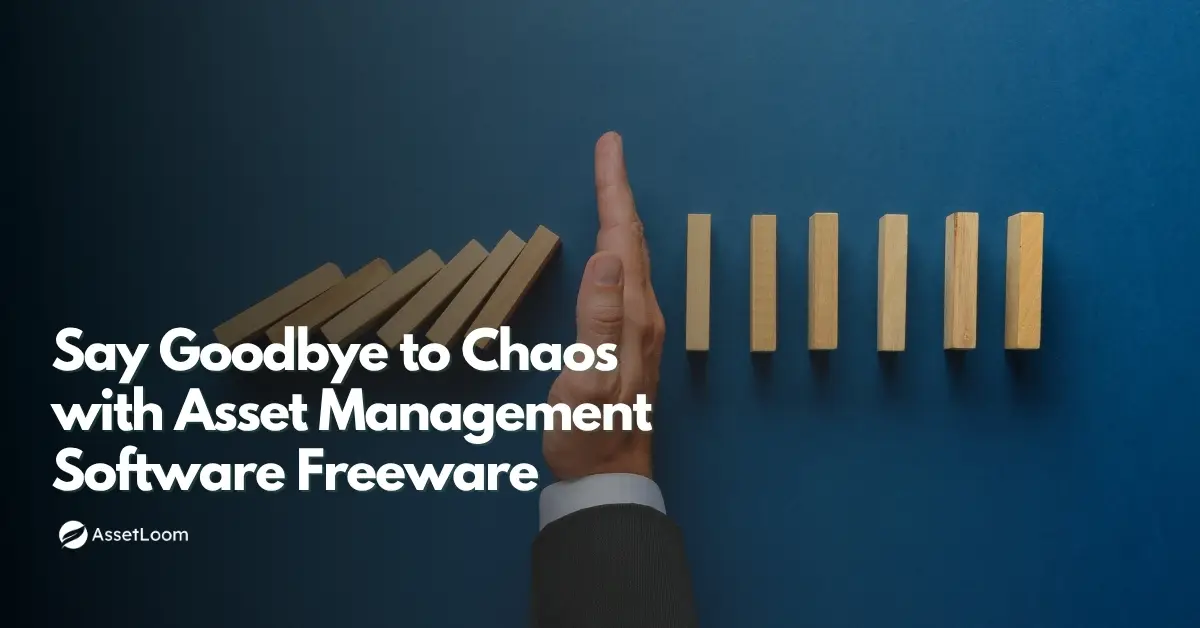
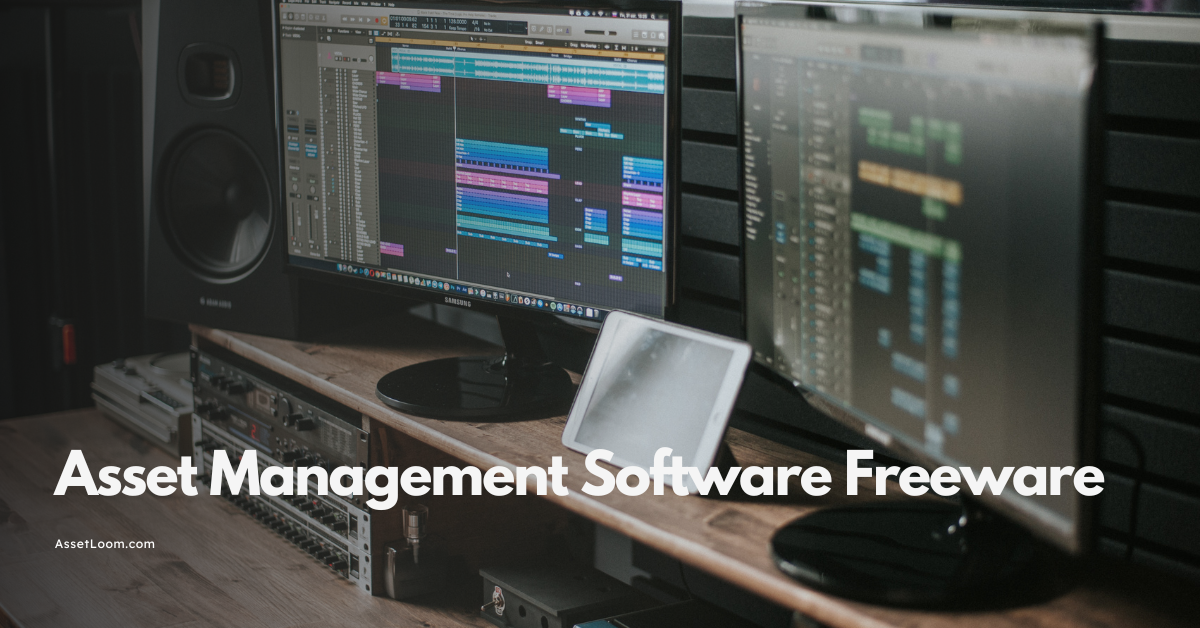
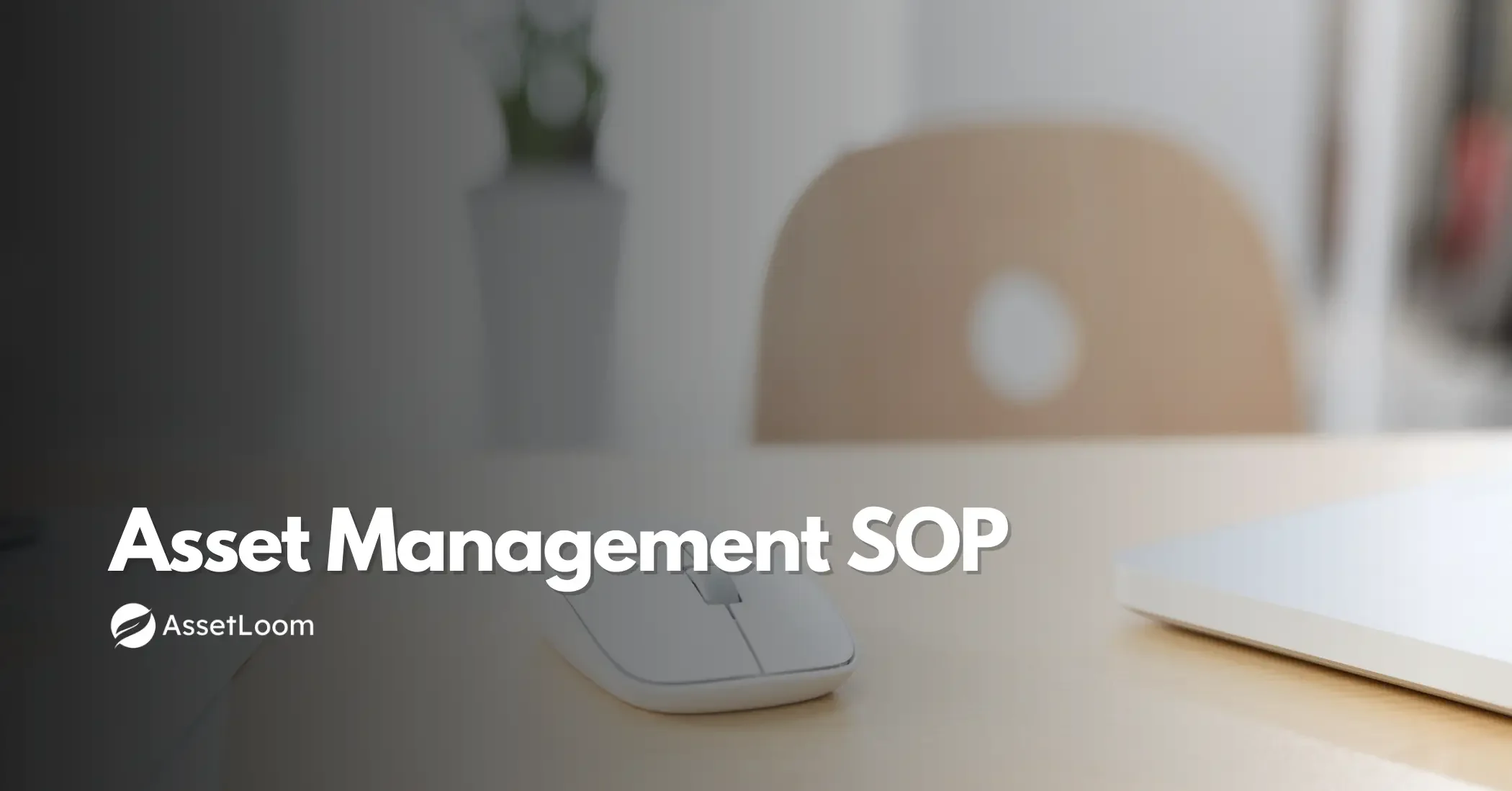


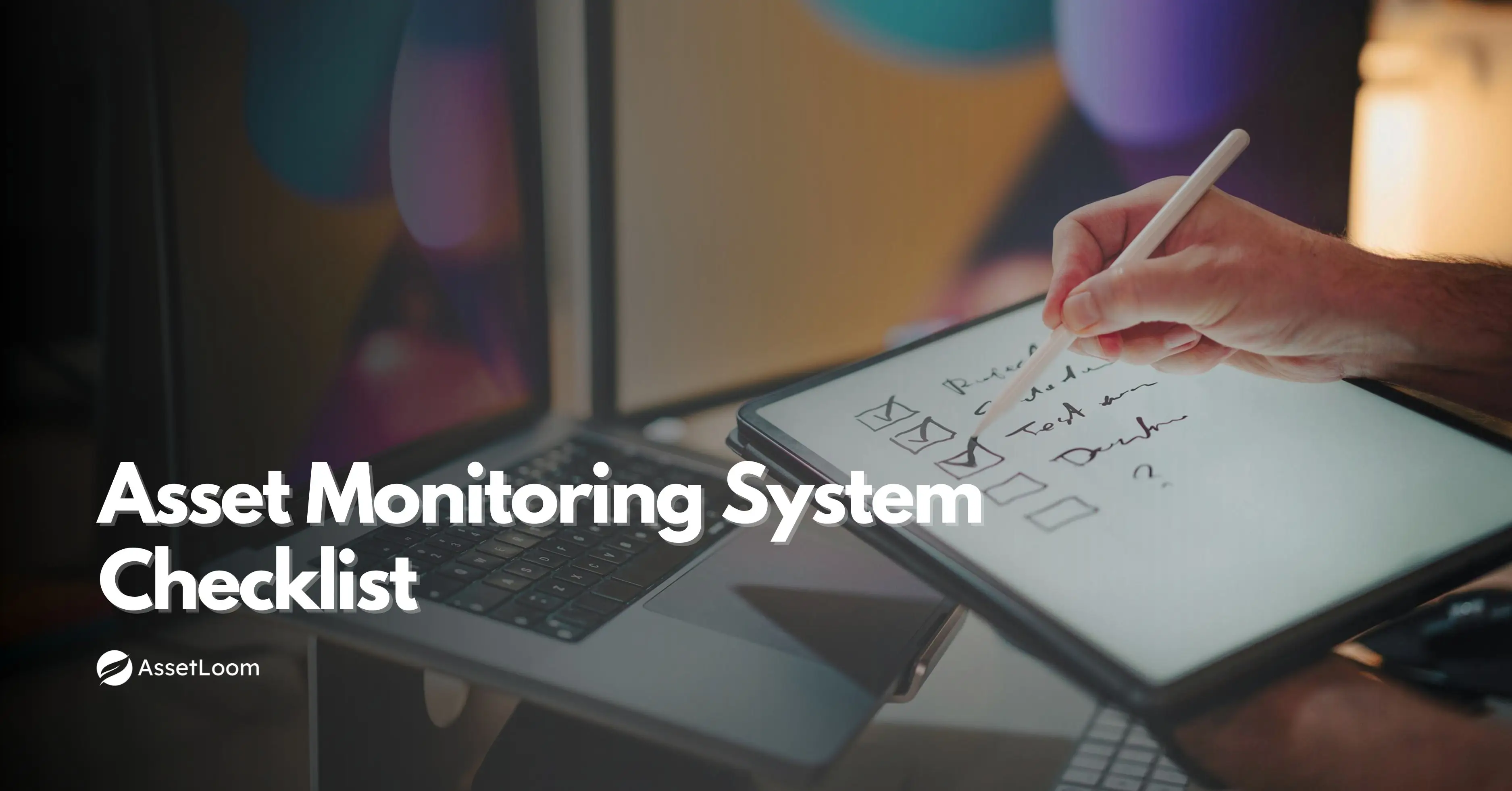



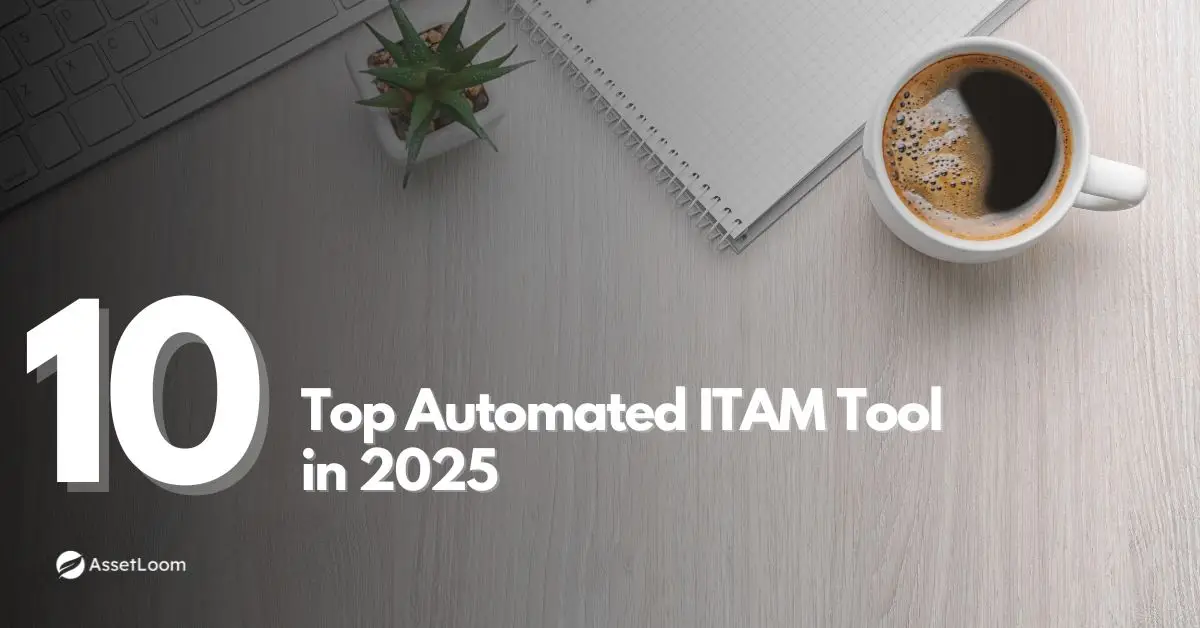


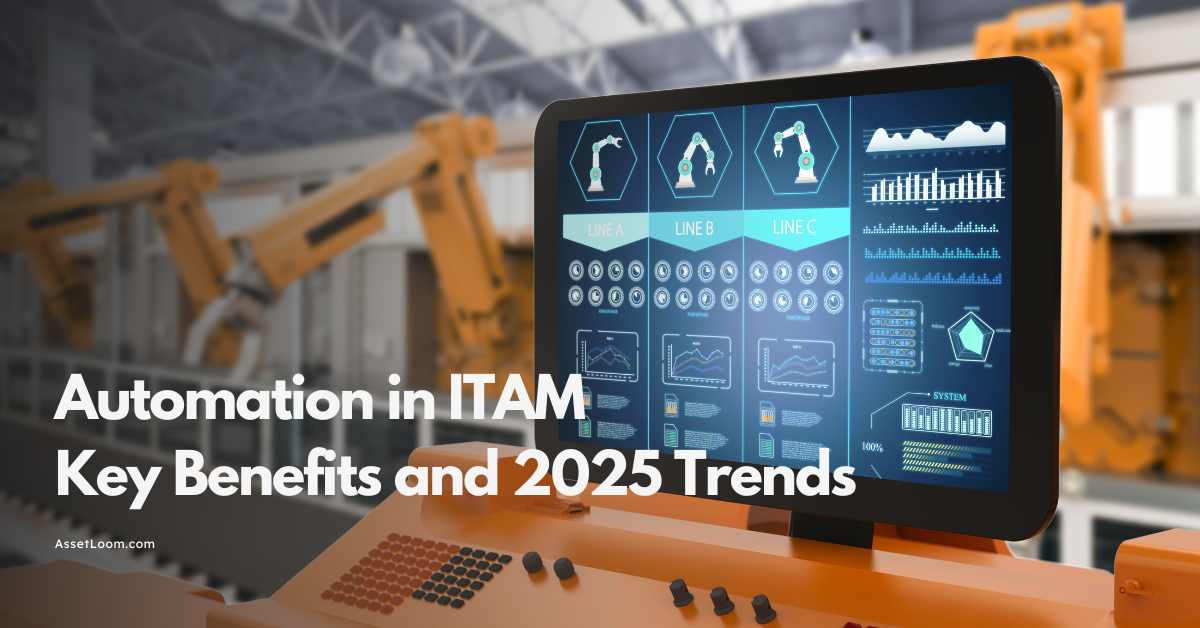

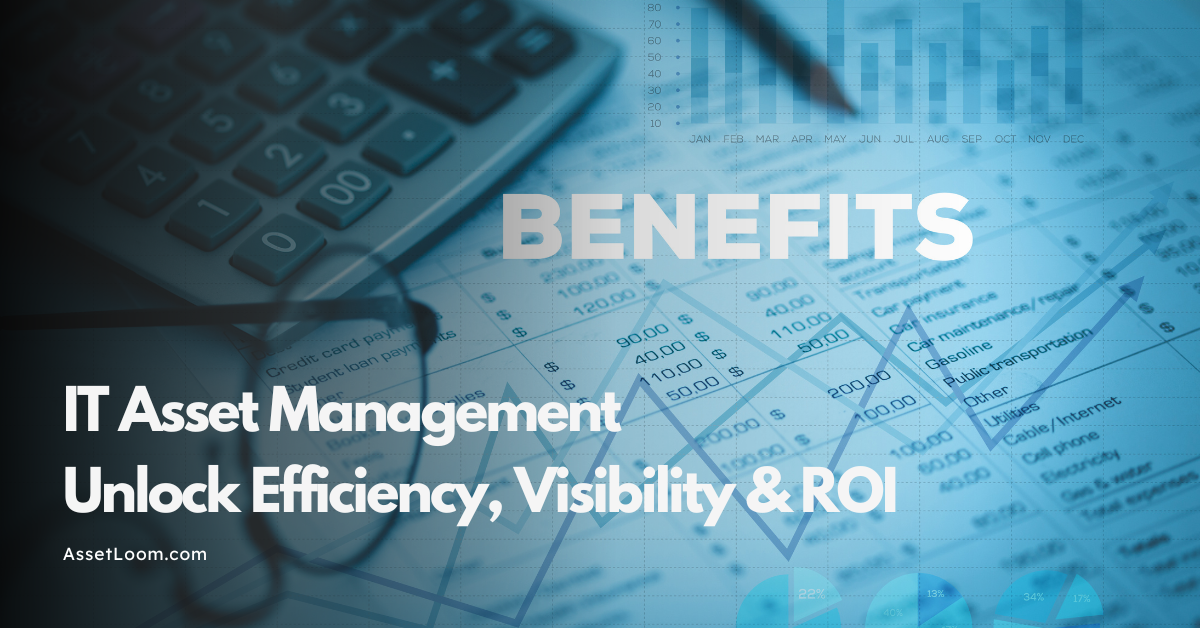


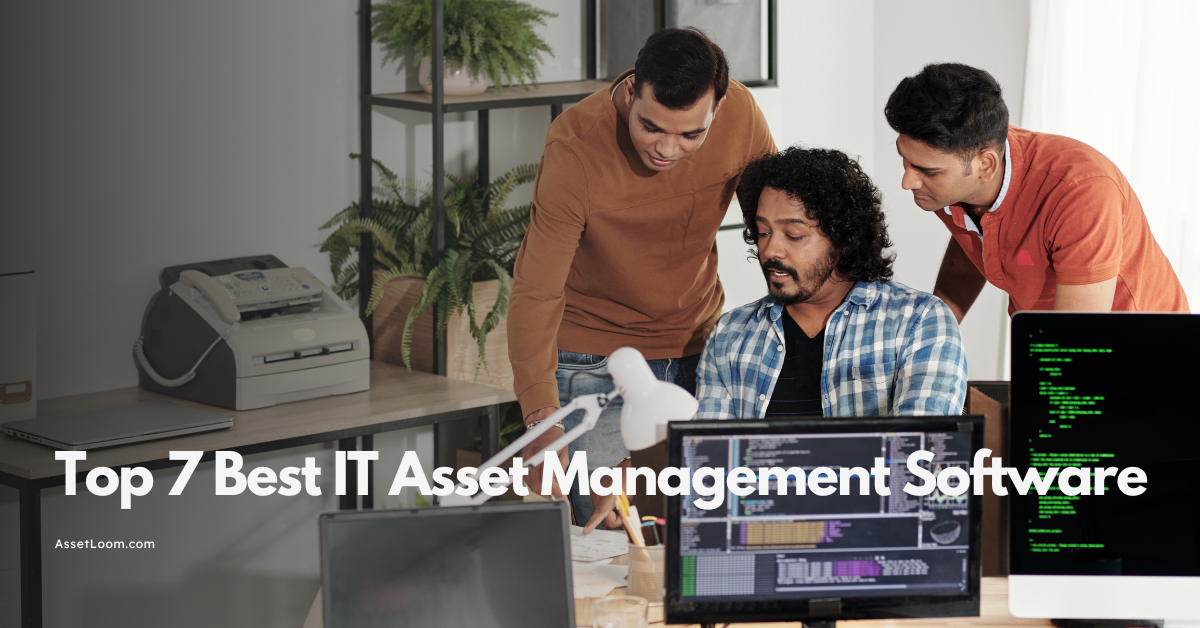

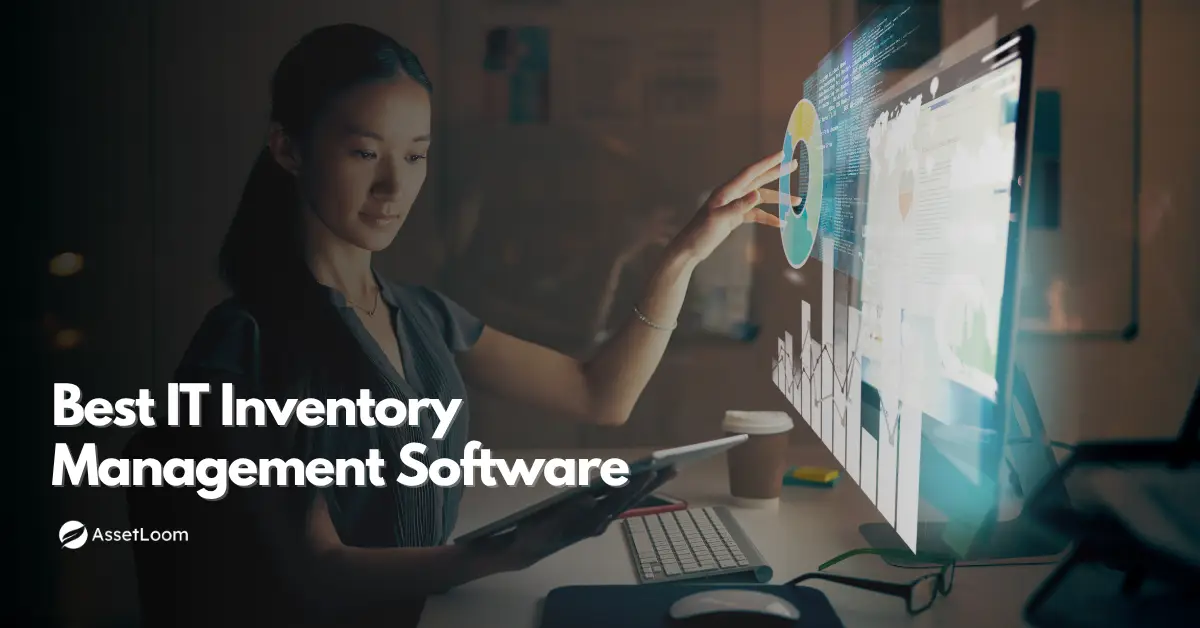
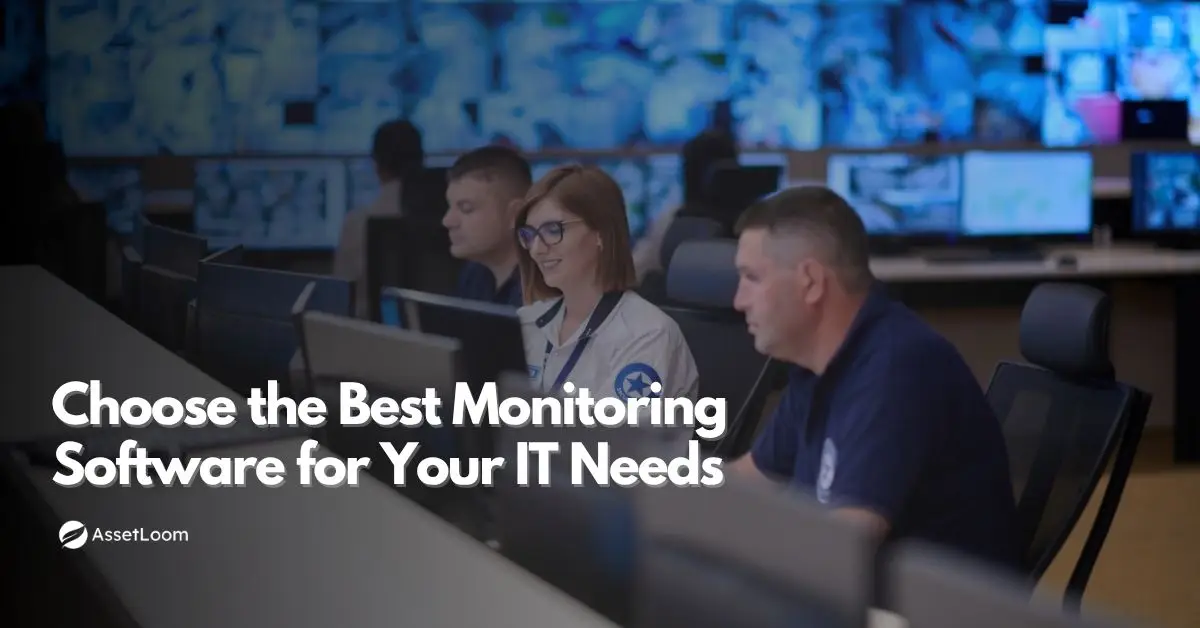


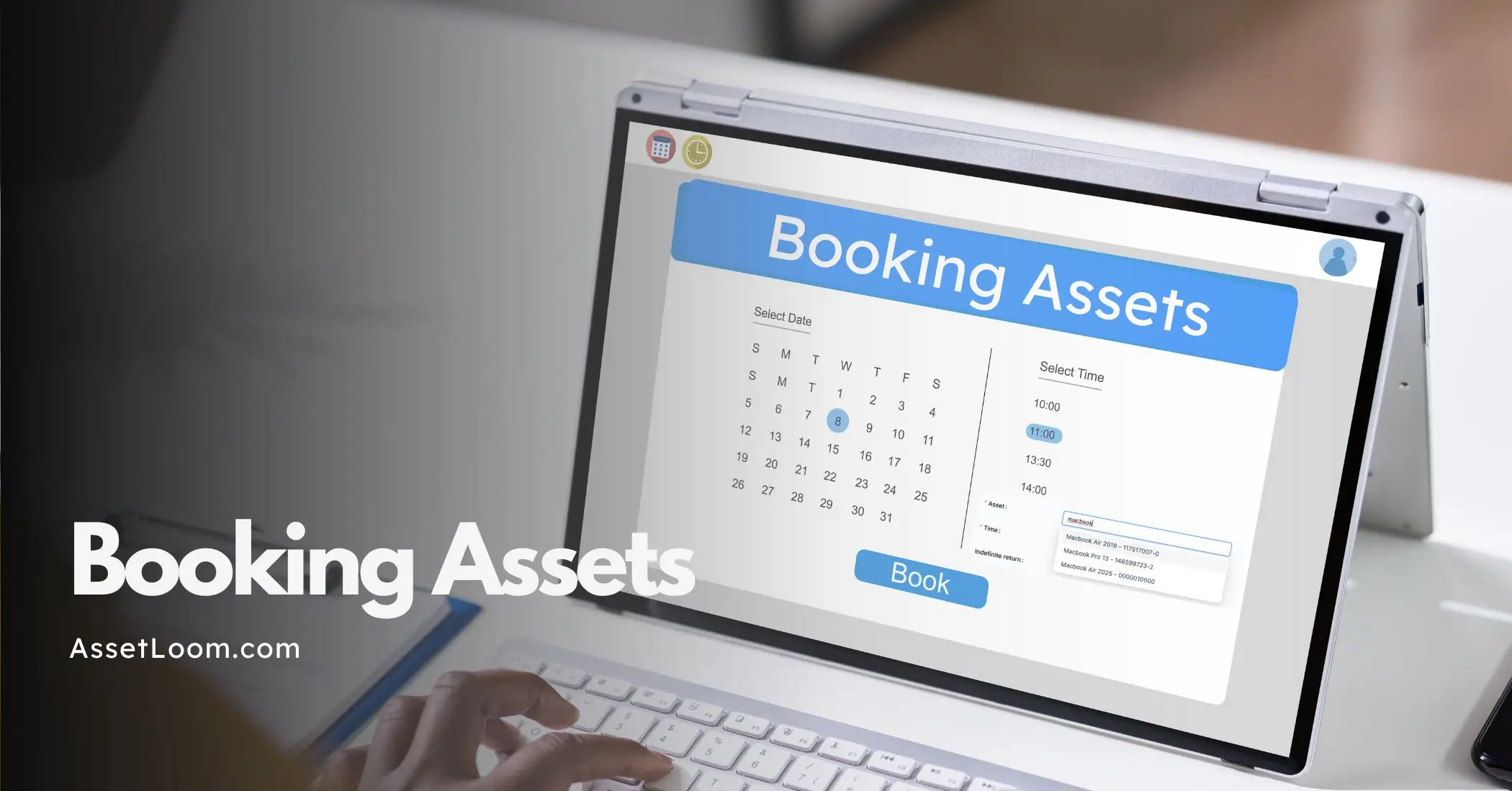
![Bring Your Own Device (BYOD) Policy Best Practices [FREE TEMPLATE]](https://assetloom.com/marketing/blog/bring-your-own-device-policy-best-practices.webp)






